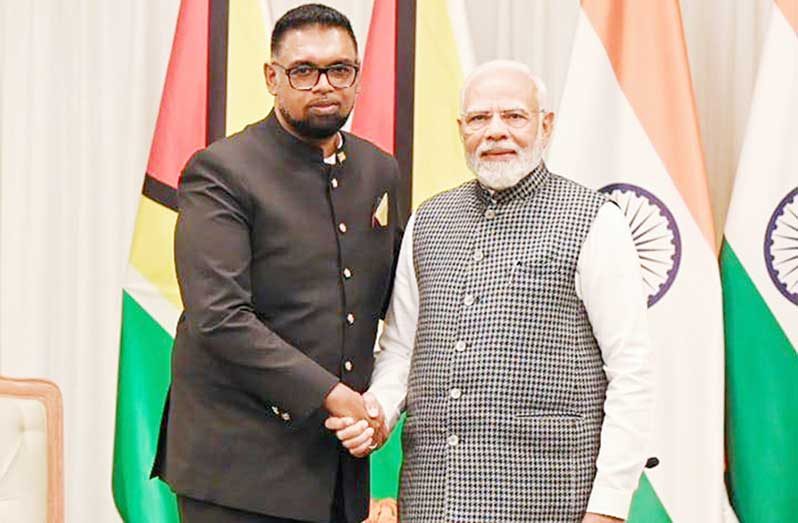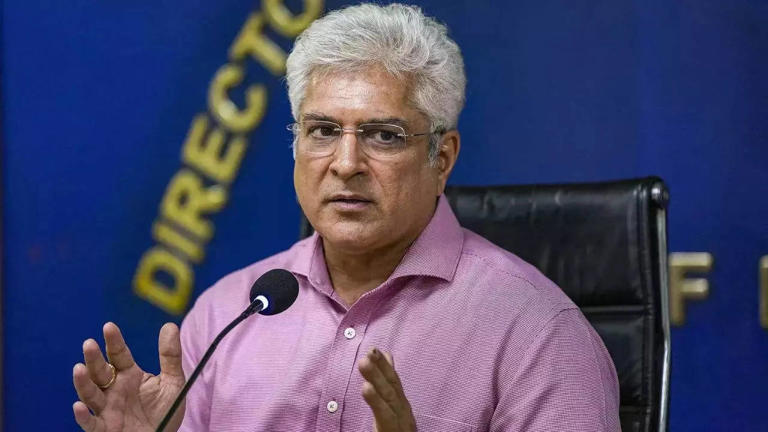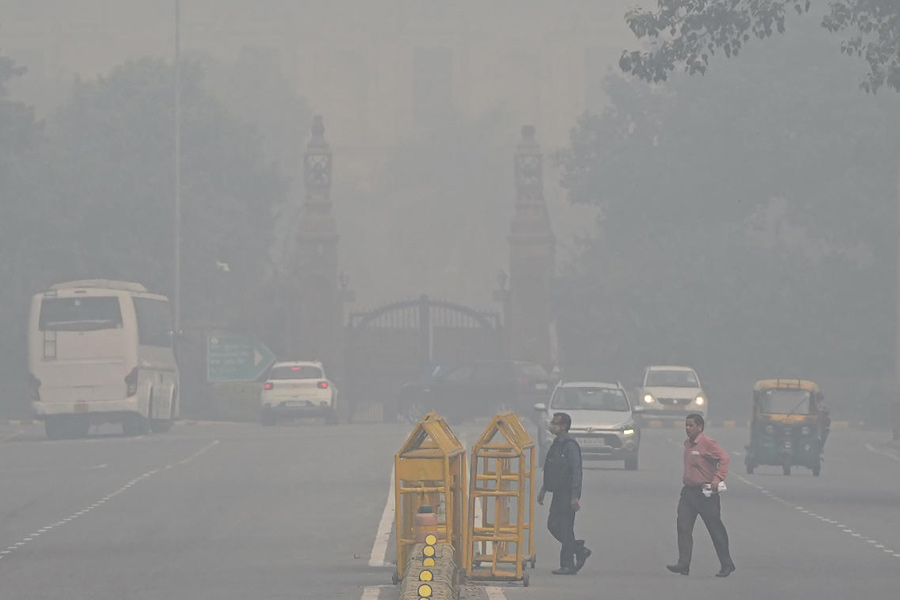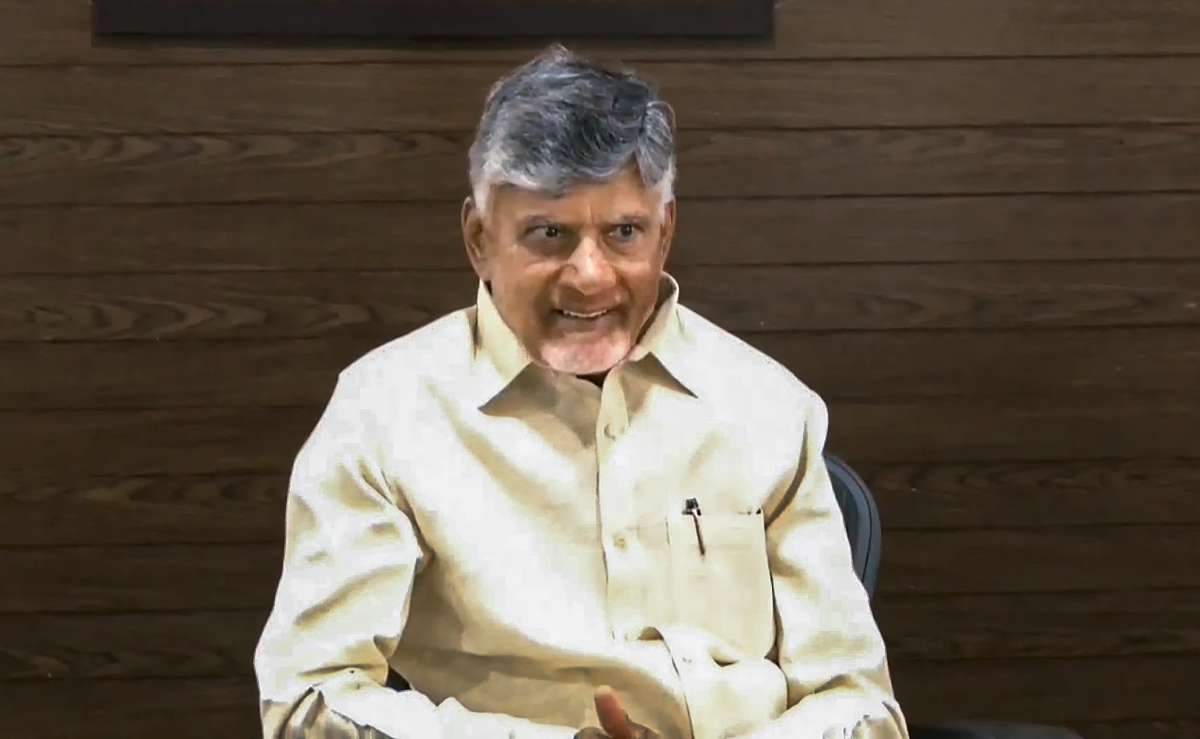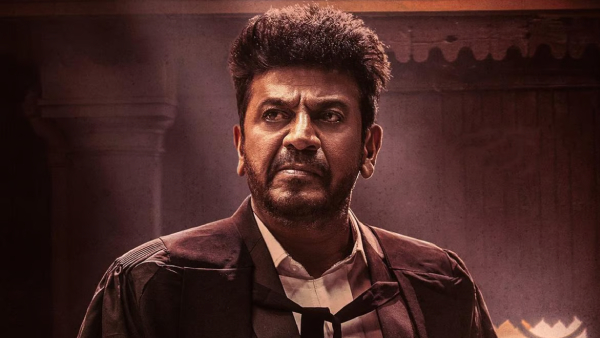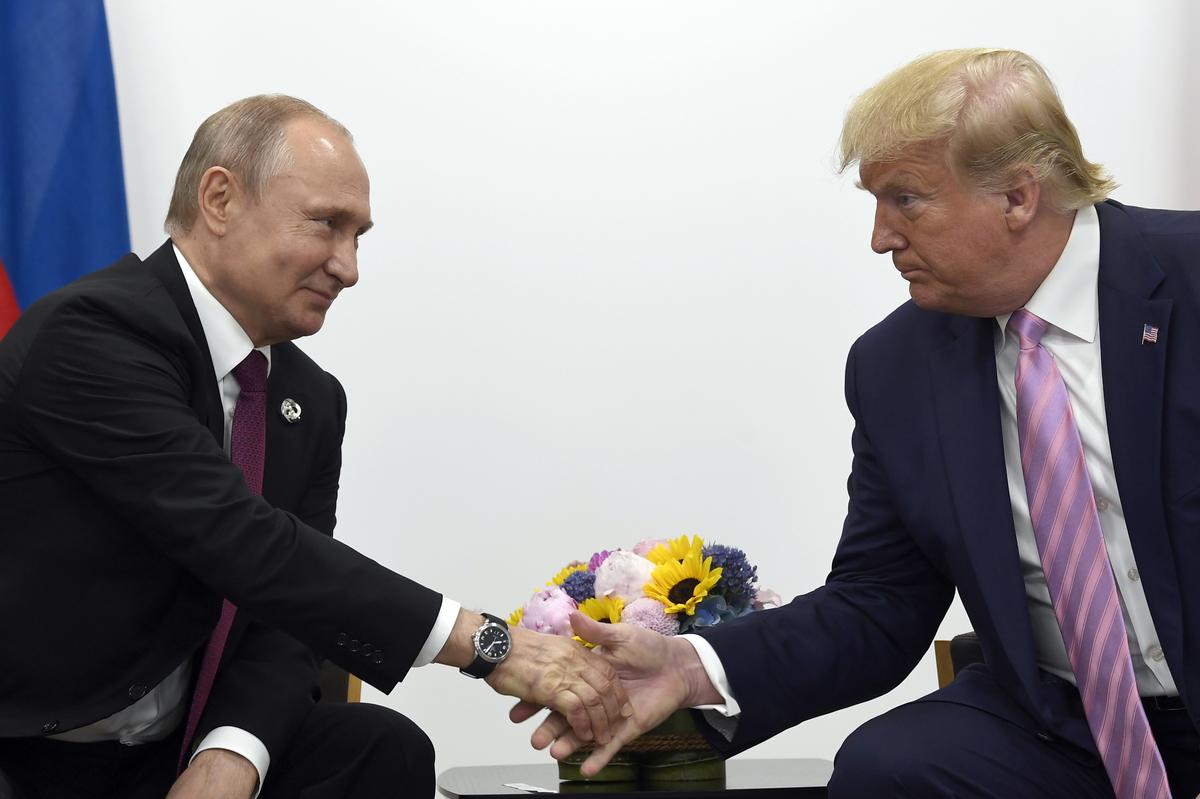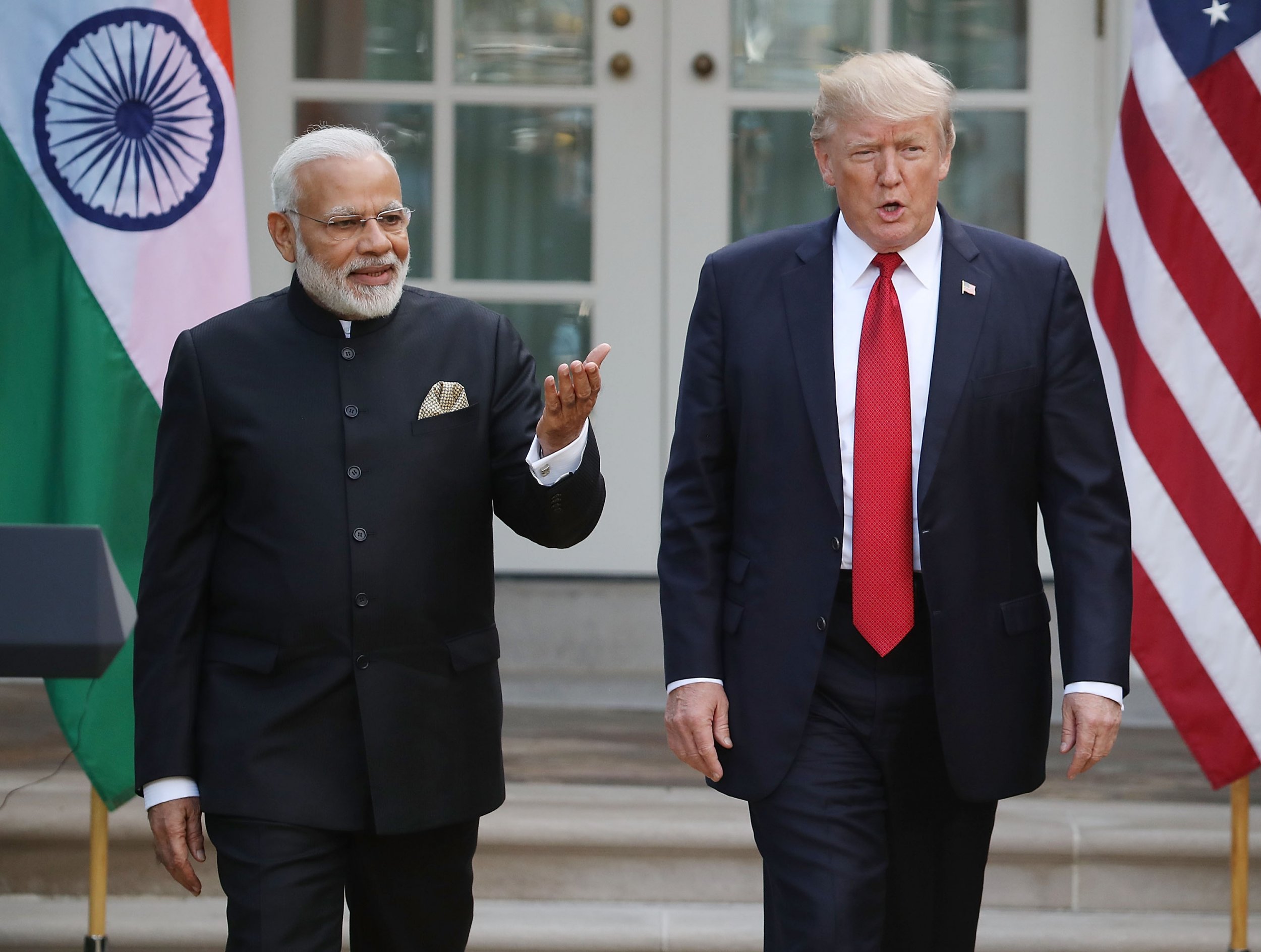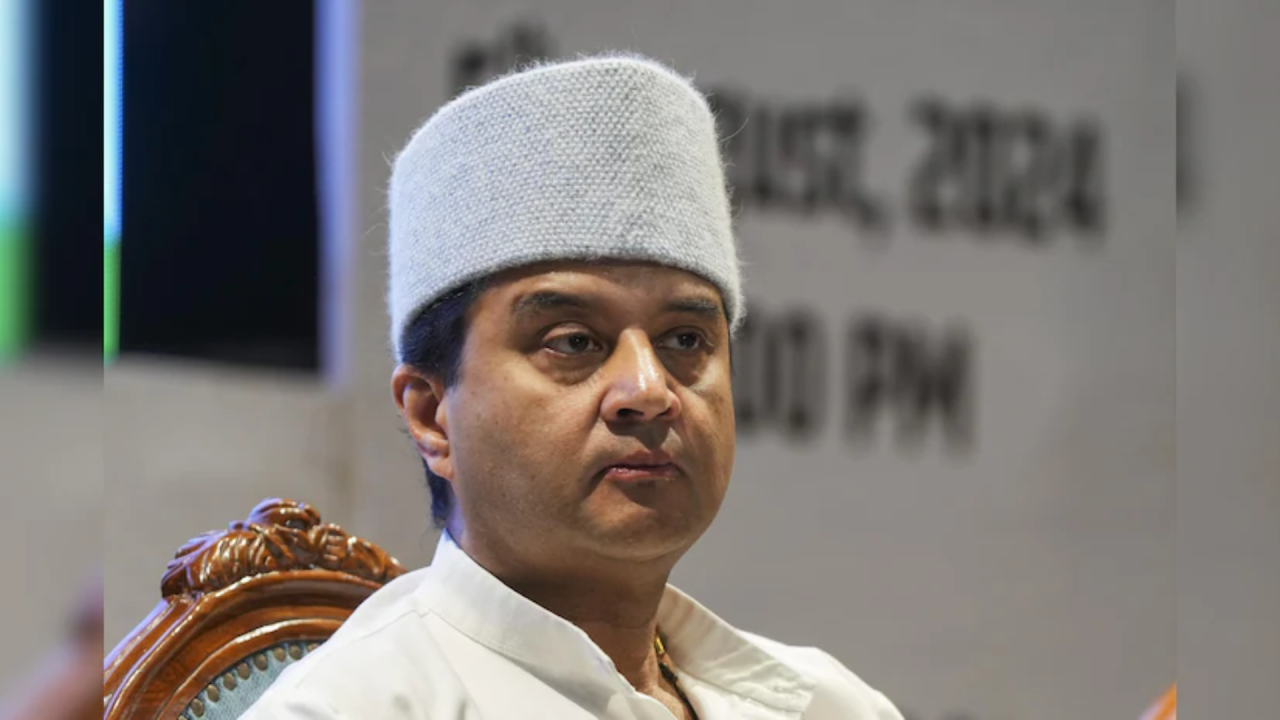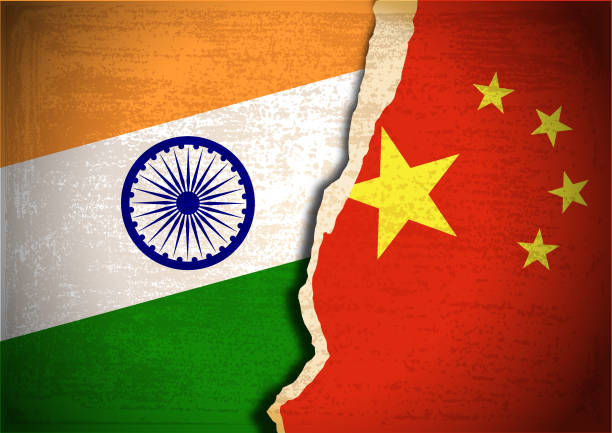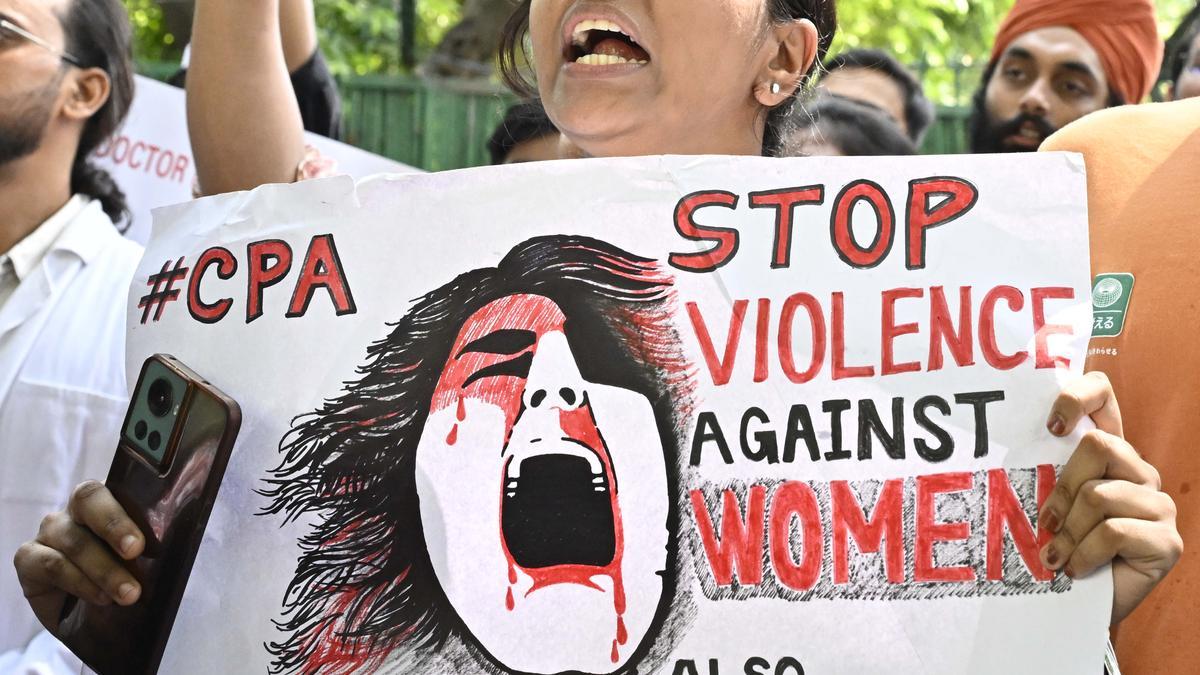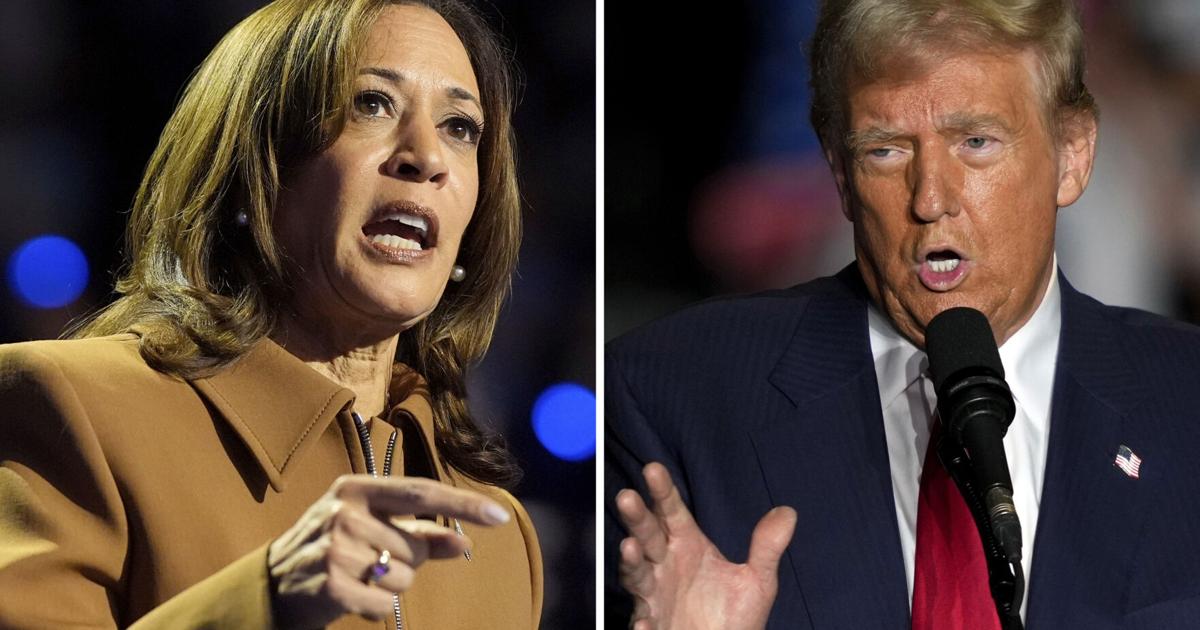Home / trending / Delhi Police Uncovers Major Gang Involved in Illegal Immigration of Bangladeshi Nationals
Delhi Police Uncovers Major Gang Involved in Illegal Immigration of Bangladeshi Nationals
By: My India Times
4 minutes read 70Updated At: 2024-12-24
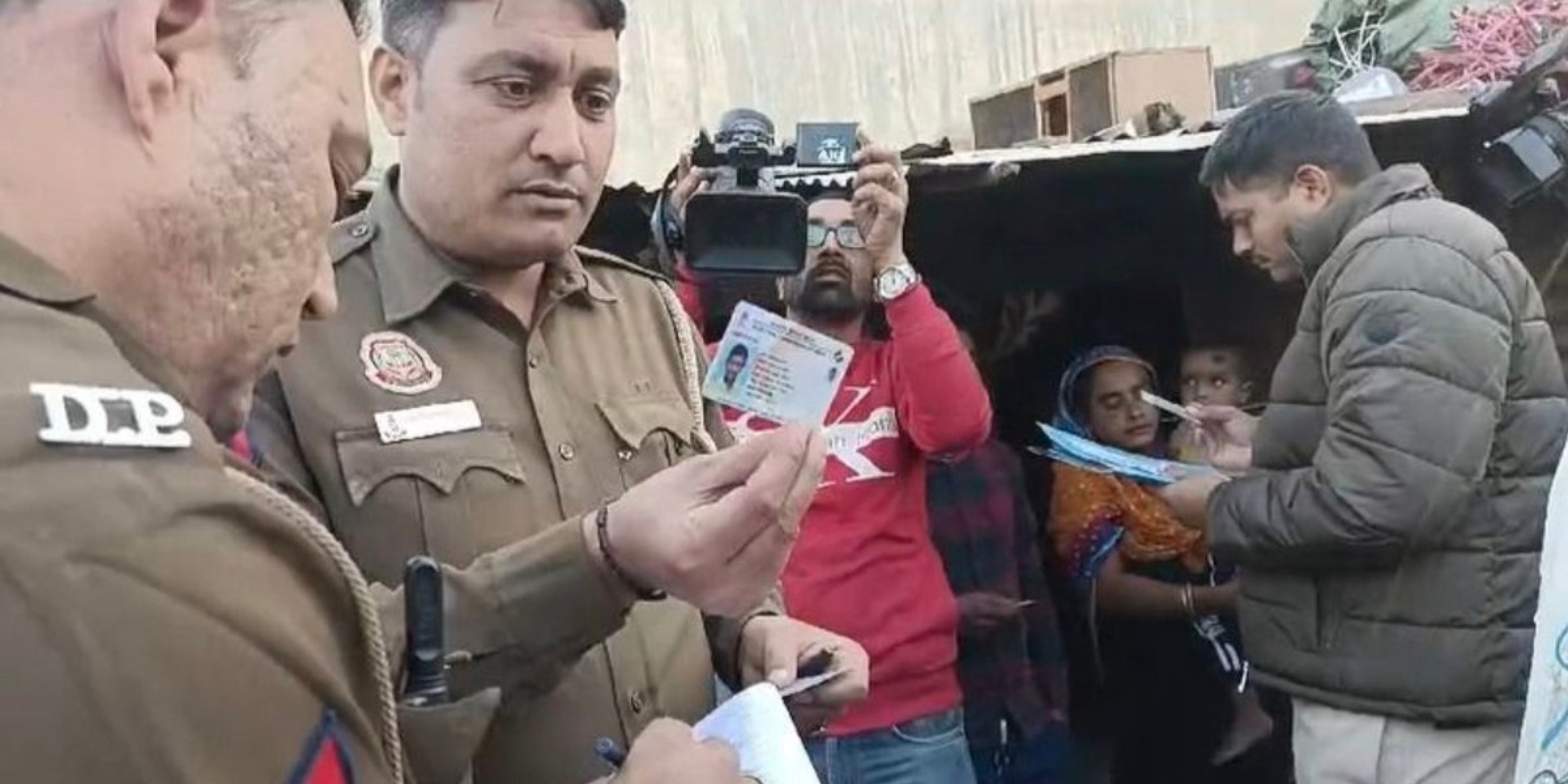
In a significant operation, Delhi Police has arrested members of a gang suspected of being involved in the illegal immigration of Bangladeshi nationals into India. The police action comes after months of surveillance and intelligence gathering, shining a light on a serious human trafficking operation with roots deep in both countries.
How the Gang Operated
The operation, which resulted in the arrest of five gang members, has exposed a well-organized network that trafficked Bangladeshi nationals into India using fake documents and illegal border crossings. These traffickers exploited the vulnerabilities of people seeking better opportunities, promising them jobs and a better life in India. However, the reality was far from what was promised.
According to authorities, the gang operated in stages. The first step involved smuggling migrants across the India-Bangladesh border through remote, less-patrolled regions. Once in India, they were transported to major cities like Delhi, where they were provided with counterfeit documents such as Aadhaar cards and voter IDs. This helped them blend in, find work, and lead a life of relative anonymity.
The Dark Truth Behind the Scheme
What initially seemed like a chance for a better life turned into an ordeal for many of the trafficked individuals. While they were promised work, most found themselves in exploitative conditions, often forced to work for meager wages or in illegal settings. Many ended up working in construction, domestic help, or other informal sectors, unable to escape their cycle of debt due to the high fees they paid to the traffickers.
Victims were often caught in a trap—deeply indebted to the traffickers who had facilitated their journey, with little or no support once they reached their destination. The system of false documents was designed to keep them in the shadows, making it harder for authorities to track or help them.
The Arrest and Seized Evidence
Following their arrests, police seized a range of fake documents, including rubber stamps and printers used to produce government-issued identification. The evidence paints a grim picture of how the gang operated, from creating fake IDs to facilitating illegal border crossings.
The police also found records of financial transactions and communication between gang members, which will help authorities track down further individuals involved in the network. These findings have raised concerns about the widespread nature of the trafficking operation, and officials are now working to uncover any additional gang members still at large.
Delhi Police's Stand
Delhi Police has issued a strong statement condemning the gang’s activities, highlighting that such operations not only violate the country’s laws but also put people’s lives in jeopardy. A senior officer involved in the investigation said, “This is not just a case of illegal immigration; it’s about the exploitation of human beings for profit. We are committed to tracking down everyone responsible and ensuring that those impacted are helped and supported.”
The police have also urged citizens to be more vigilant, particularly in areas where undocumented migrants are likely to reside. They emphasized the importance of reporting suspicious activities, as community participation plays a crucial role in tackling such issues.
The Bigger Picture: Addressing the Root Cause
This case highlights the broader issue of illegal immigration and human trafficking between India and Bangladesh. While the operation is a success for Delhi Police, the problem is much deeper. Poor economic conditions and a lack of job opportunities in Bangladesh push many people to seek a better life across the border, often falling prey to traffickers promising false hopes.
Experts believe that without addressing these root causes—such as poverty, unemployment, and a lack of proper awareness—illegal immigration will continue to be a persistent challenge.
What Needs to Be Done?
Experts stress the need for comprehensive measures to prevent such incidents from happening in the future. Along with stronger border security and better surveillance, there must be a focus on creating economic opportunities in the areas most affected by trafficking.
Additionally, better coordination between India and Bangladesh is crucial in addressing human trafficking. Authorities in both countries need to work together to create awareness campaigns, offer legal pathways for migration, and strengthen law enforcement across borders.
Conclusion: A Wake-Up Call
The operation by Delhi Police sends a clear message to those involved in human trafficking—this crime will not go unnoticed. However, it is also a reminder that the fight against illegal immigration and human exploitation requires more than just law enforcement. It demands a multifaceted approach, including greater public awareness, international cooperation, and most importantly, the creation of legal and safe avenues for migration.
As investigations continue, the focus remains on ensuring that the victims of this operation receive the support they need to rebuild their lives and that those responsible face justice.
....
In a significant operation, Delhi Police has arrested members of a gang suspected of being involved in the illegal immigration of Bangladeshi nationals into India. The police action comes after months of surveillance and intelligence gathering, shining a light on a serious human trafficking operation with roots deep in both countries.
How the Gang Operated
The operation, which resulted in the arrest of five gang members, has exposed a well-organized network that trafficked Bangladeshi nationals into India using fake documents and illegal border crossings. These traffickers exploited the vulnerabilities of people seeking better opportunities, promising them jobs and a better life in India. However, the reality was far from what was promised.
According to authorities, the gang operated in stages. The first step involved smuggling migrants across the India-Bangladesh border through remote, less-patrolled regions. Once in India, they were transported to major cities like Delhi, where they were provided with counterfeit documents such as Aadhaar cards and voter IDs. This helped them blend in, find work, and lead a life of relative anonymity.
The Dark Truth Behind the Scheme
What initially seemed like a chance for a better life turned into an ordeal for many of the trafficked individuals. While they were promised work, most found themselves in exploitative conditions, often forced to work for meager wages or in illegal settings. Many ended up working in construction, domestic help, or other informal sectors, unable to escape their cycle of debt due to the high fees they paid to the traffickers.
Victims were often caught in a trap—deeply indebted to the traffickers who had facilitated their journey, with little or no support once they reached their destination. The system of false documents was designed to keep them in the shadows, making it harder for authorities to track or help them.
The Arrest and Seized Evidence
Following their arrests, police seized a range of fake documents, including rubber stamps and printers used to produce government-issued identification. The evidence paints a grim picture of how the gang operated, from creating fake IDs to facilitating illegal border crossings.
The police also found records of financial transactions and communication between gang members, which will help authorities track down further individuals involved in the network. These findings have raised concerns about the widespread nature of the trafficking operation, and officials are now working to uncover any additional gang members still at large.
Delhi Police's Stand
Delhi Police has issued a strong statement condemning the gang’s activities, highlighting that such operations not only violate the country’s laws but also put people’s lives in jeopardy. A senior officer involved in the investigation said, “This is not just a case of illegal immigration; it’s about the exploitation of human beings for profit. We are committed to tracking down everyone responsible and ensuring that those impacted are helped and supported.”
The police have also urged citizens to be more vigilant, particularly in areas where undocumented migrants are likely to reside. They emphasized the importance of reporting suspicious activities, as community participation plays a crucial role in tackling such issues.
The Bigger Picture: Addressing the Root Cause
This case highlights the broader issue of illegal immigration and human trafficking between India and Bangladesh. While the operation is a success for Delhi Police, the problem is much deeper. Poor economic conditions and a lack of job opportunities in Bangladesh push many people to seek a better life across the border, often falling prey to traffickers promising false hopes.
Experts believe that without addressing these root causes—such as poverty, unemployment, and a lack of proper awareness—illegal immigration will continue to be a persistent challenge.
What Needs to Be Done?
Experts stress the need for comprehensive measures to prevent such incidents from happening in the future. Along with stronger border security and better surveillance, there must be a focus on creating economic opportunities in the areas most affected by trafficking.
Additionally, better coordination between India and Bangladesh is crucial in addressing human trafficking. Authorities in both countries need to work together to create awareness campaigns, offer legal pathways for migration, and strengthen law enforcement across borders.
Conclusion: A Wake-Up Call
The operation by Delhi Police sends a clear message to those involved in human trafficking—this crime will not go unnoticed. However, it is also a reminder that the fight against illegal immigration and human exploitation requires more than just law enforcement. It demands a multifaceted approach, including greater public awareness, international cooperation, and most importantly, the creation of legal and safe avenues for migration.
As investigations continue, the focus remains on ensuring that the victims of this operation receive the support they need to rebuild their lives and that those responsible face justice.
By: My India Times
Updated At: 2024-12-24
Tags: trending News | My India Times News | Trending News | Travel News
Join our WhatsApp Channel

Similiar News
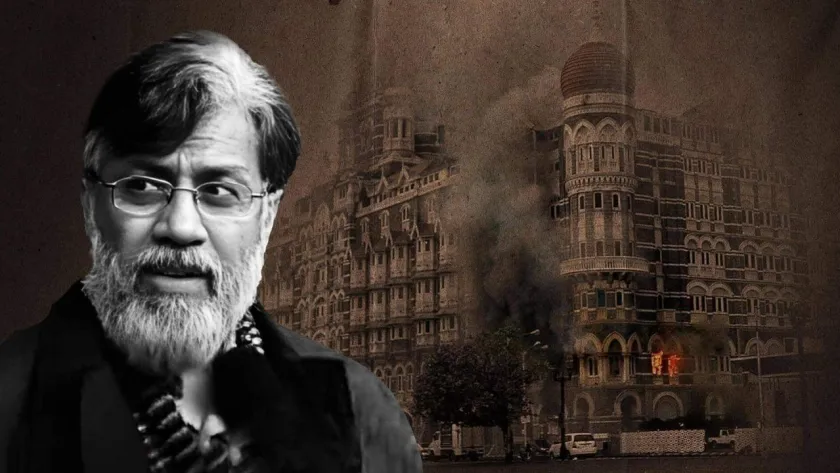
US Supreme Court Rejects 26/11 Accused Tahawwur Rana’s Plea to Block Extradition to India
2025-03-08



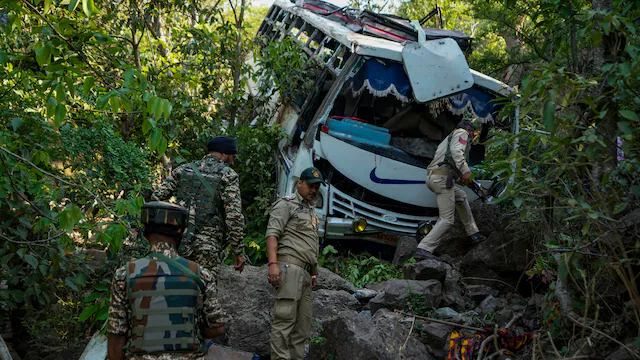



















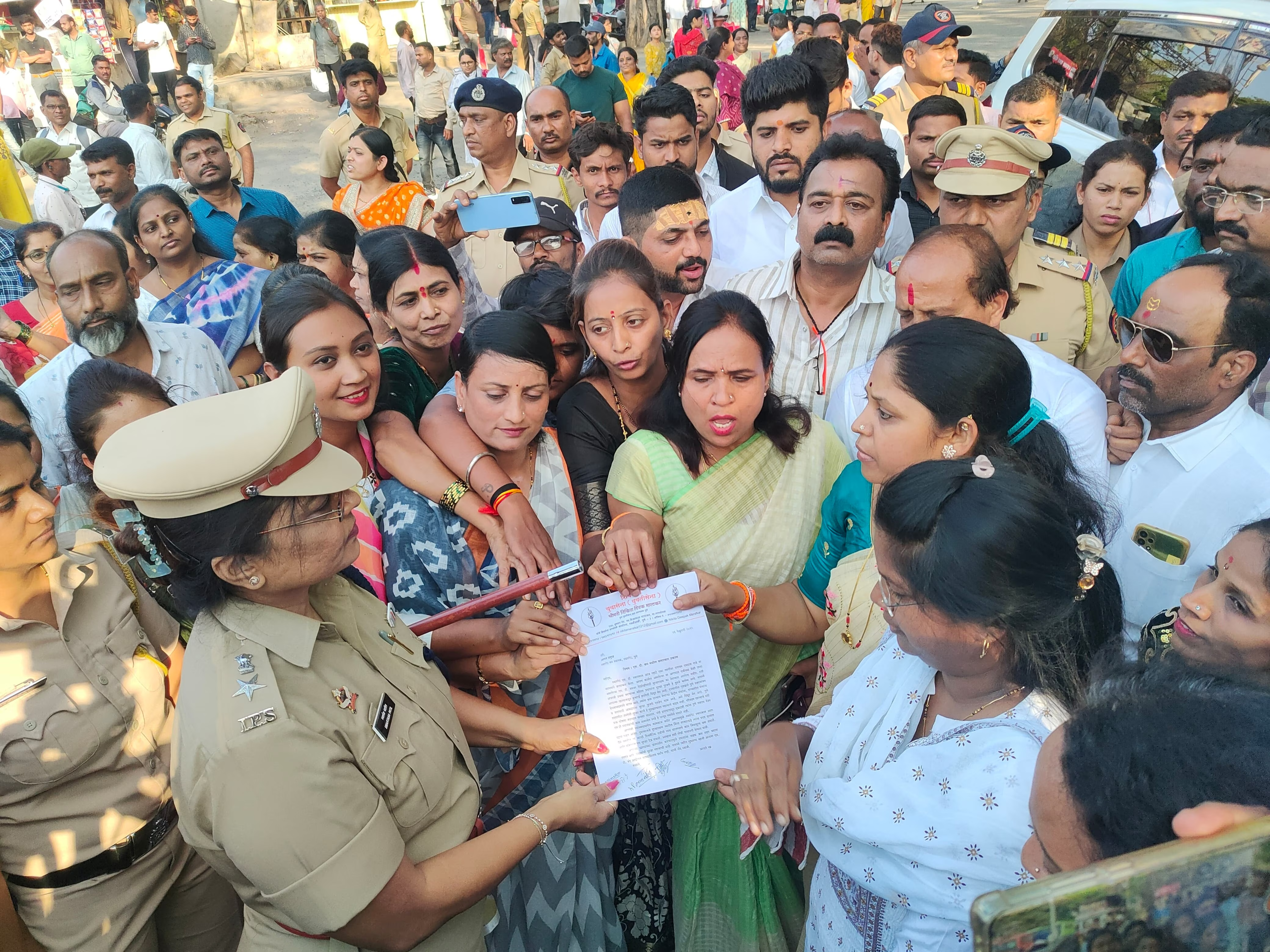


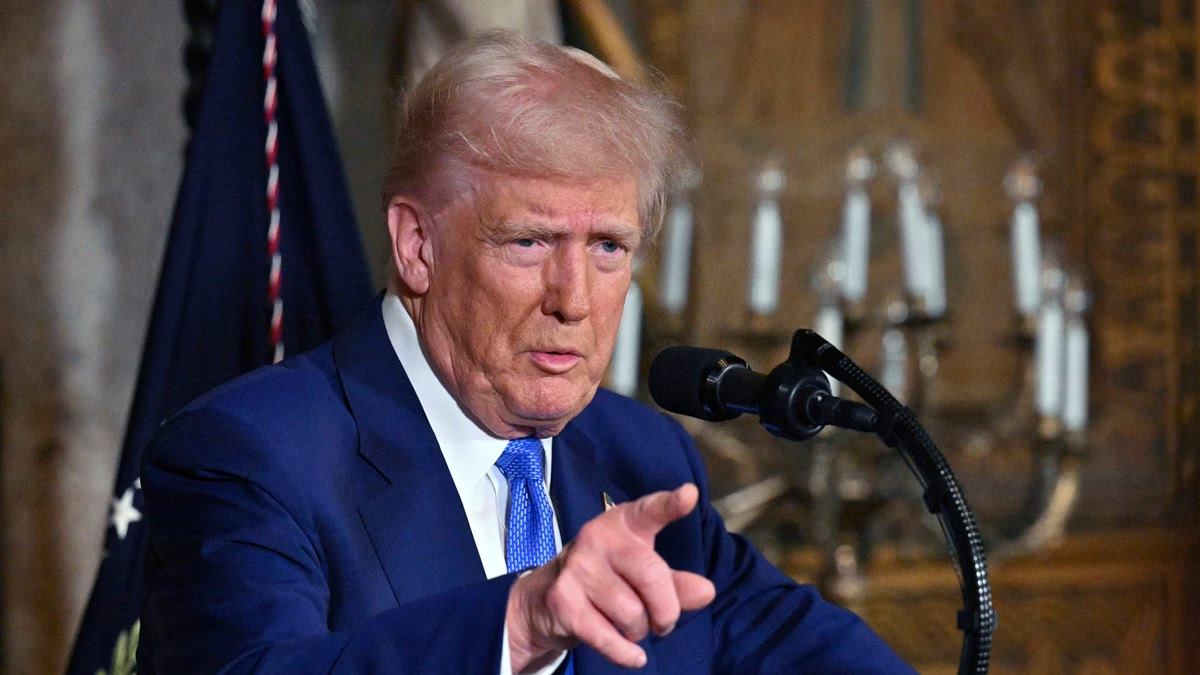
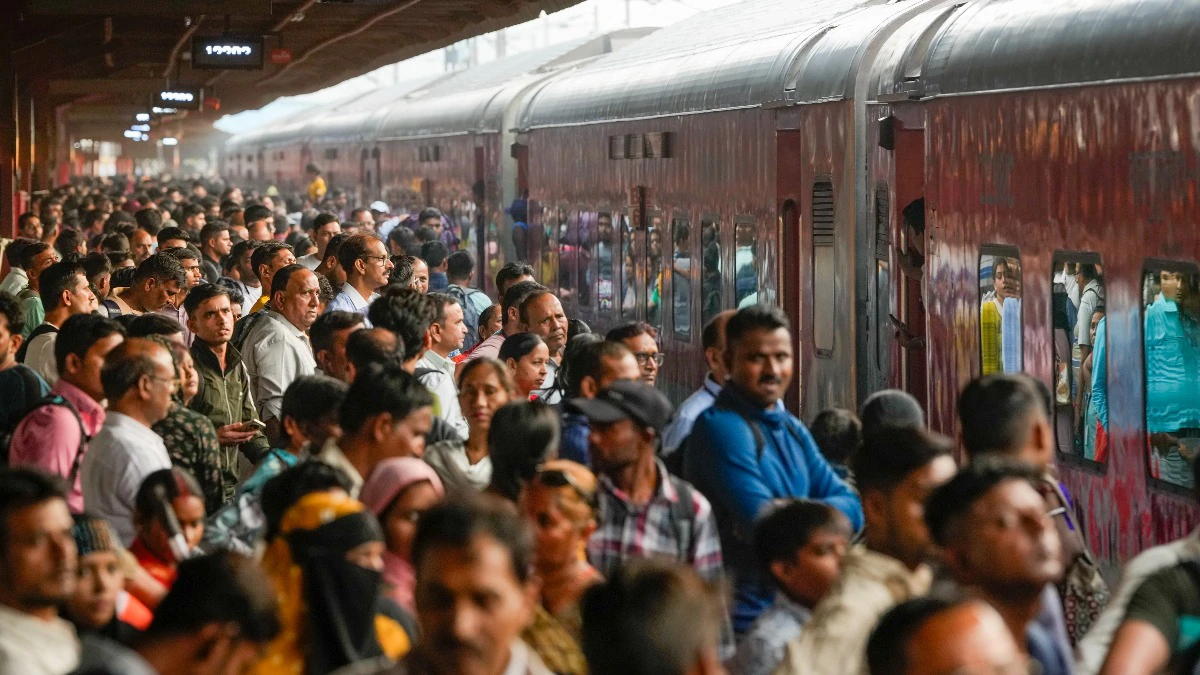
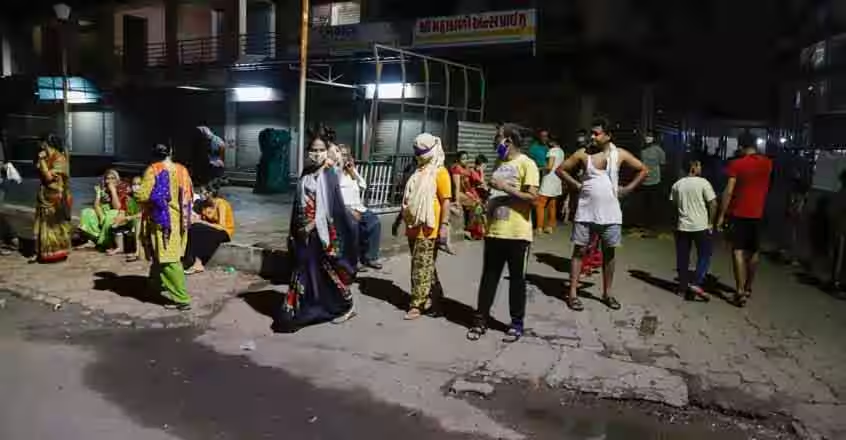








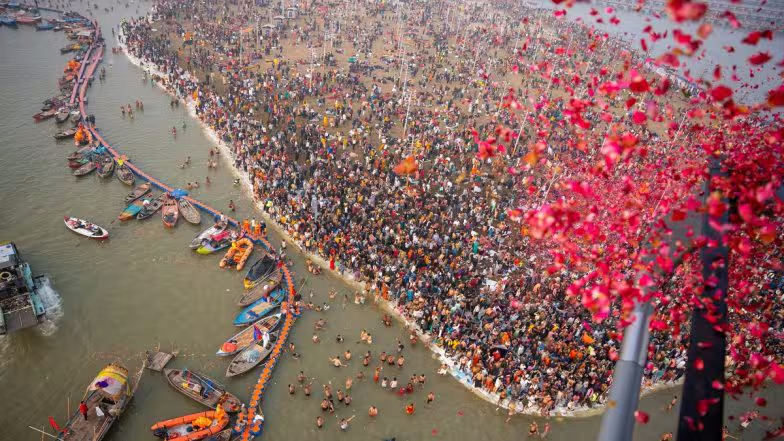


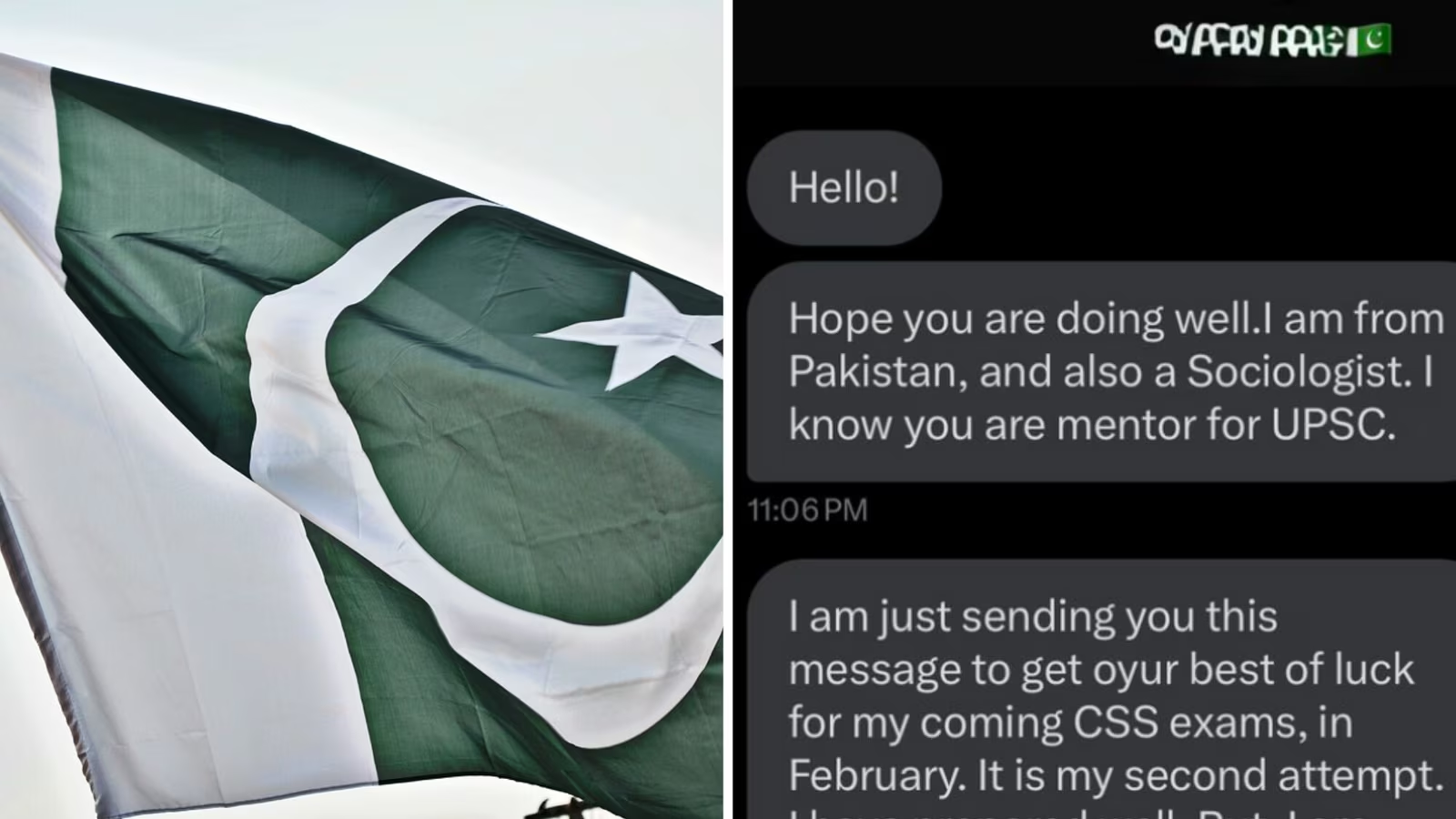
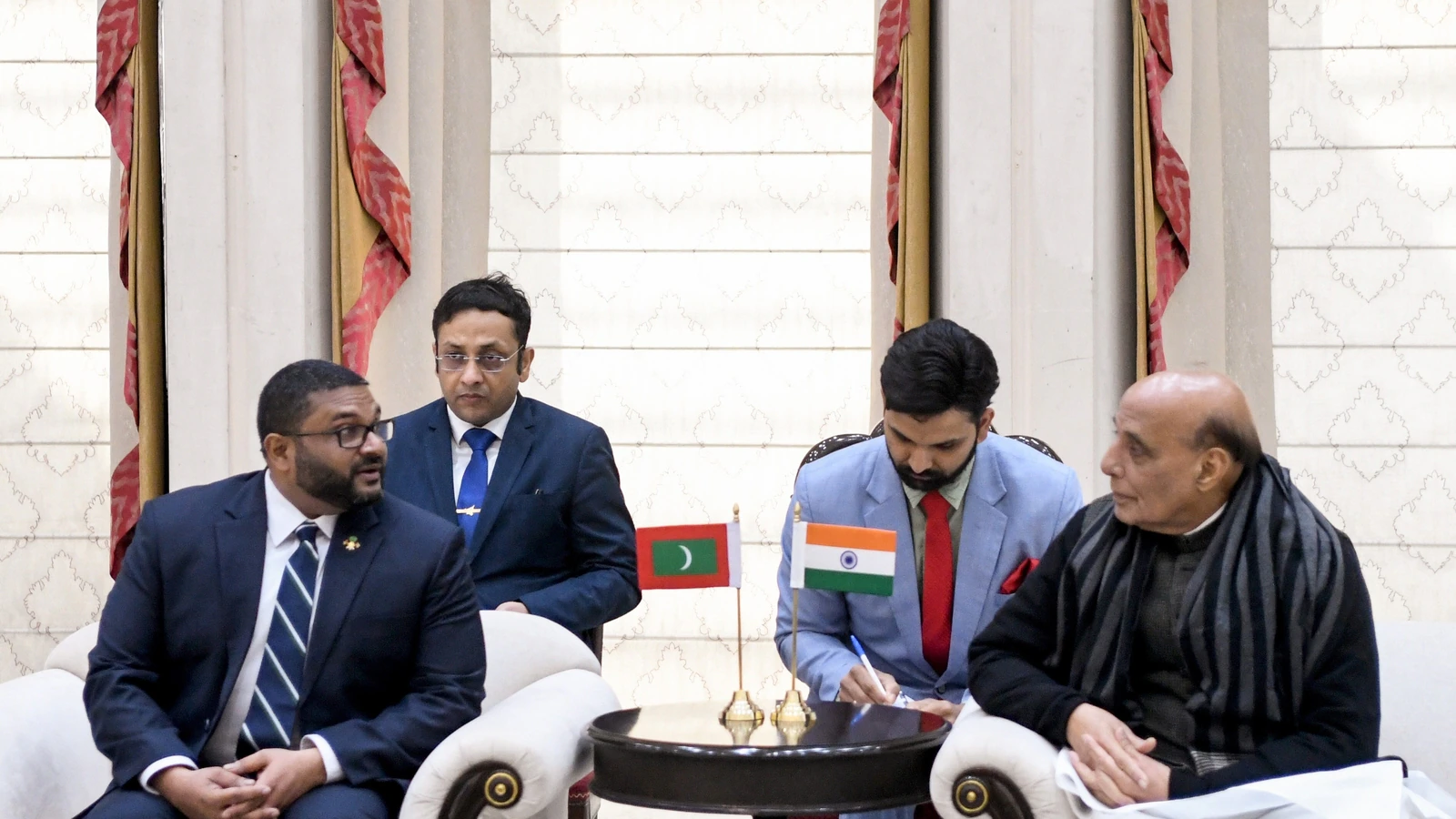

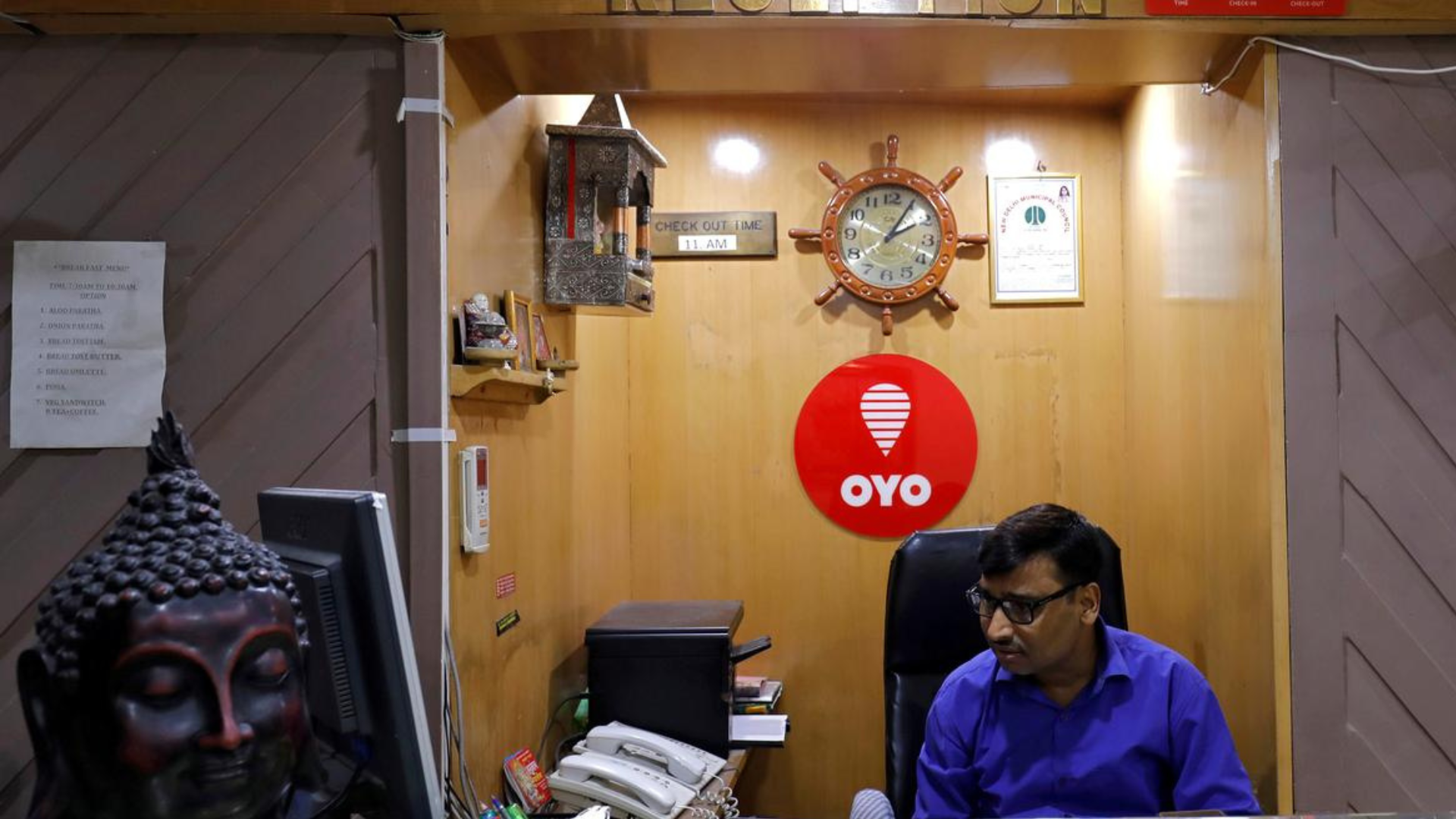
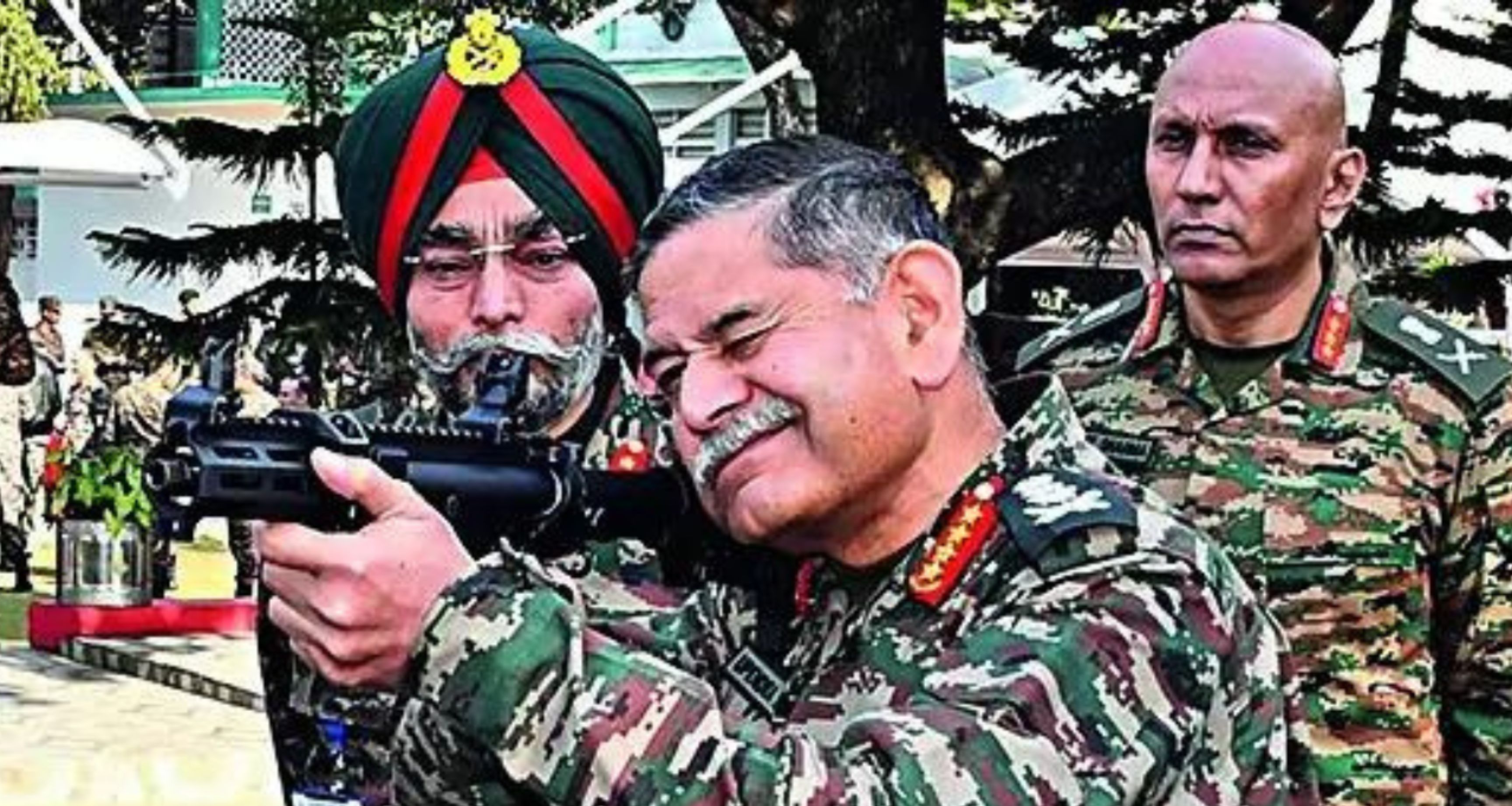
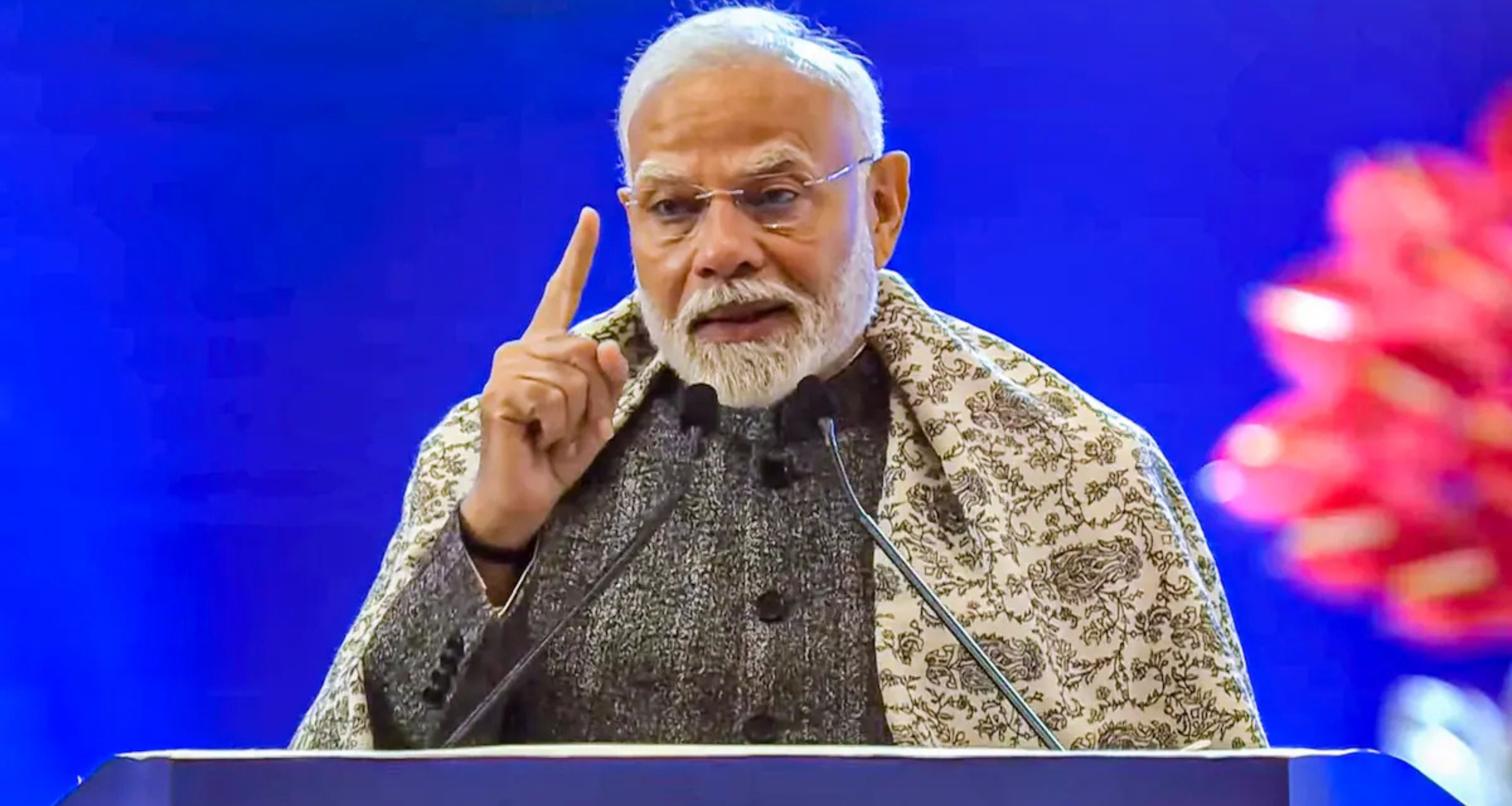
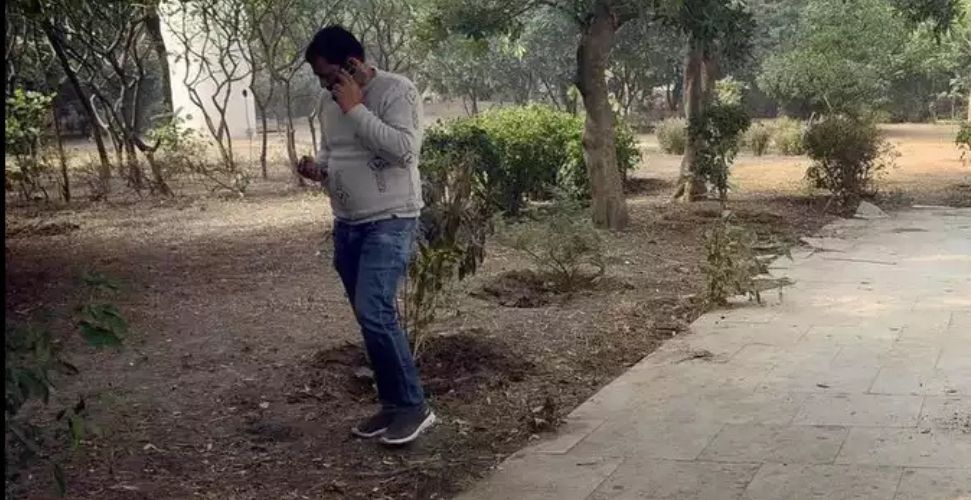

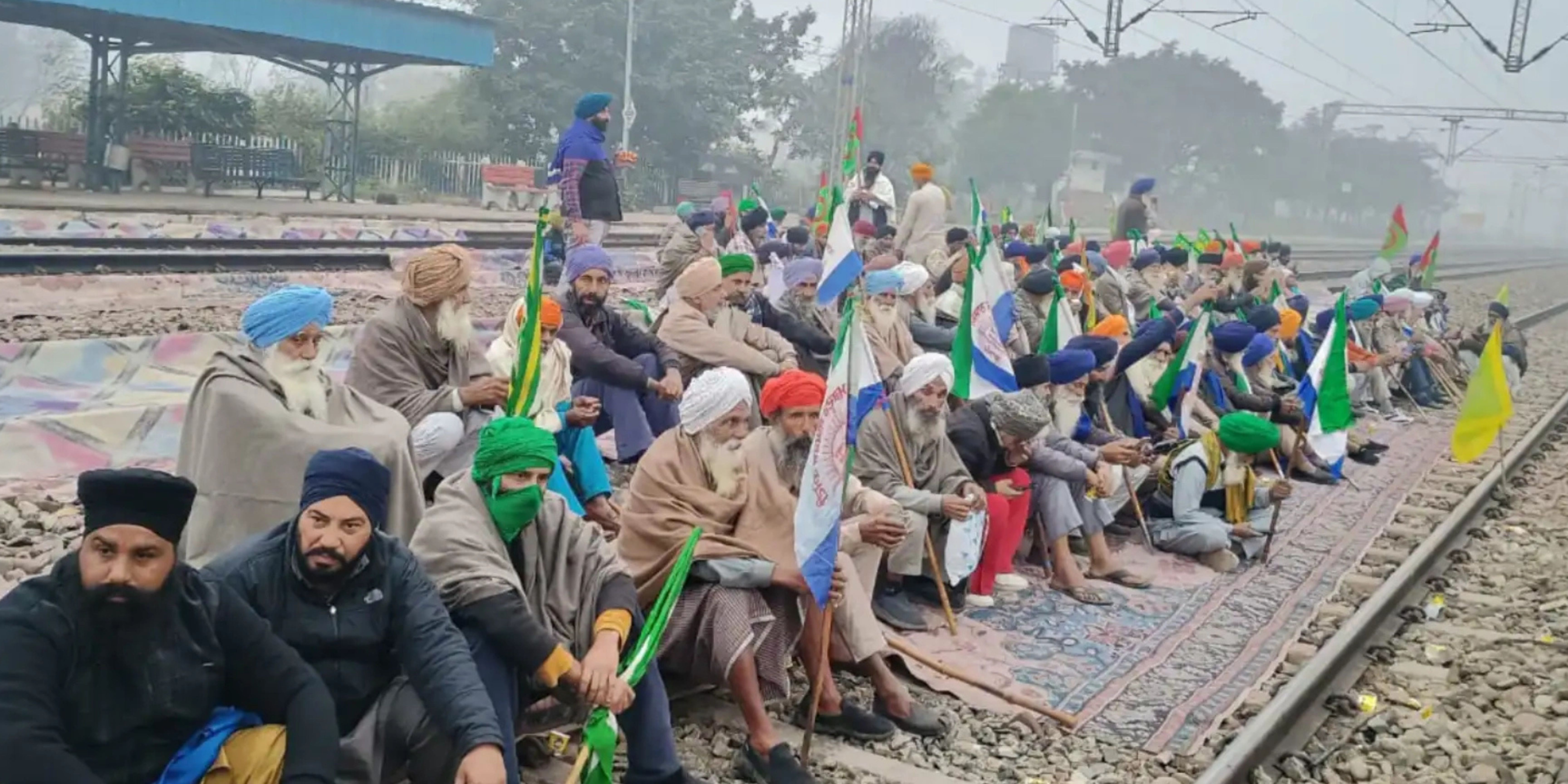
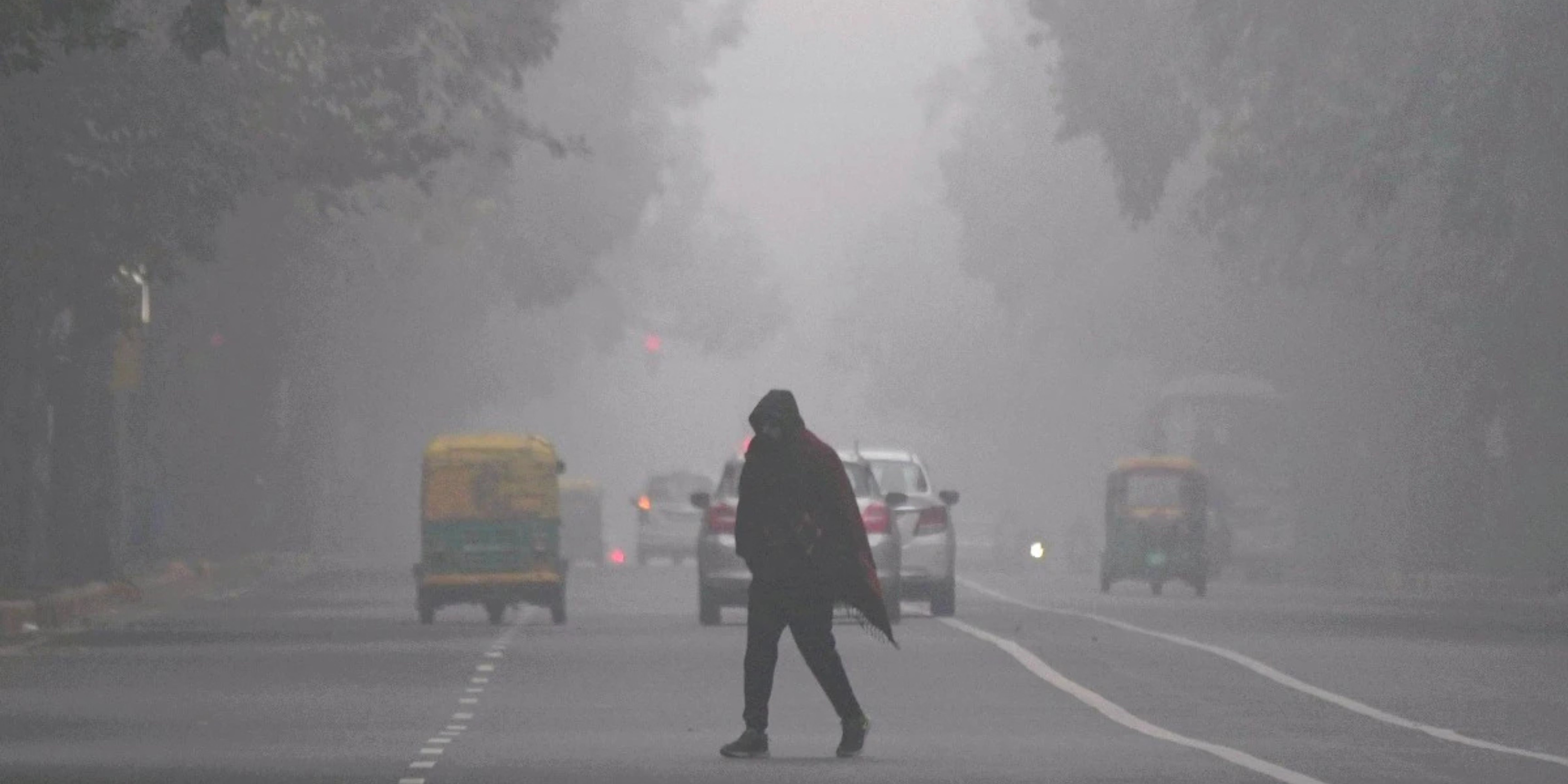




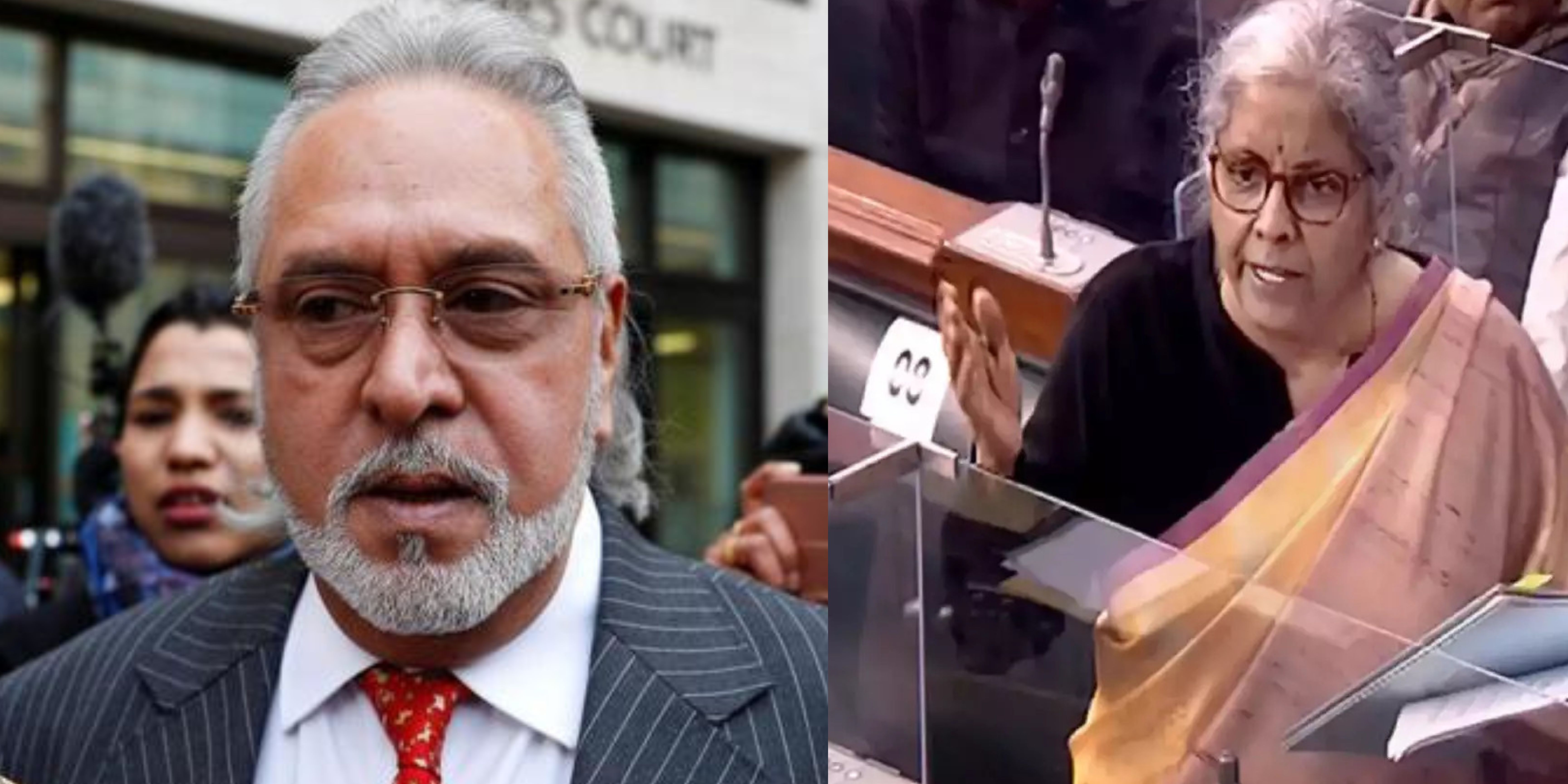
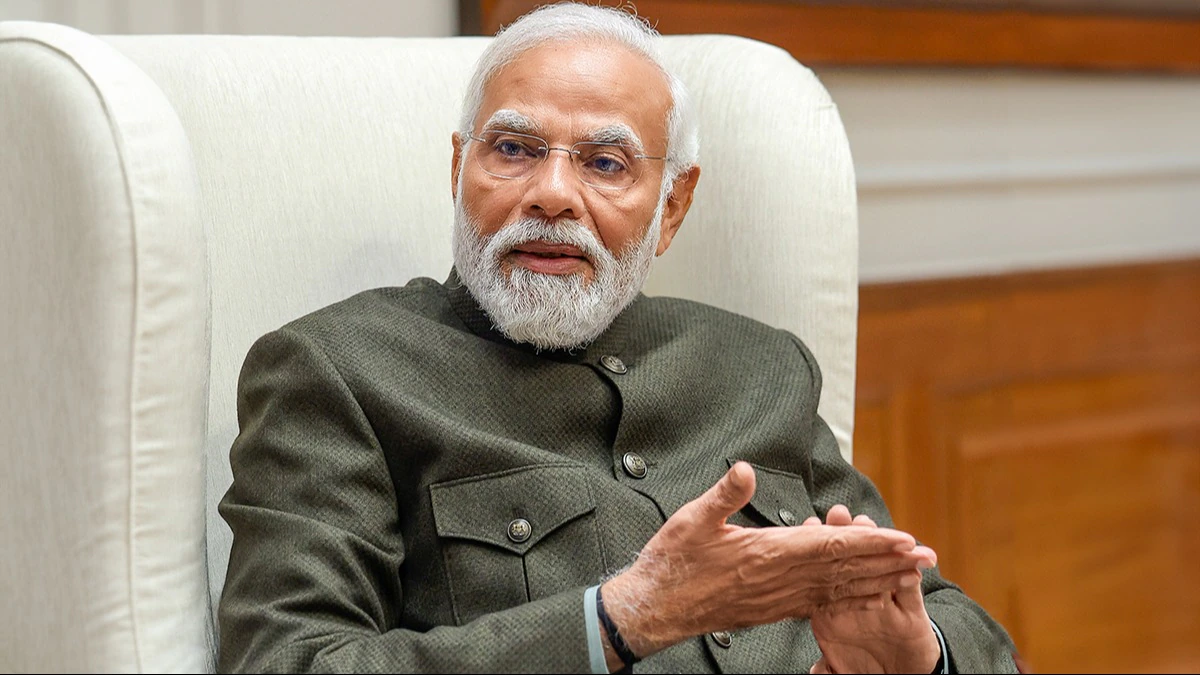
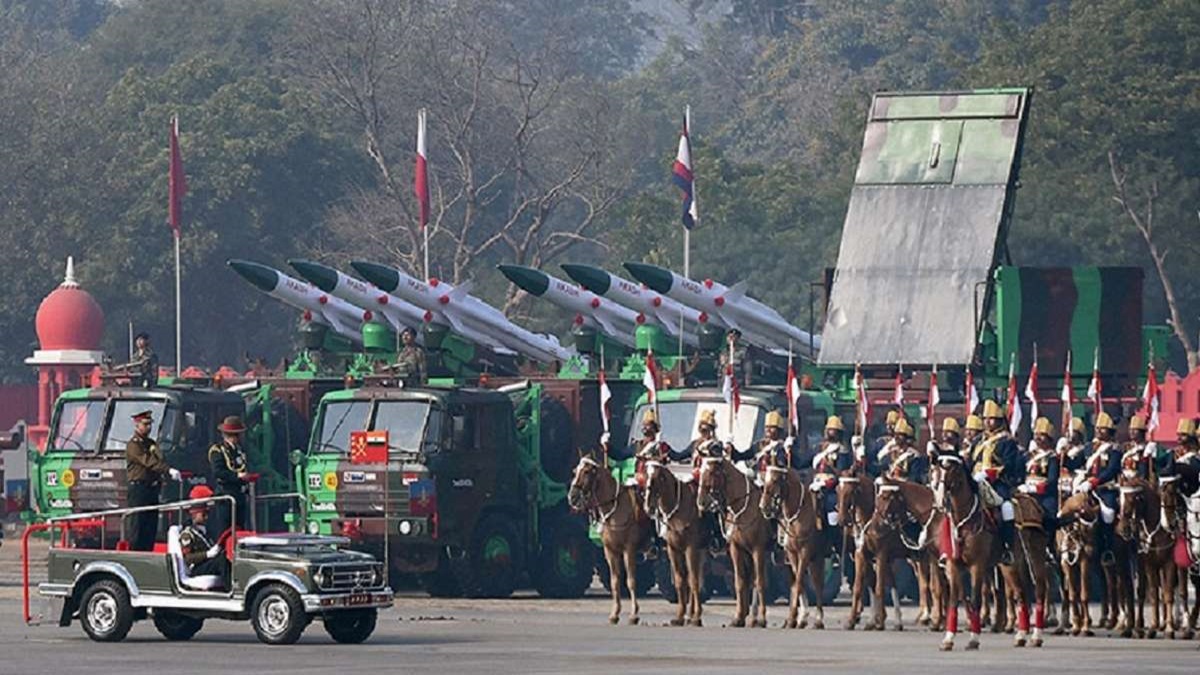

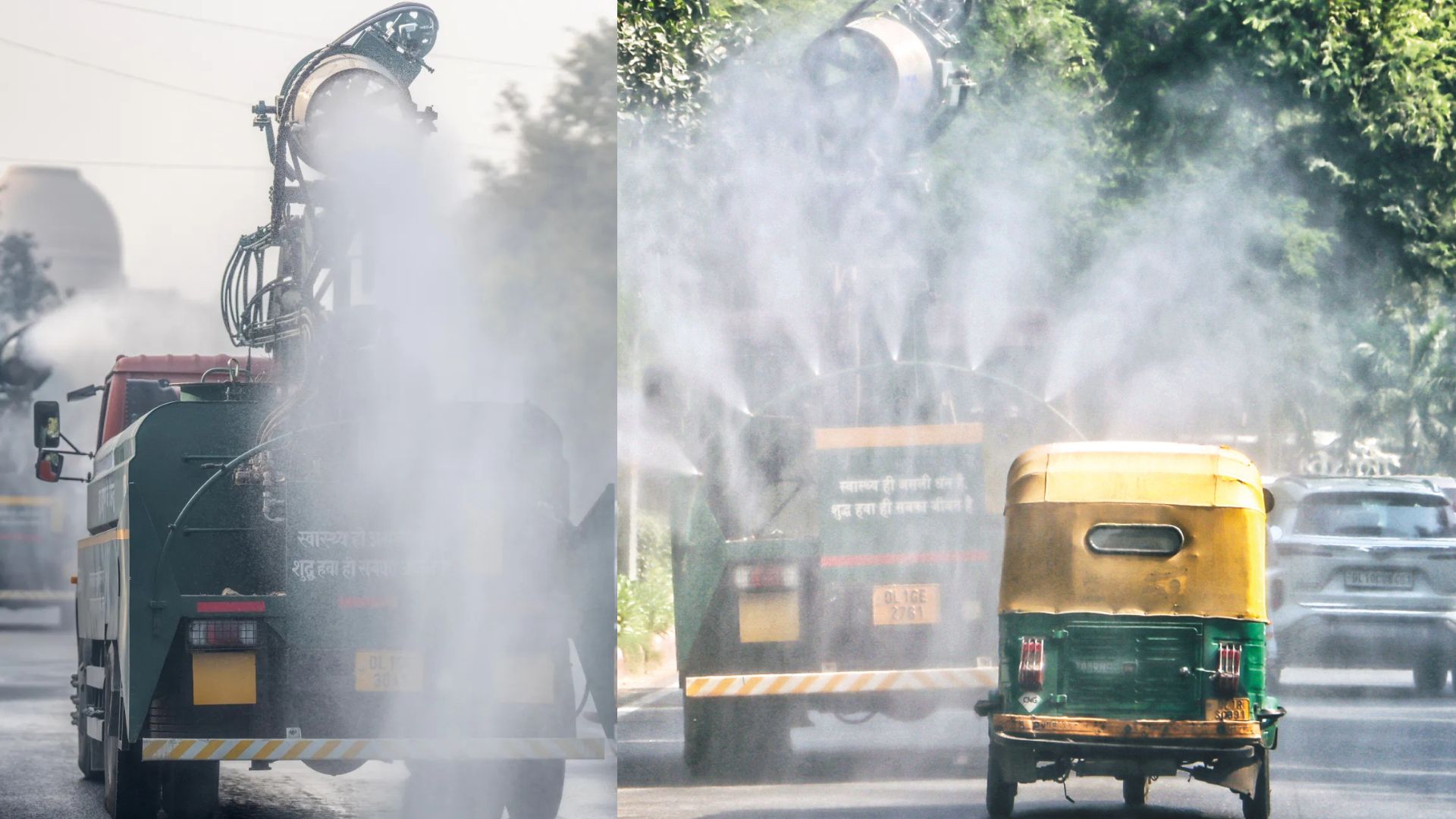
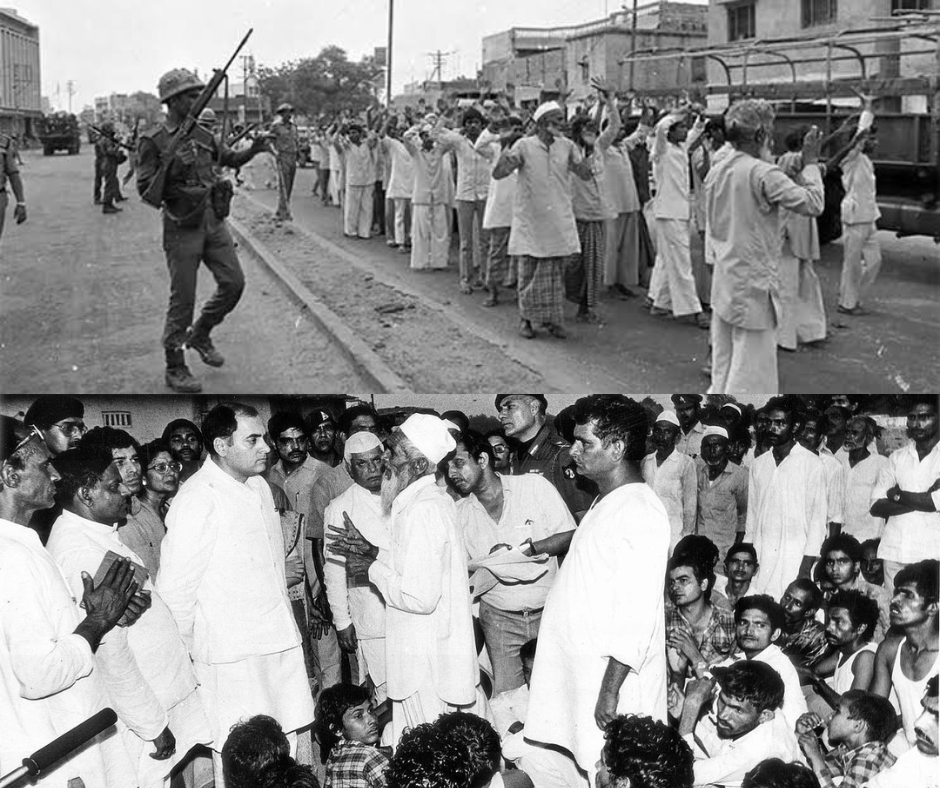


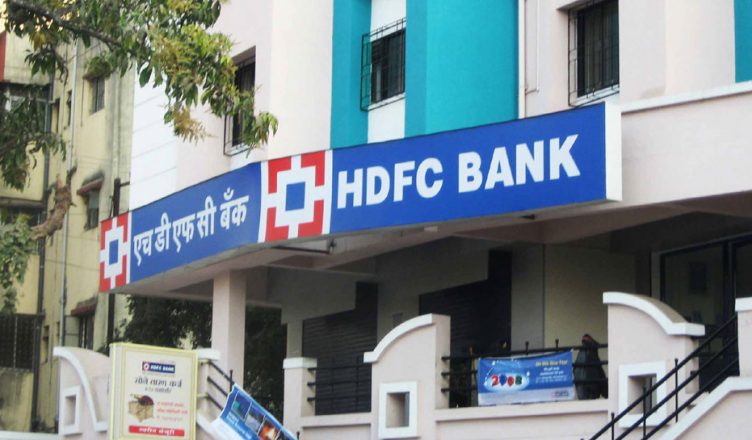

.jfif)
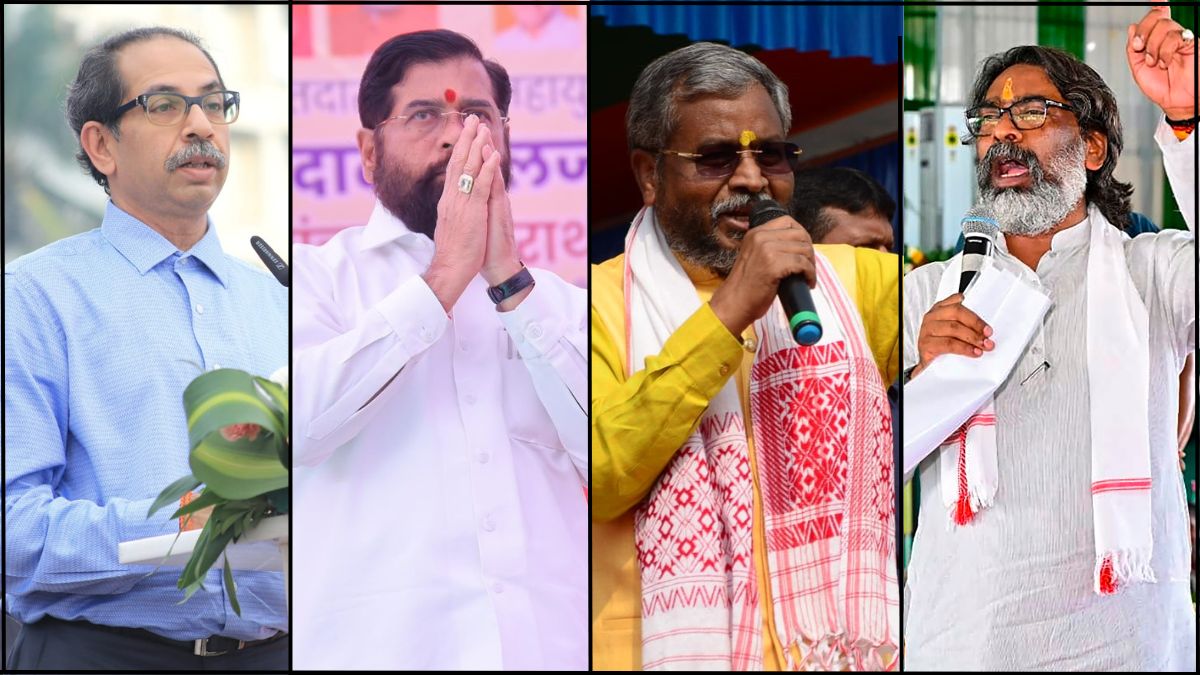


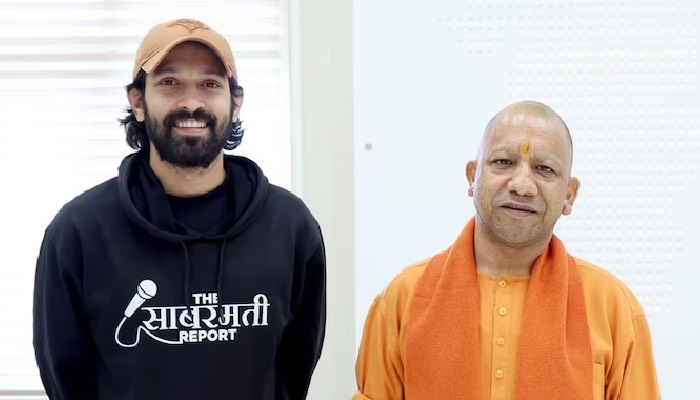
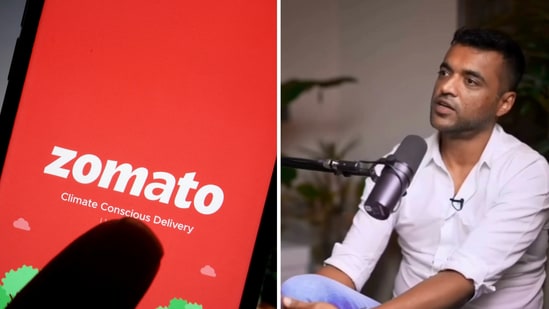
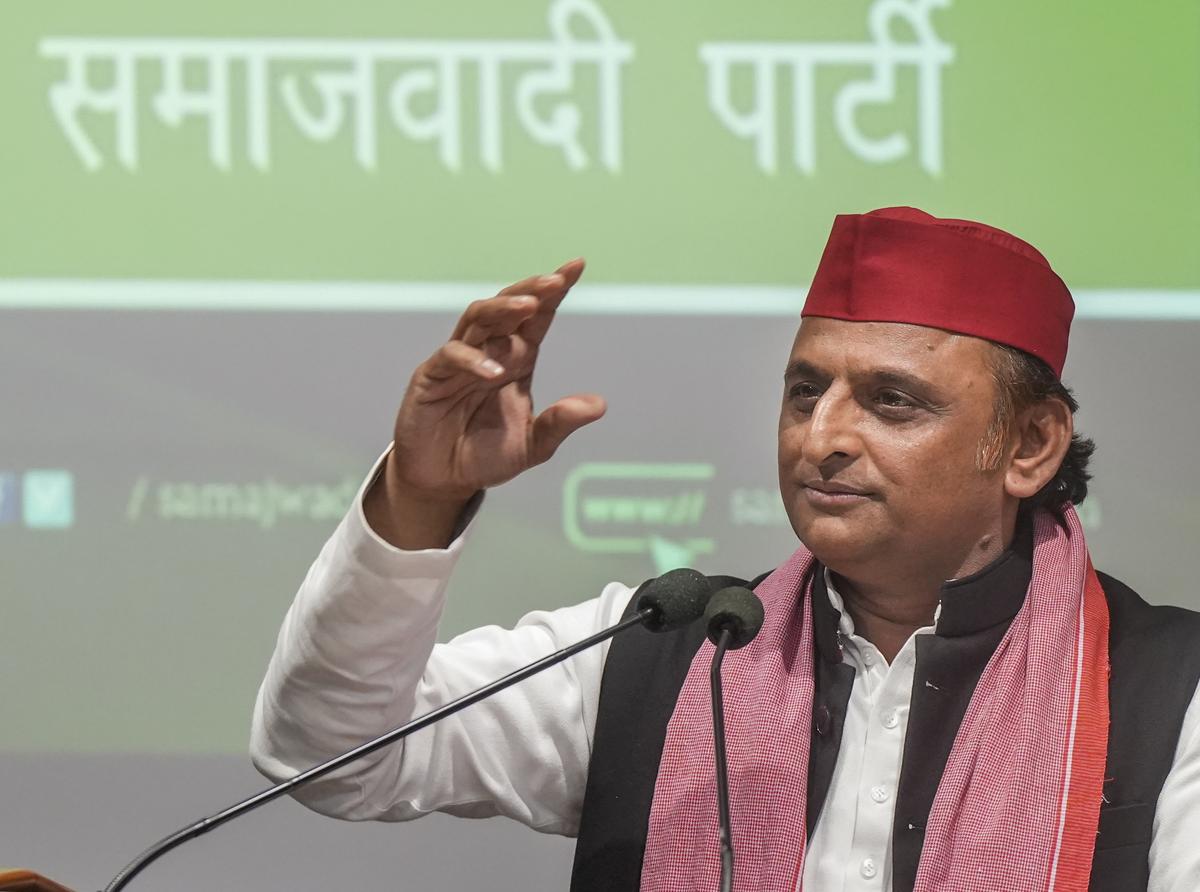

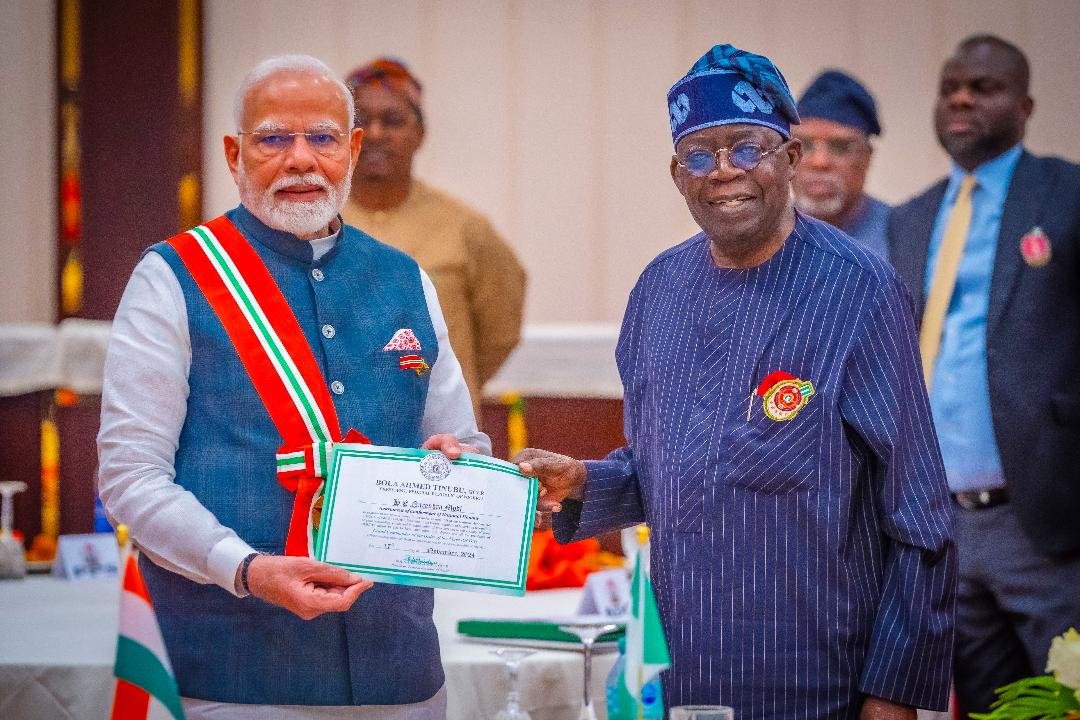

.jpg)

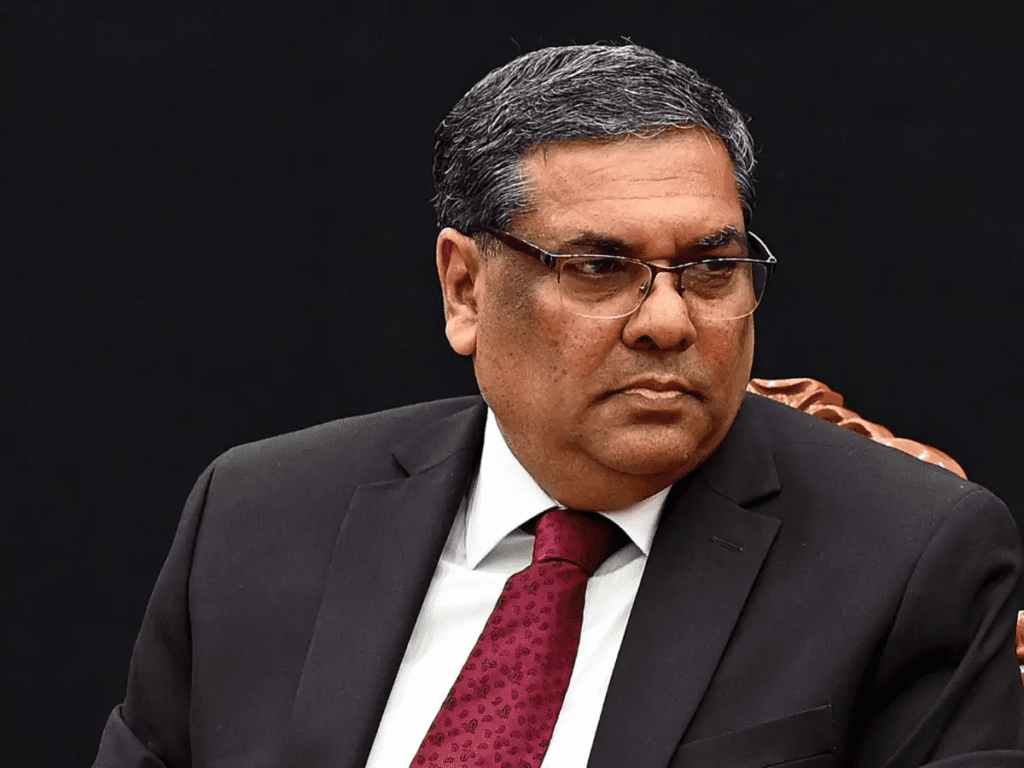

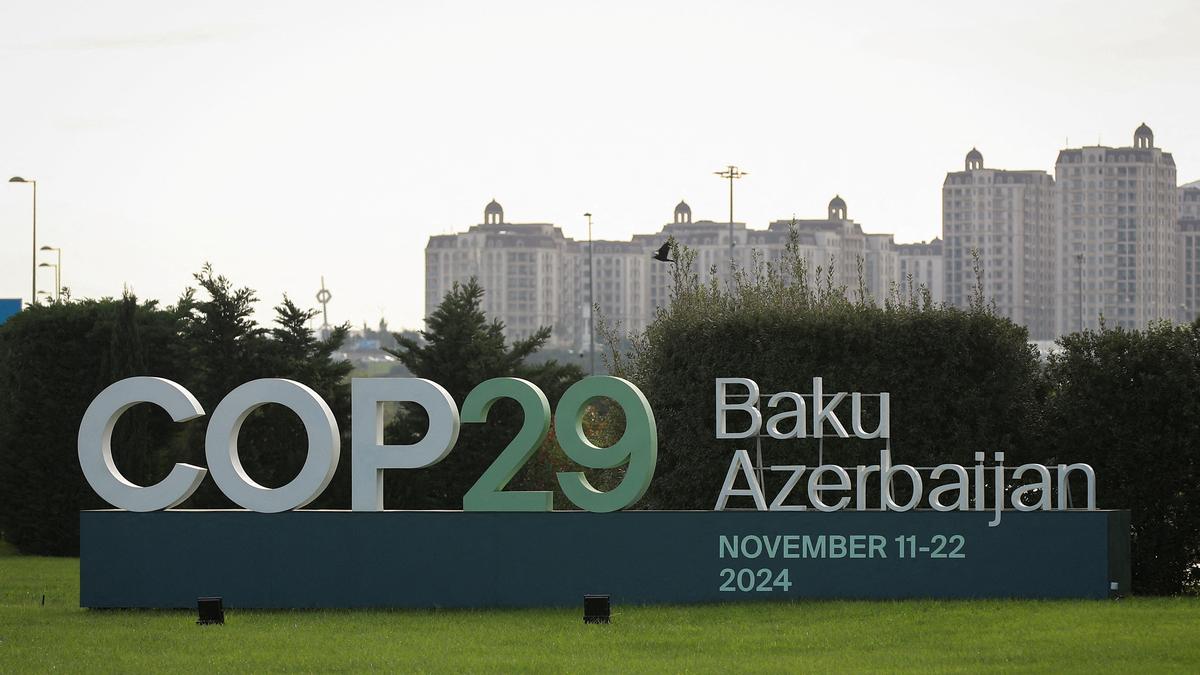

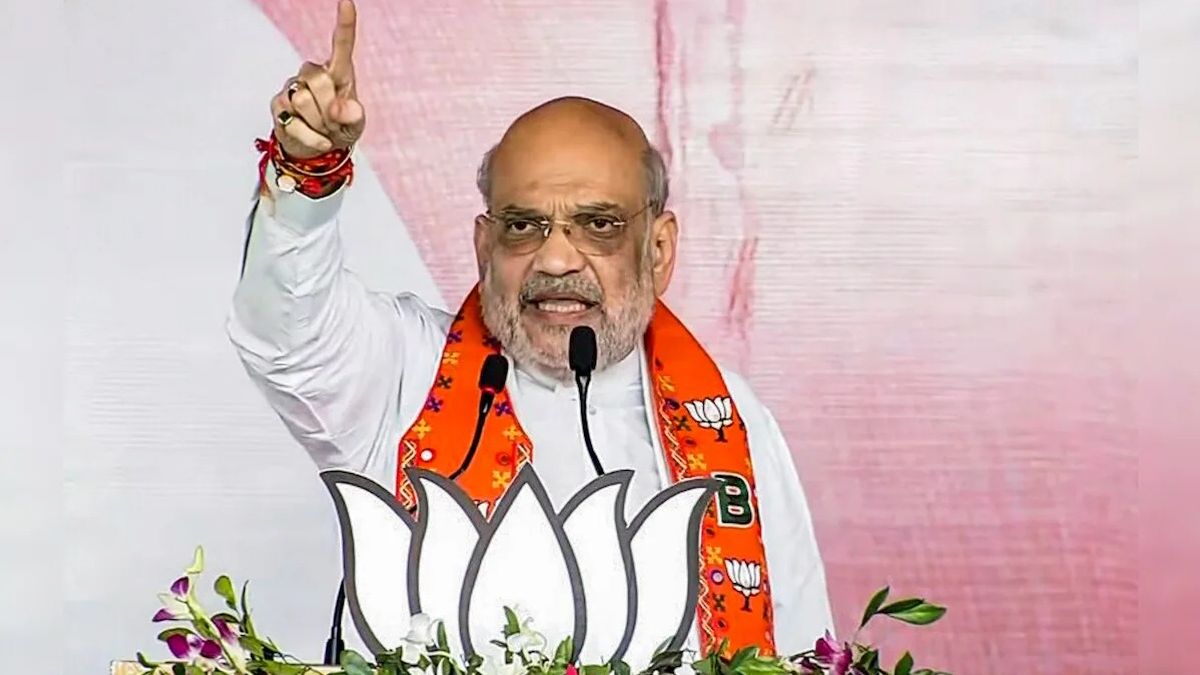
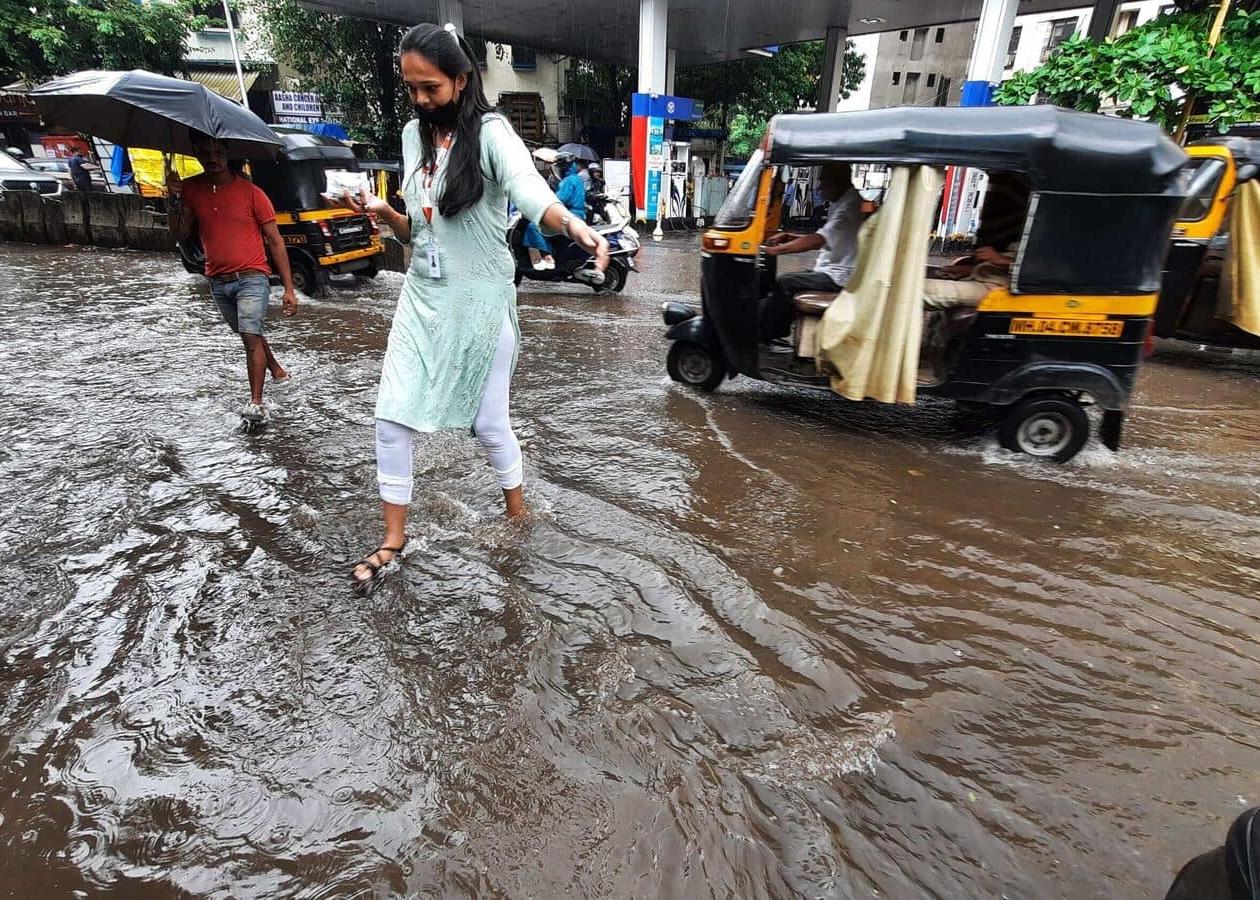
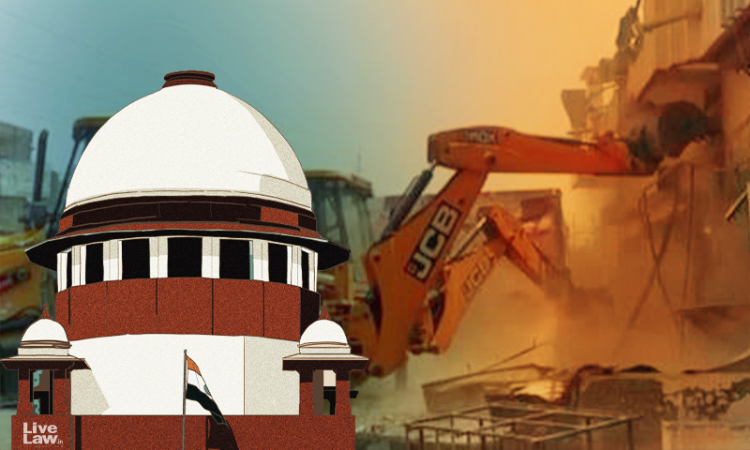

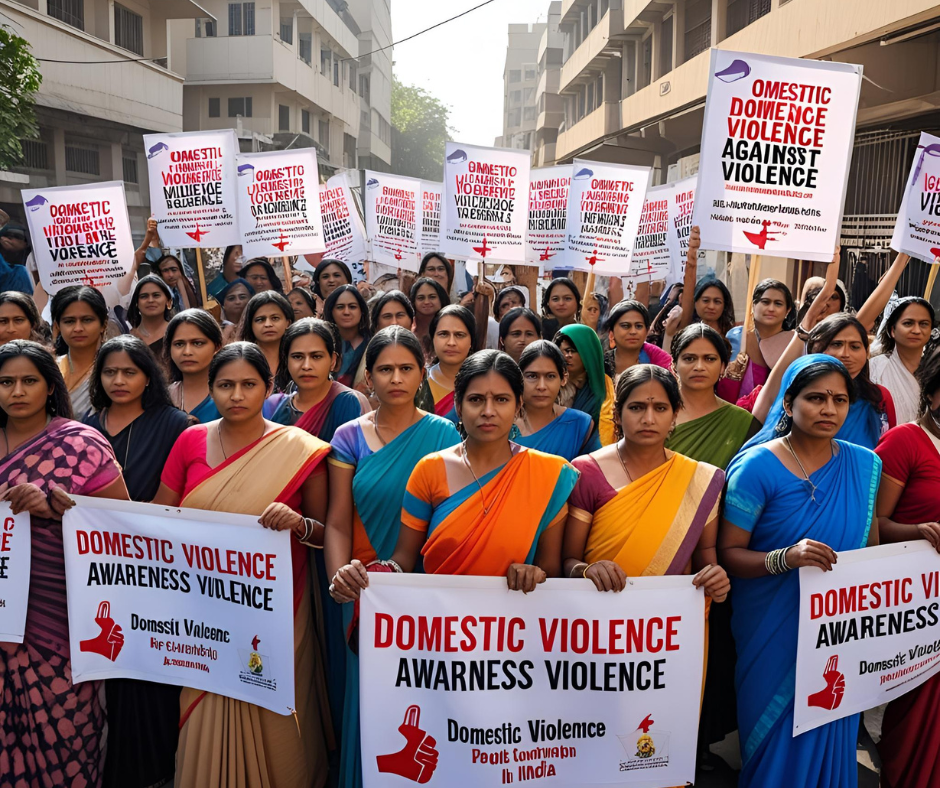
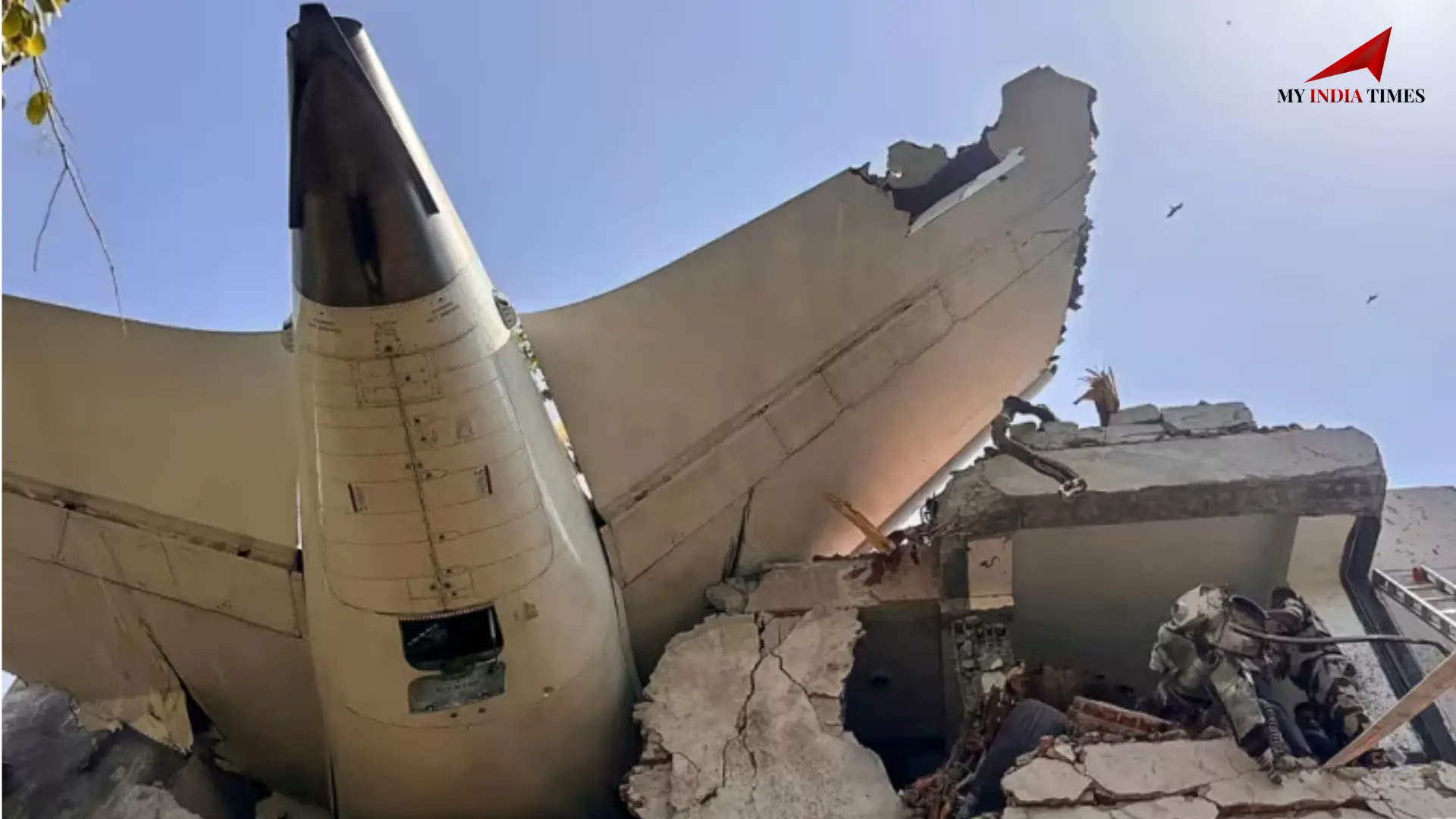
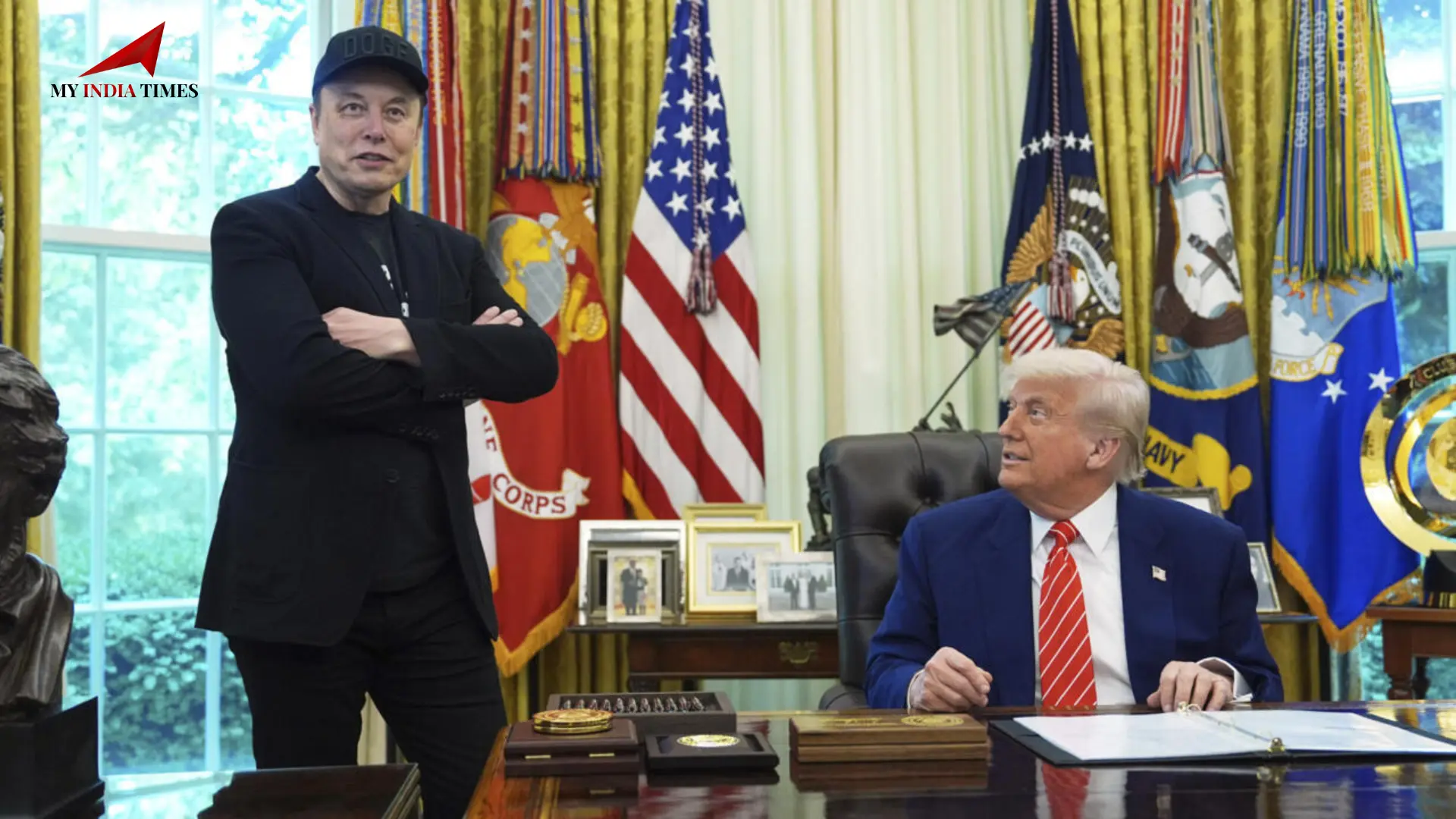


















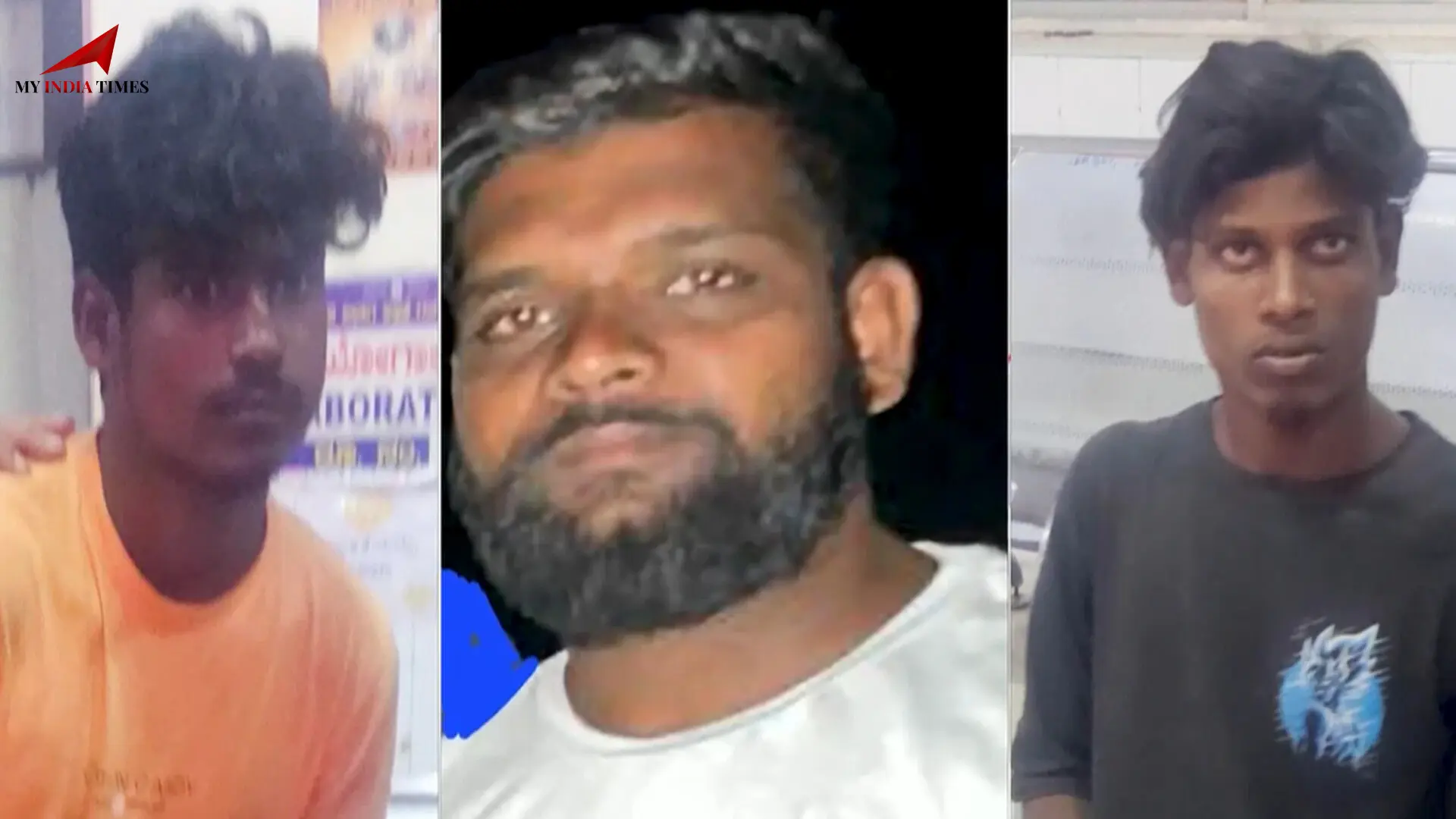
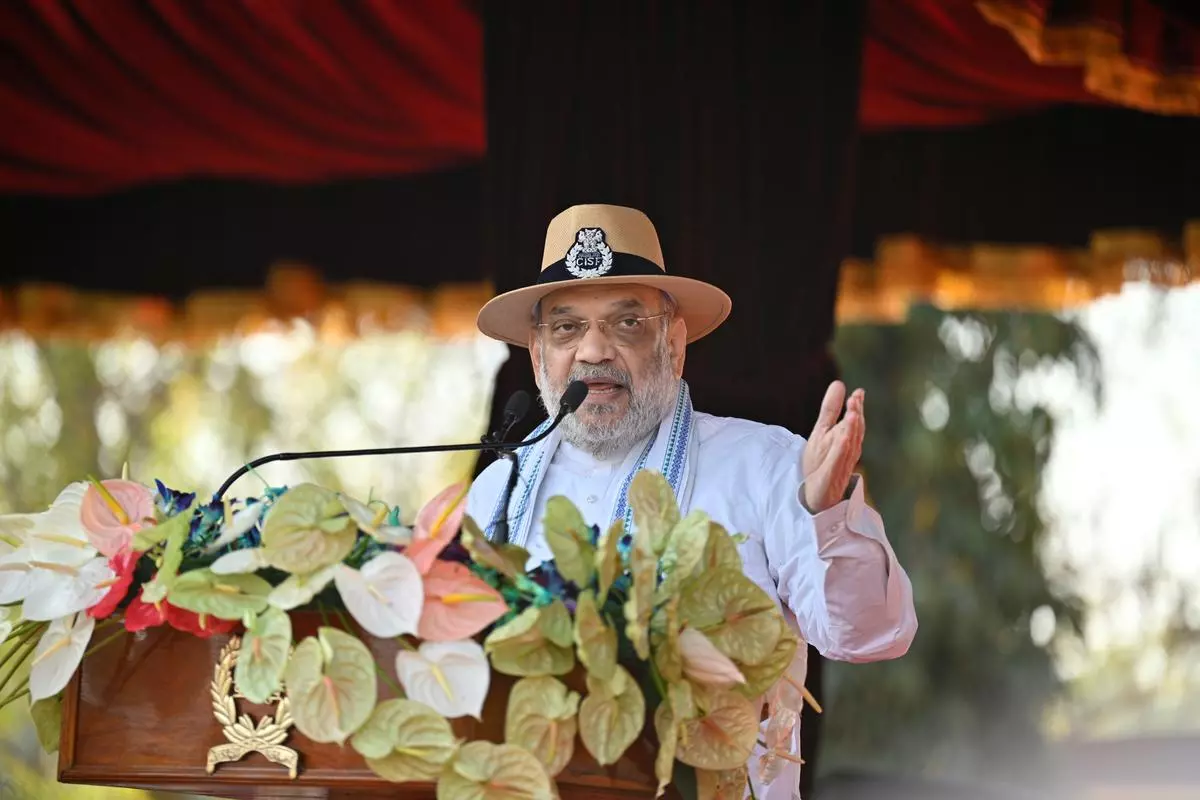

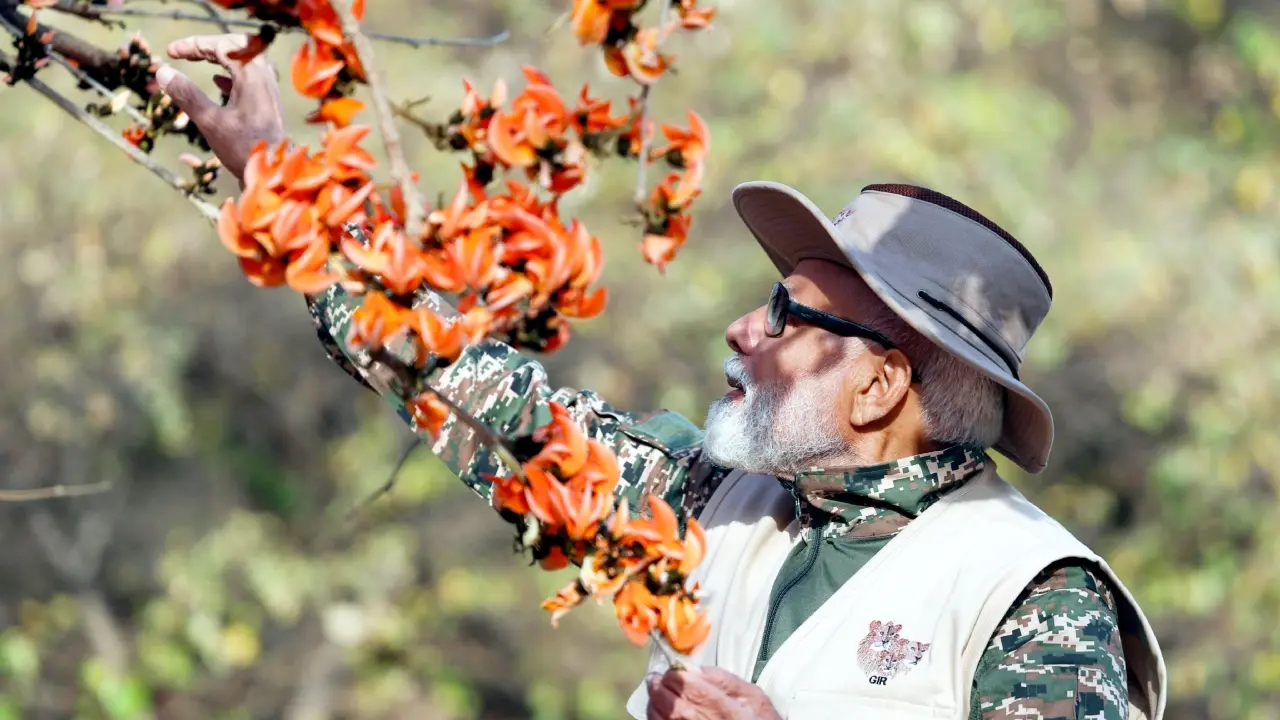

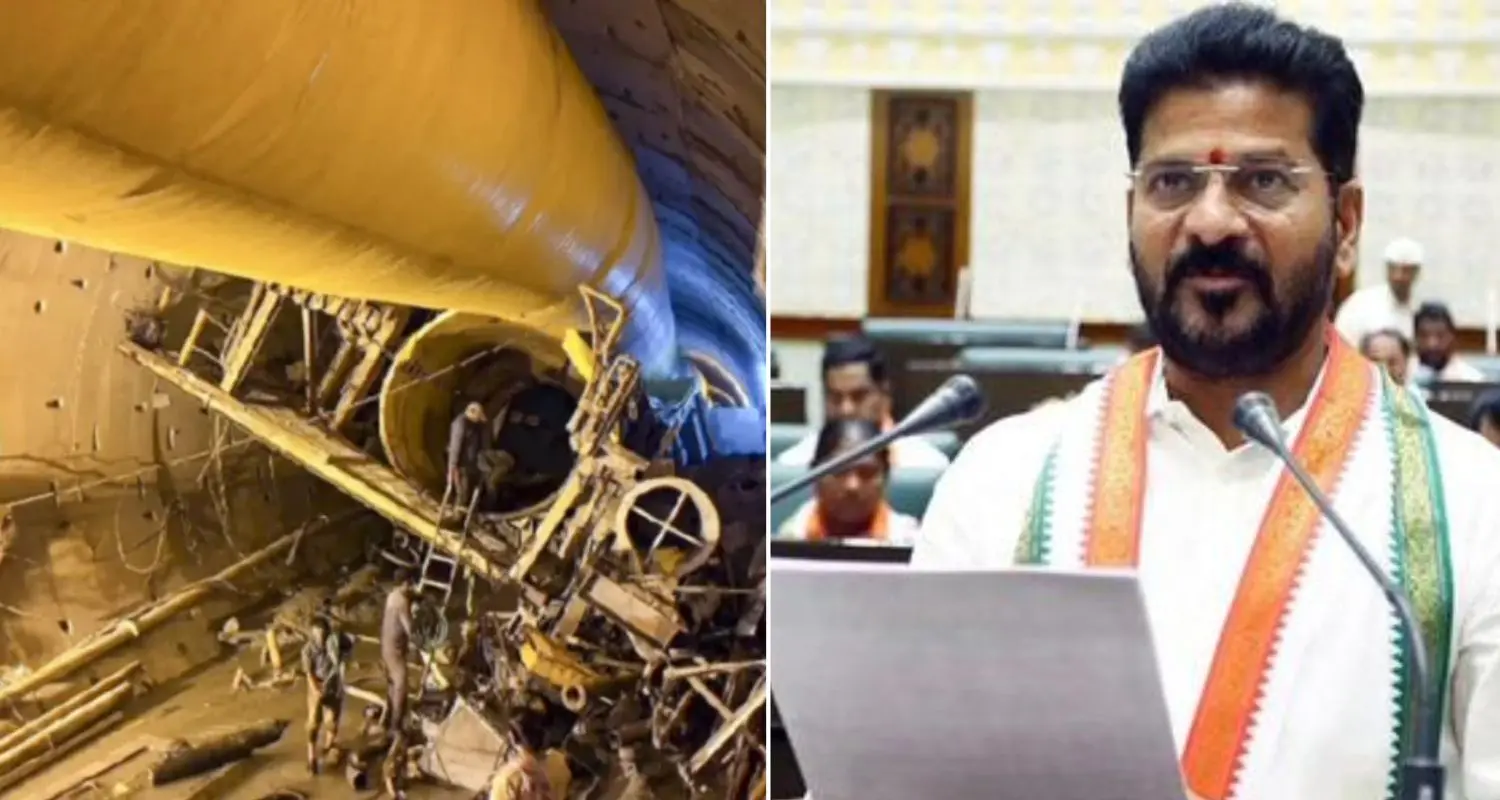
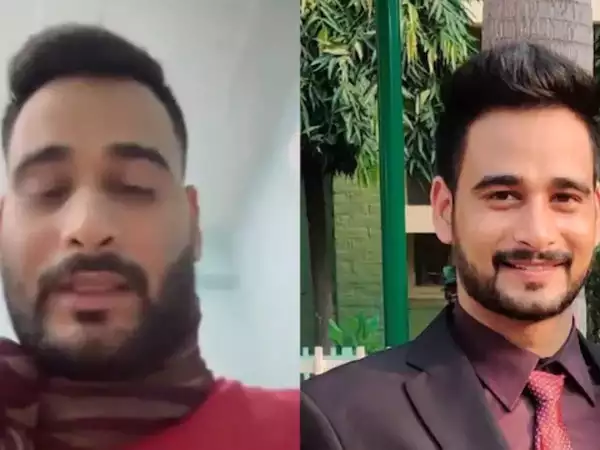
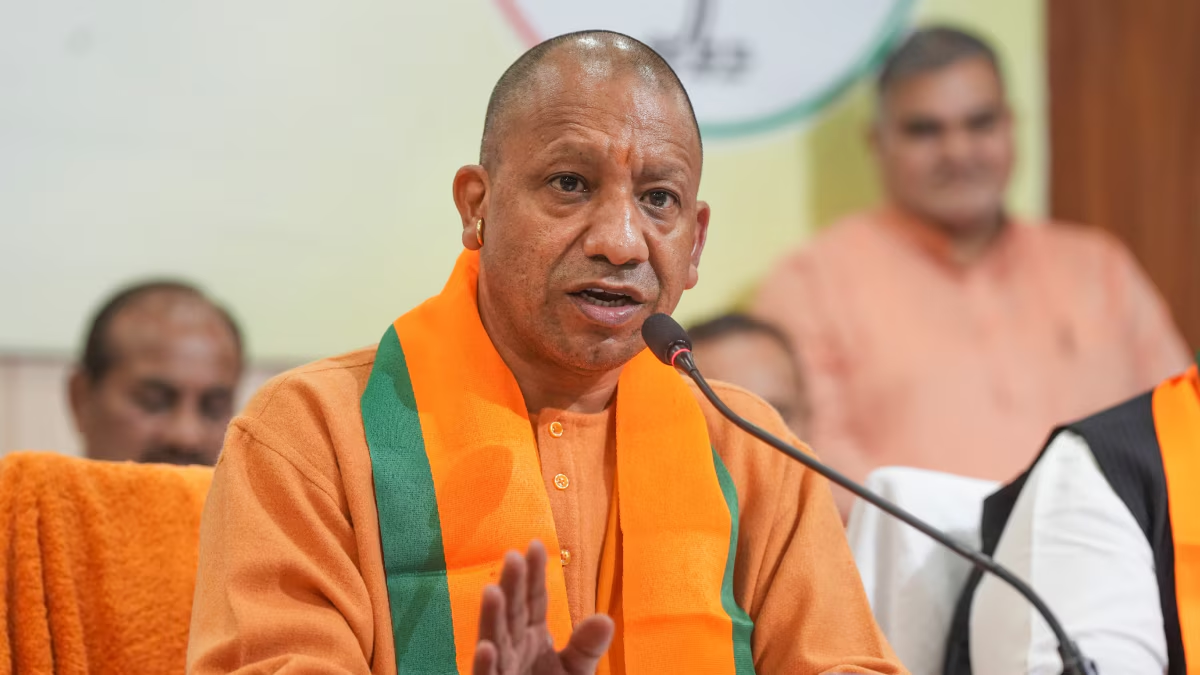




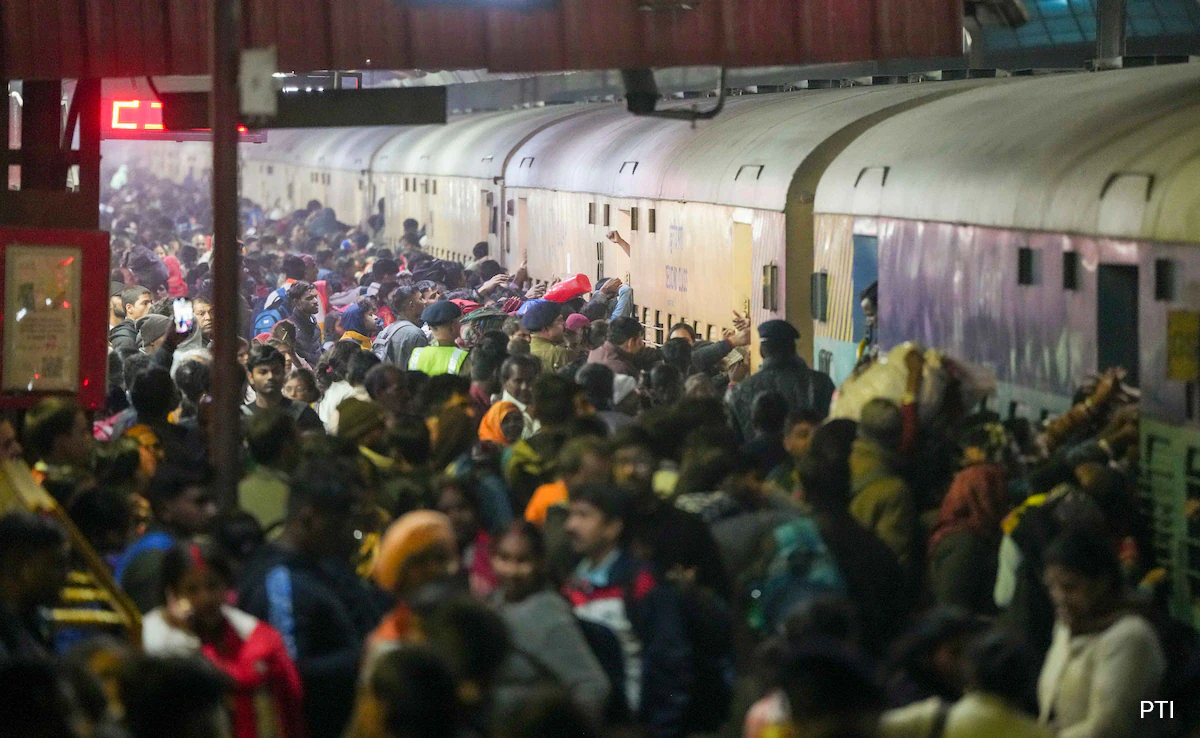
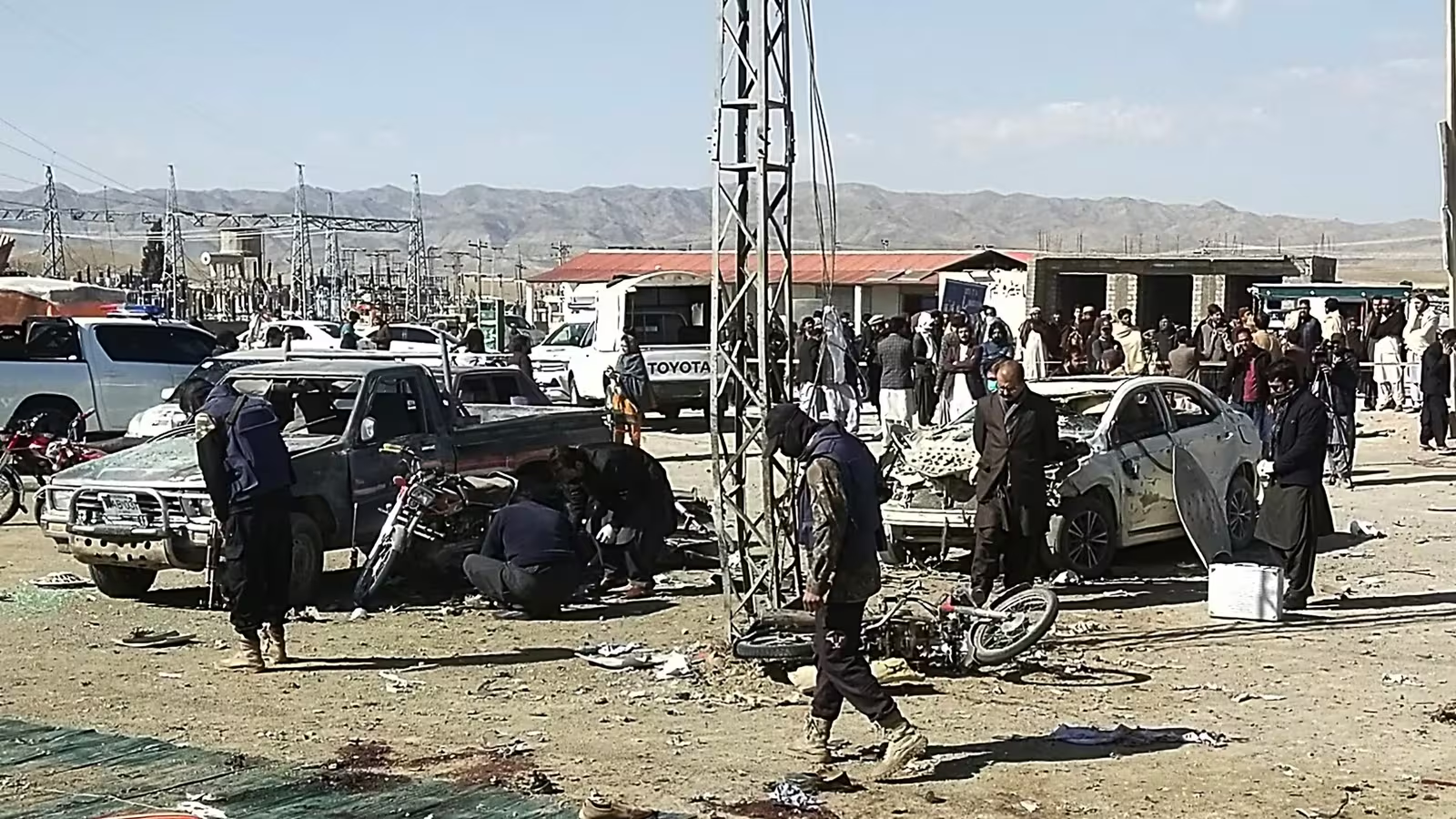
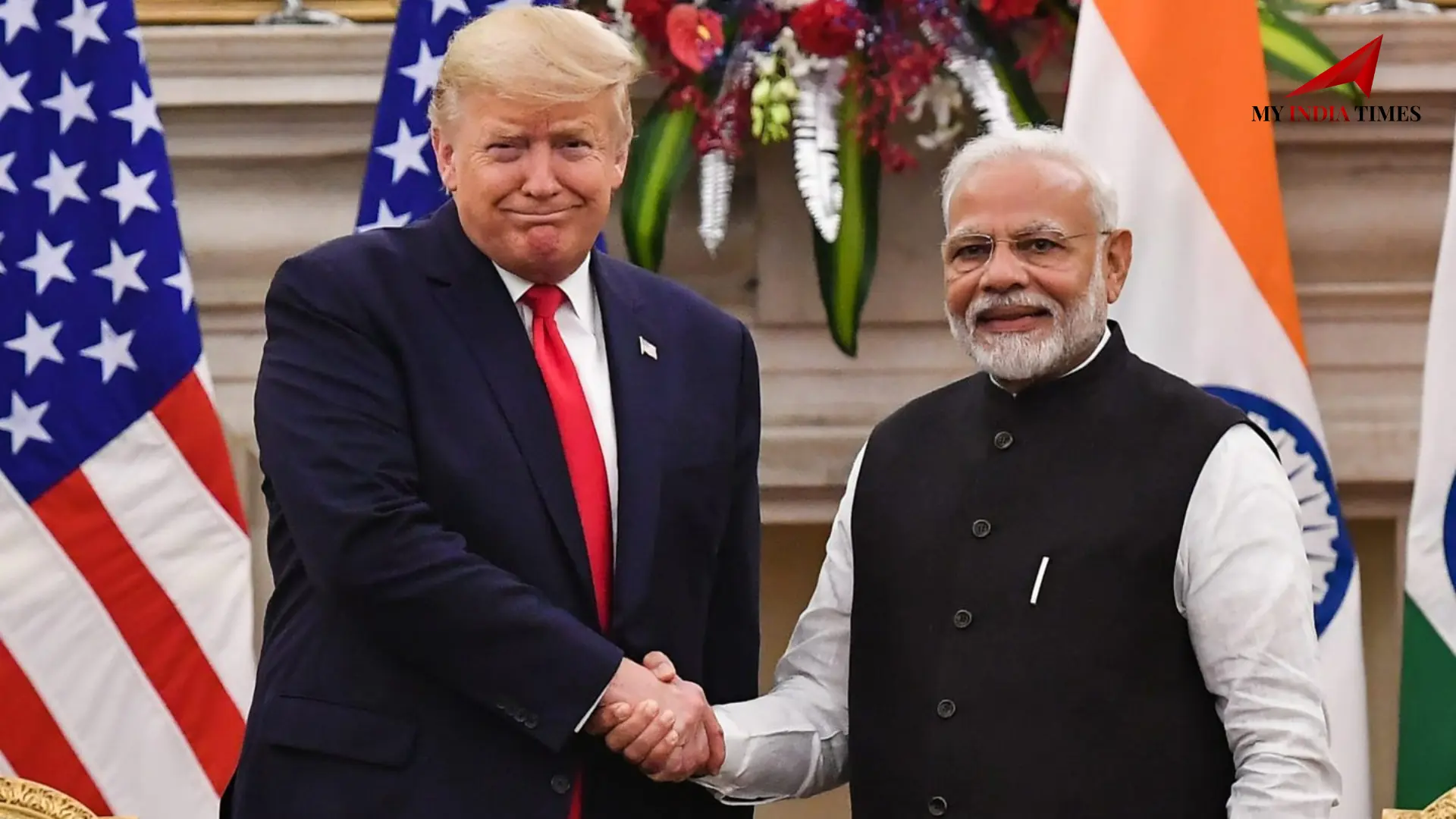
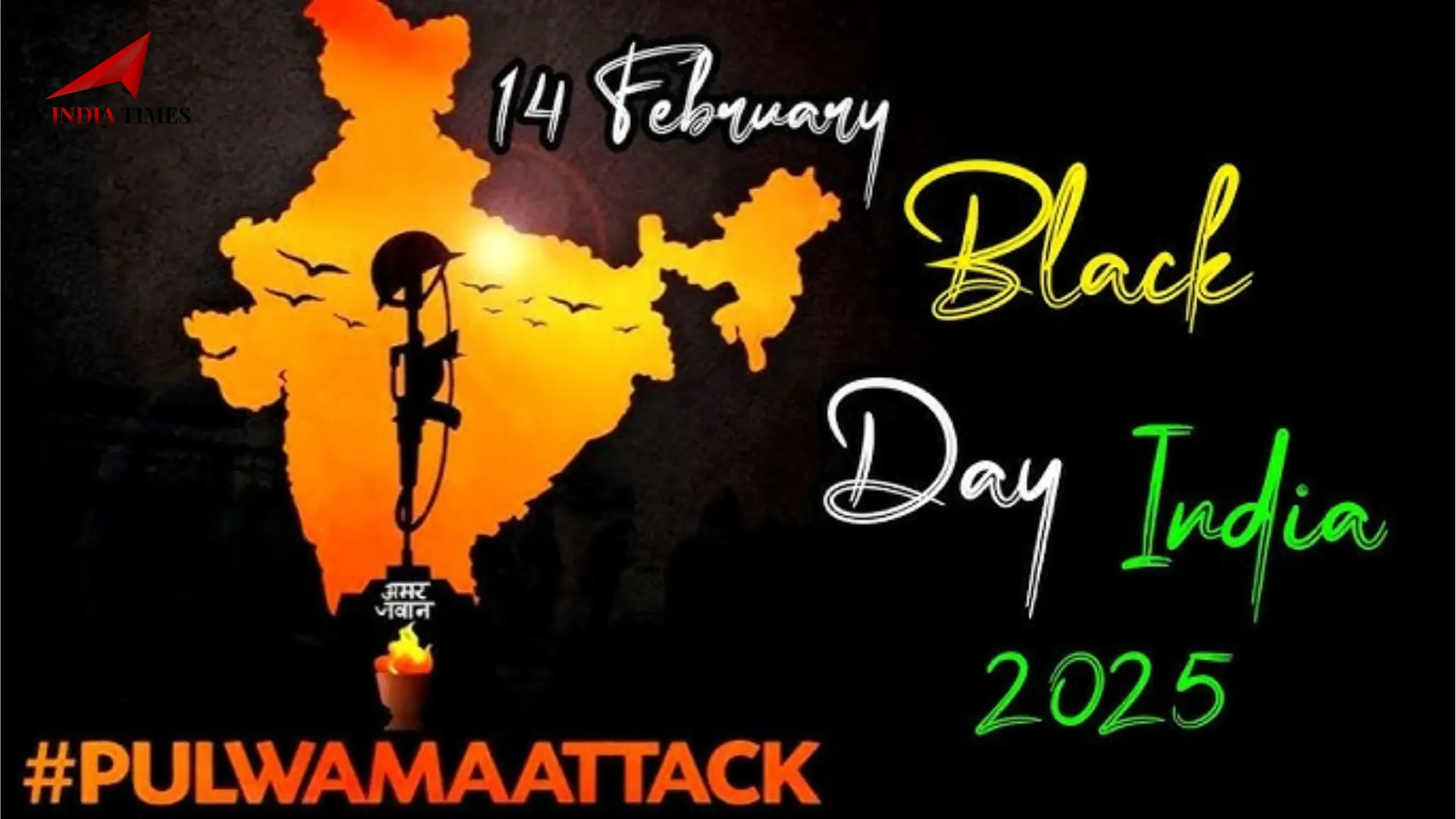
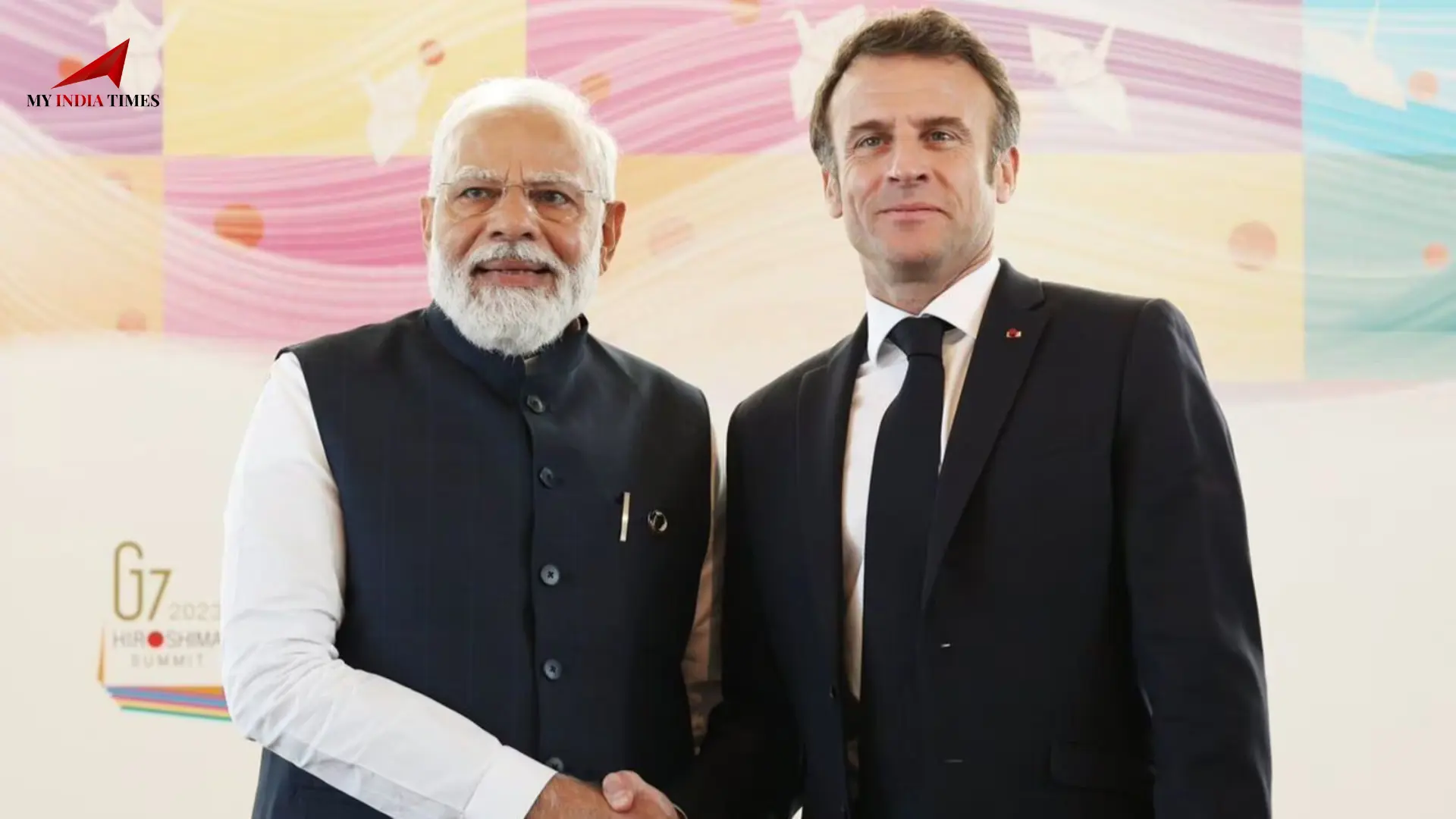
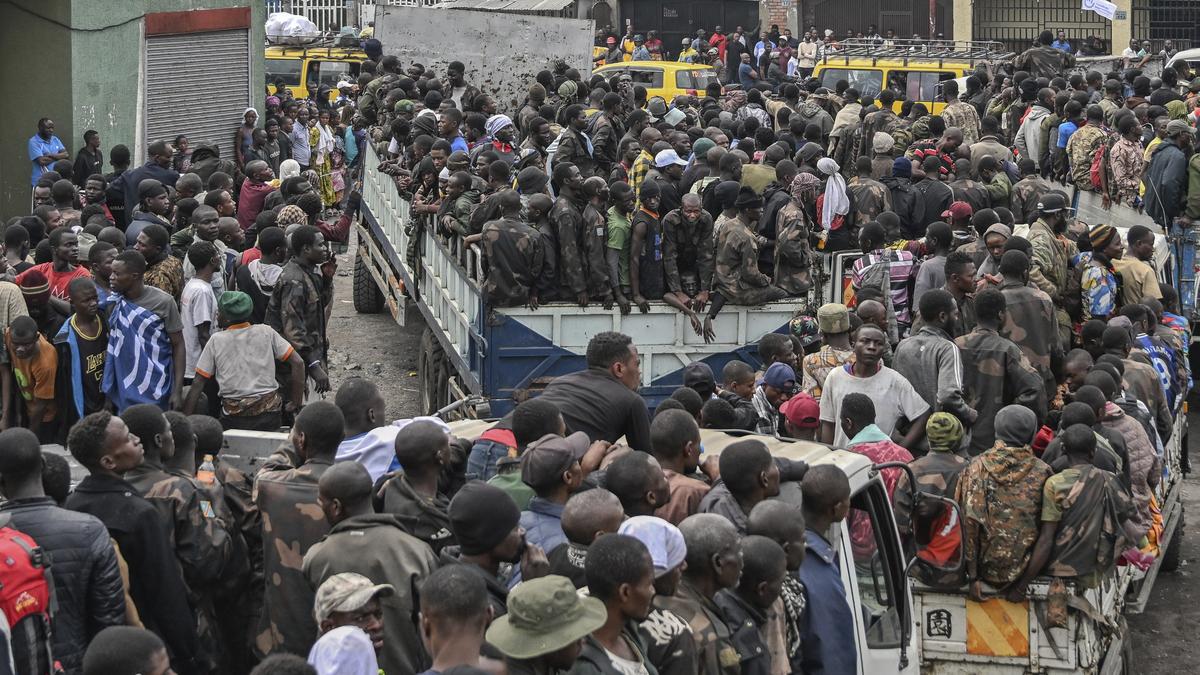
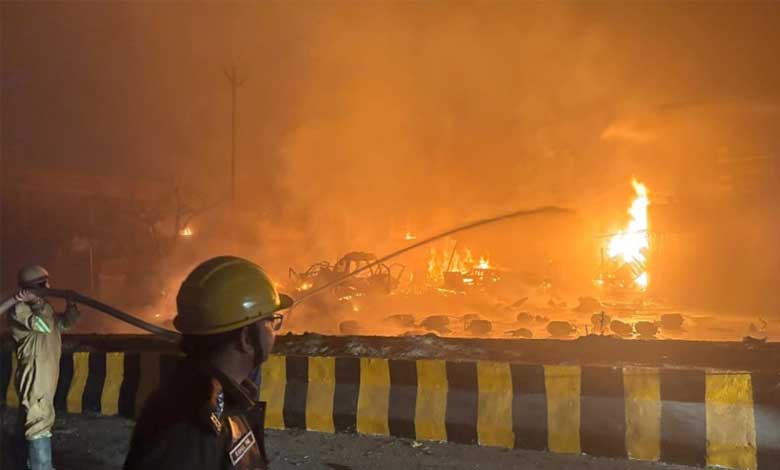



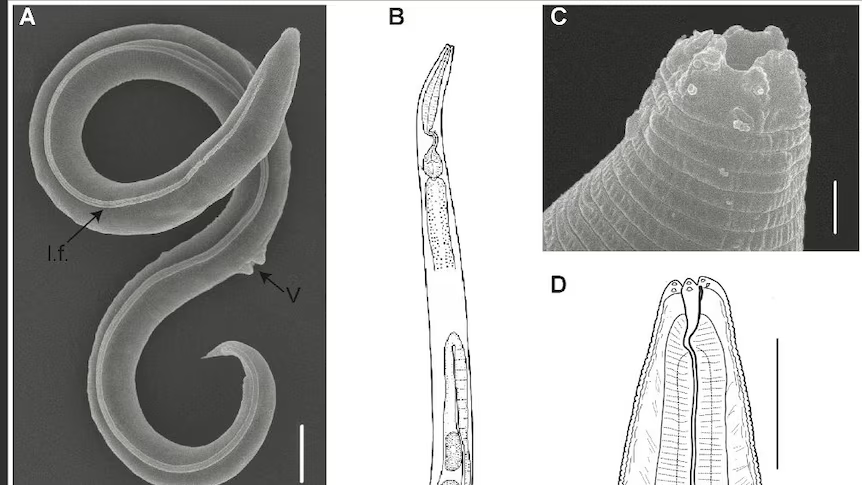
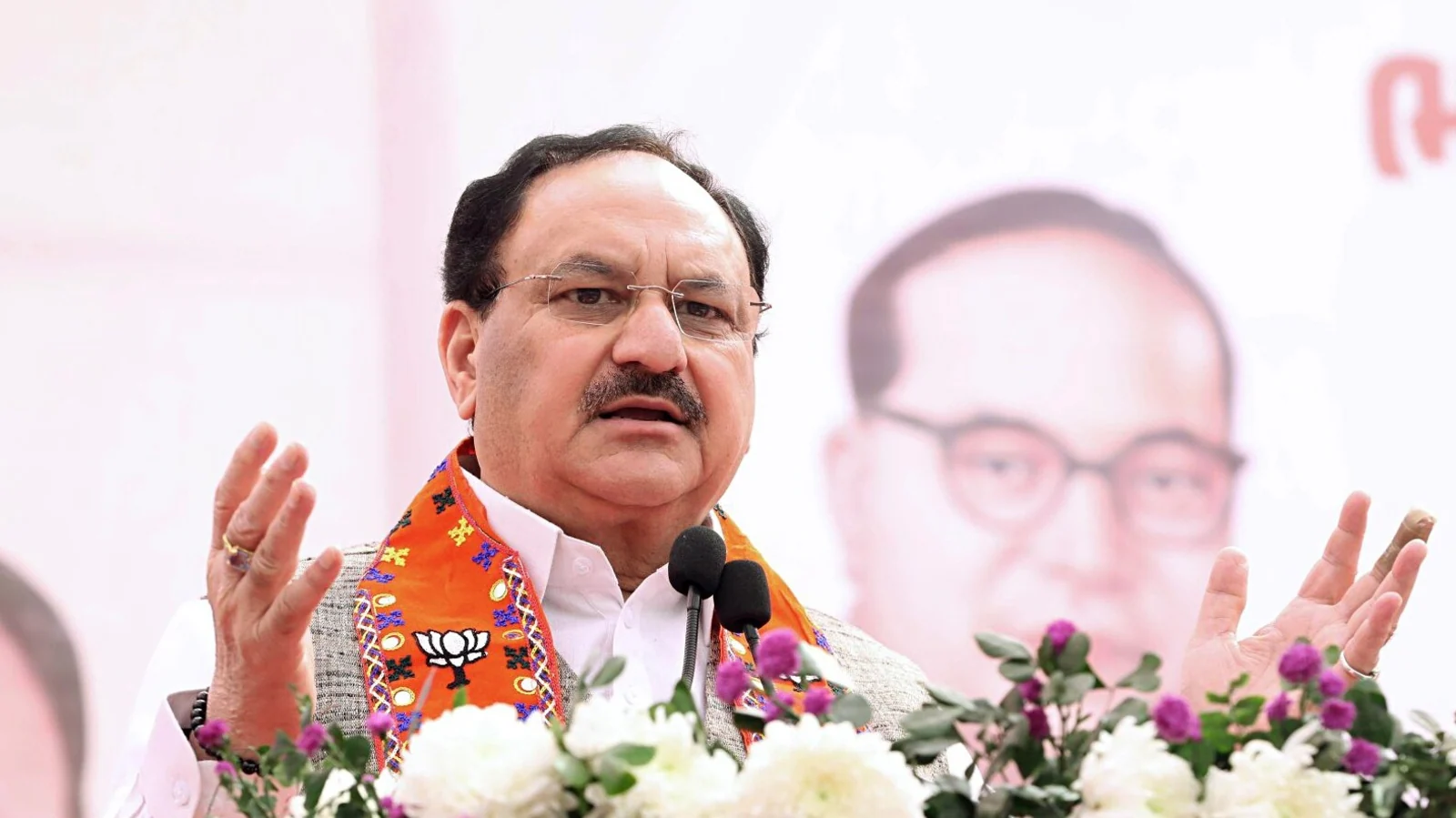
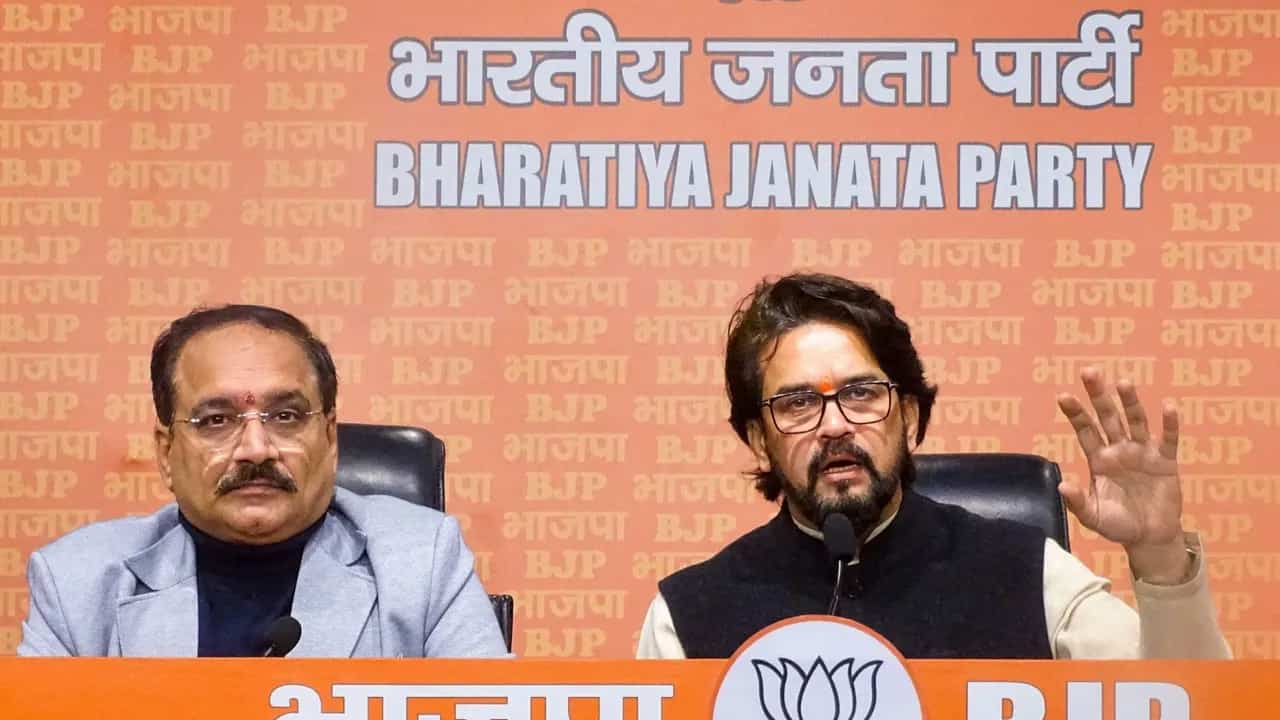


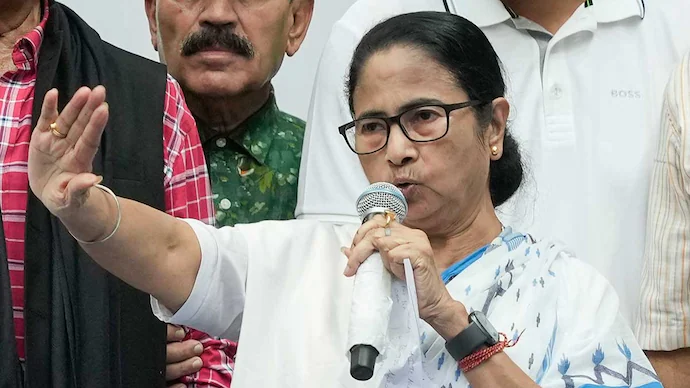
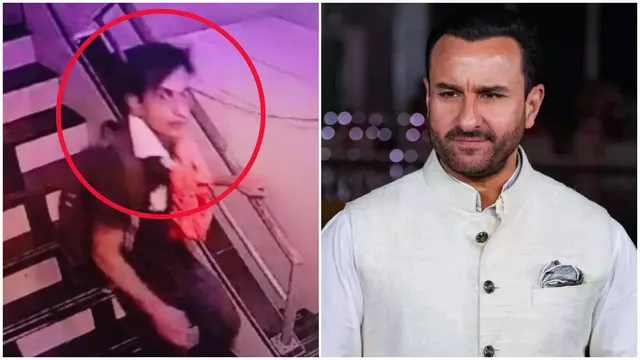

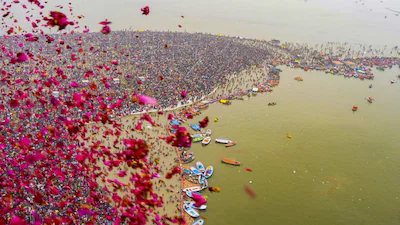
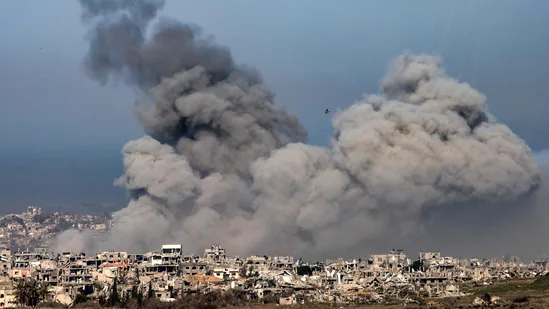
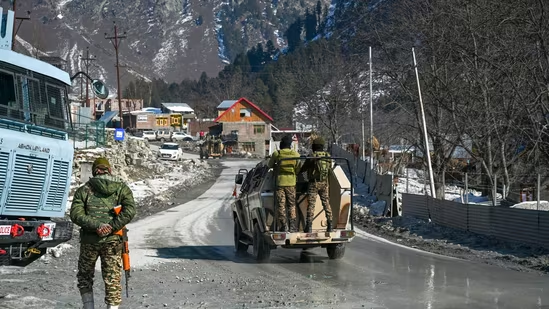
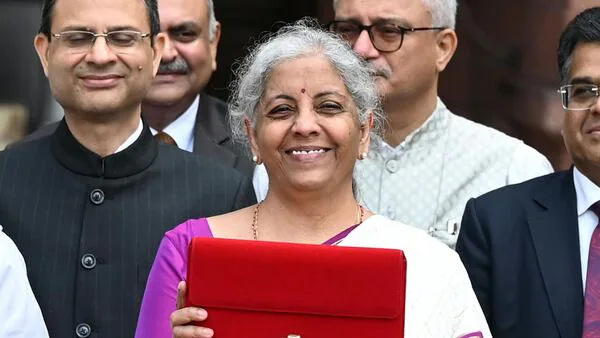
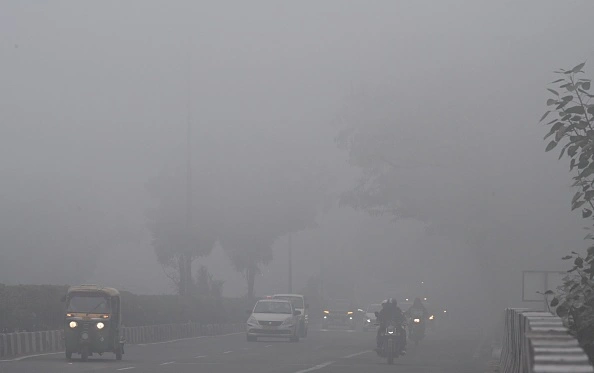
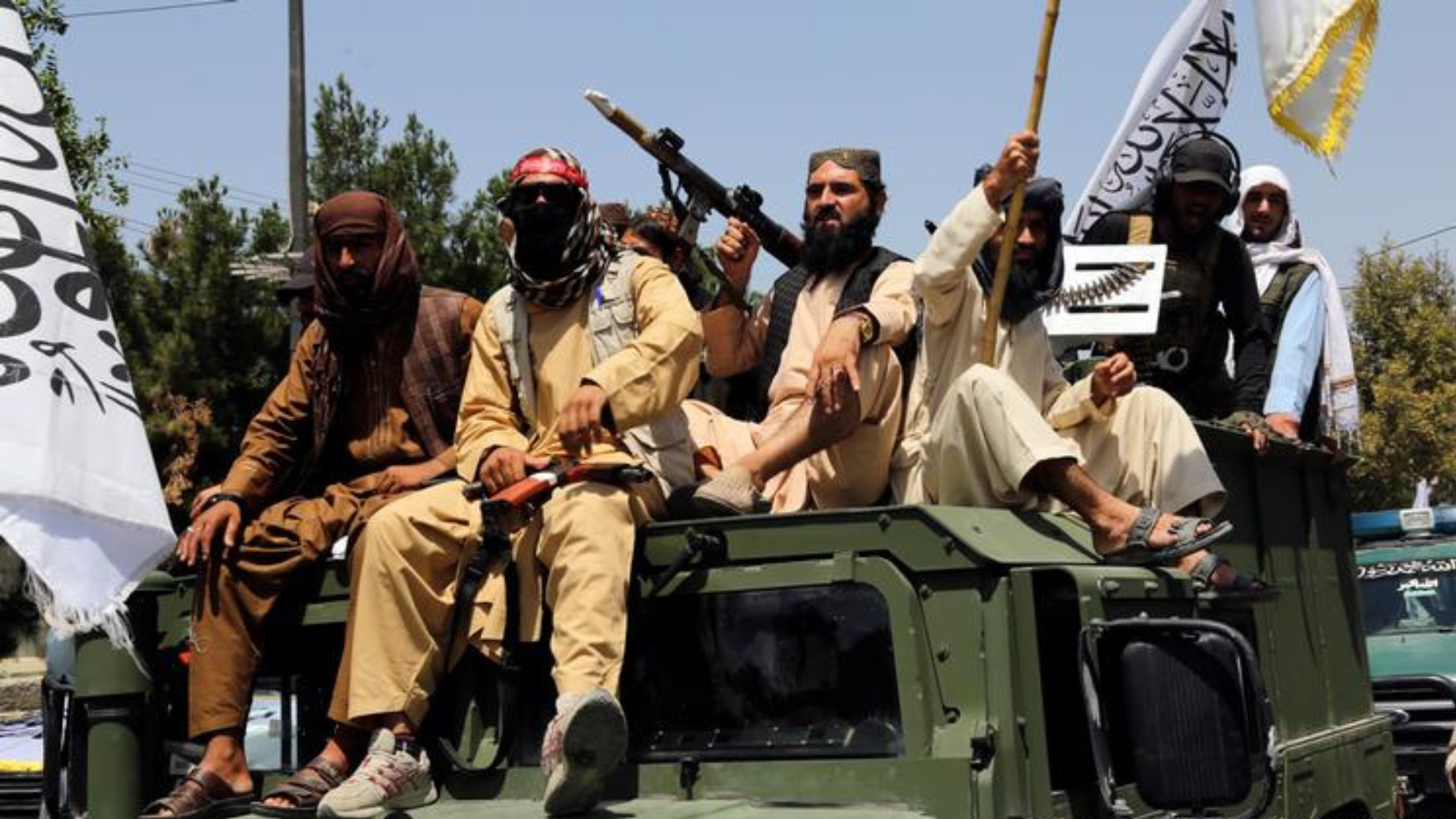
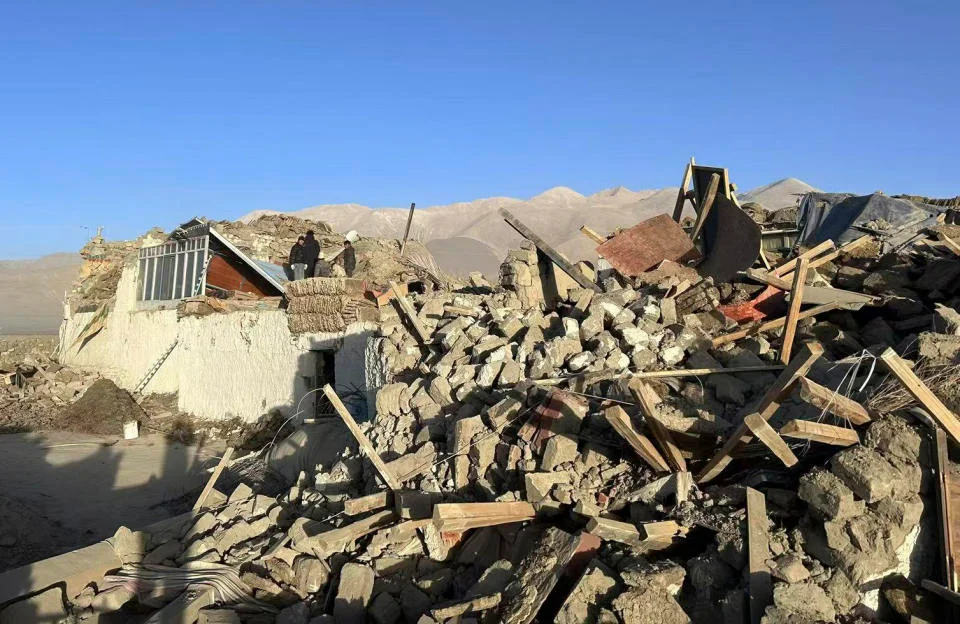
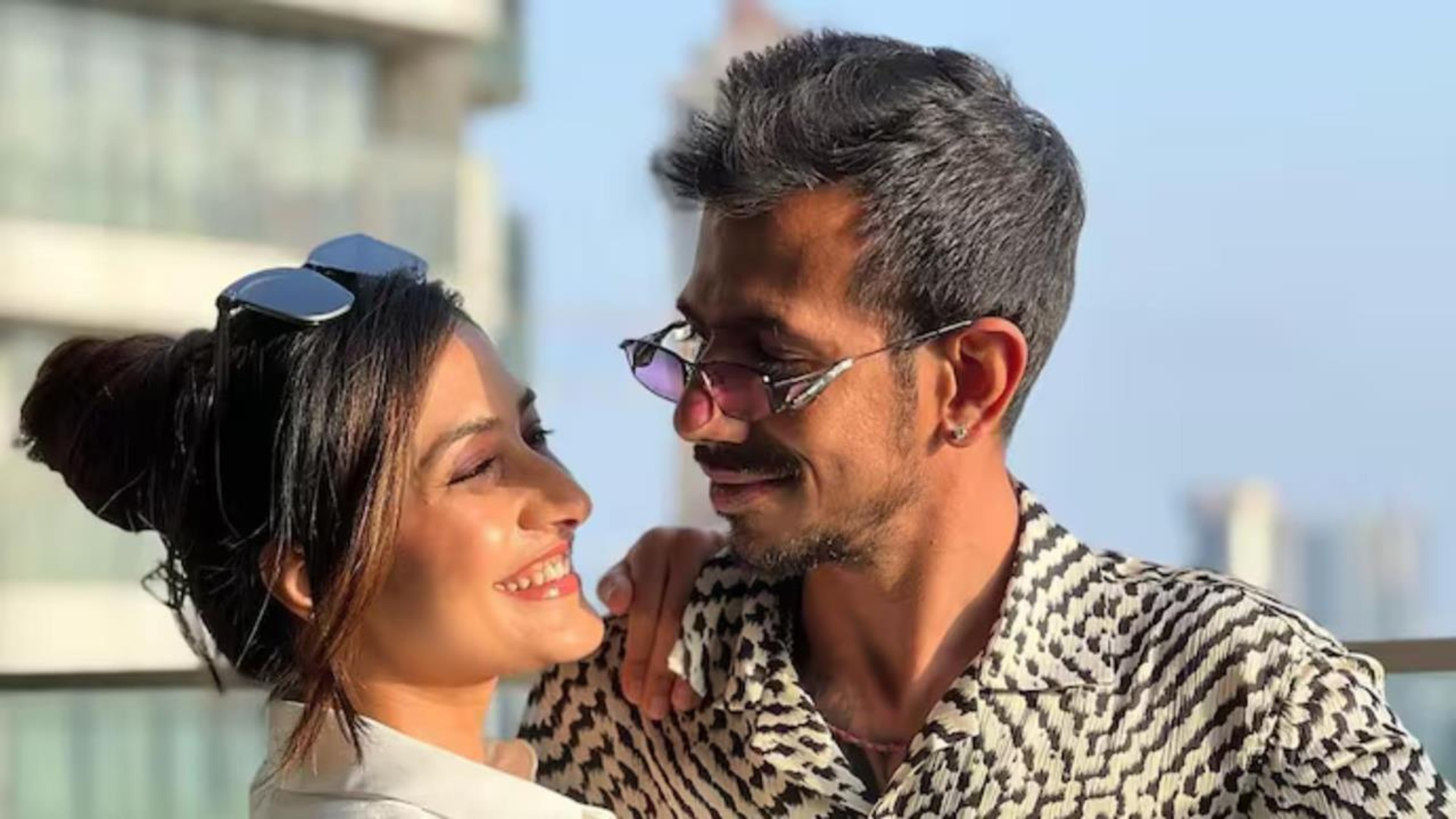
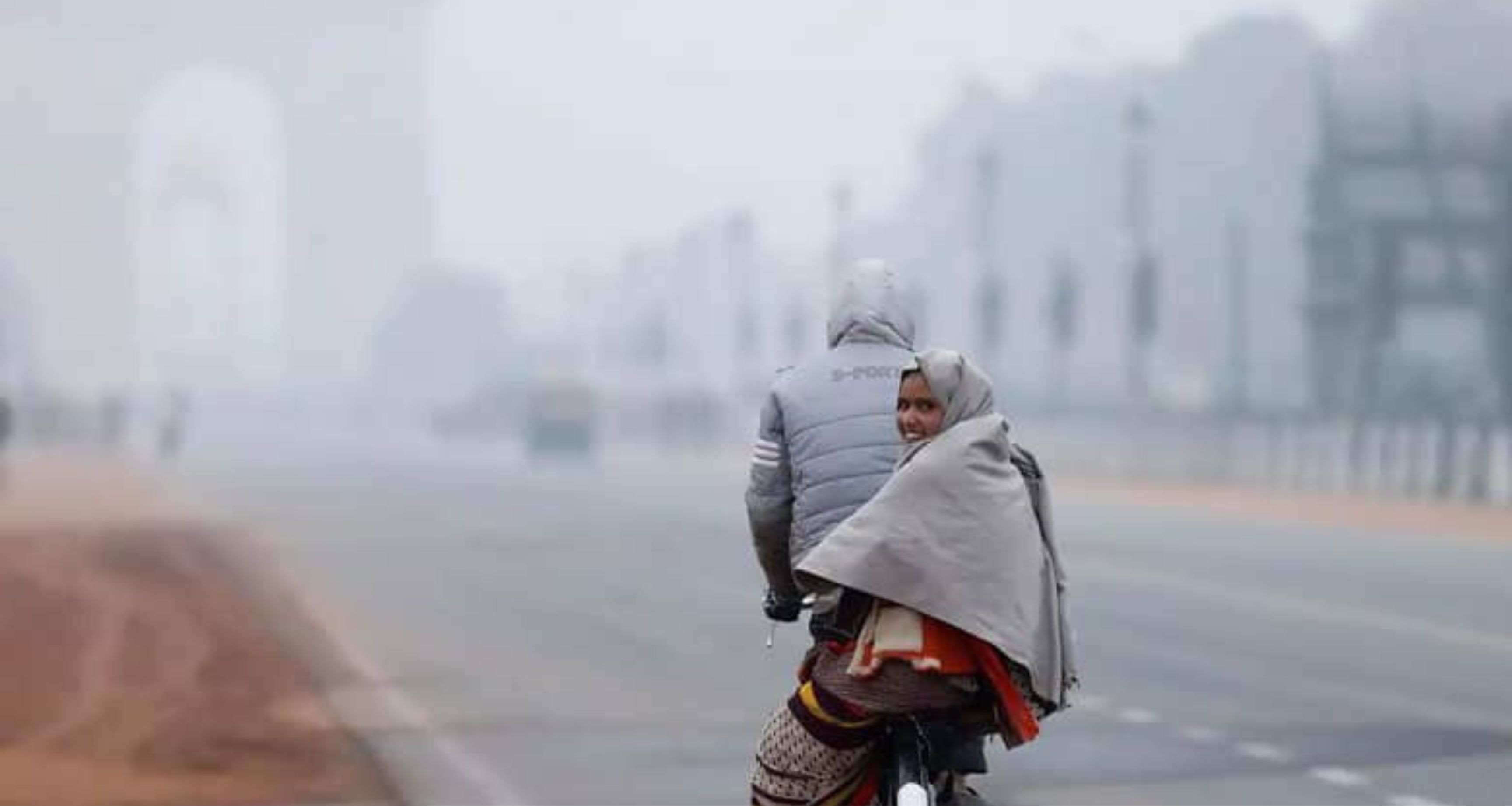

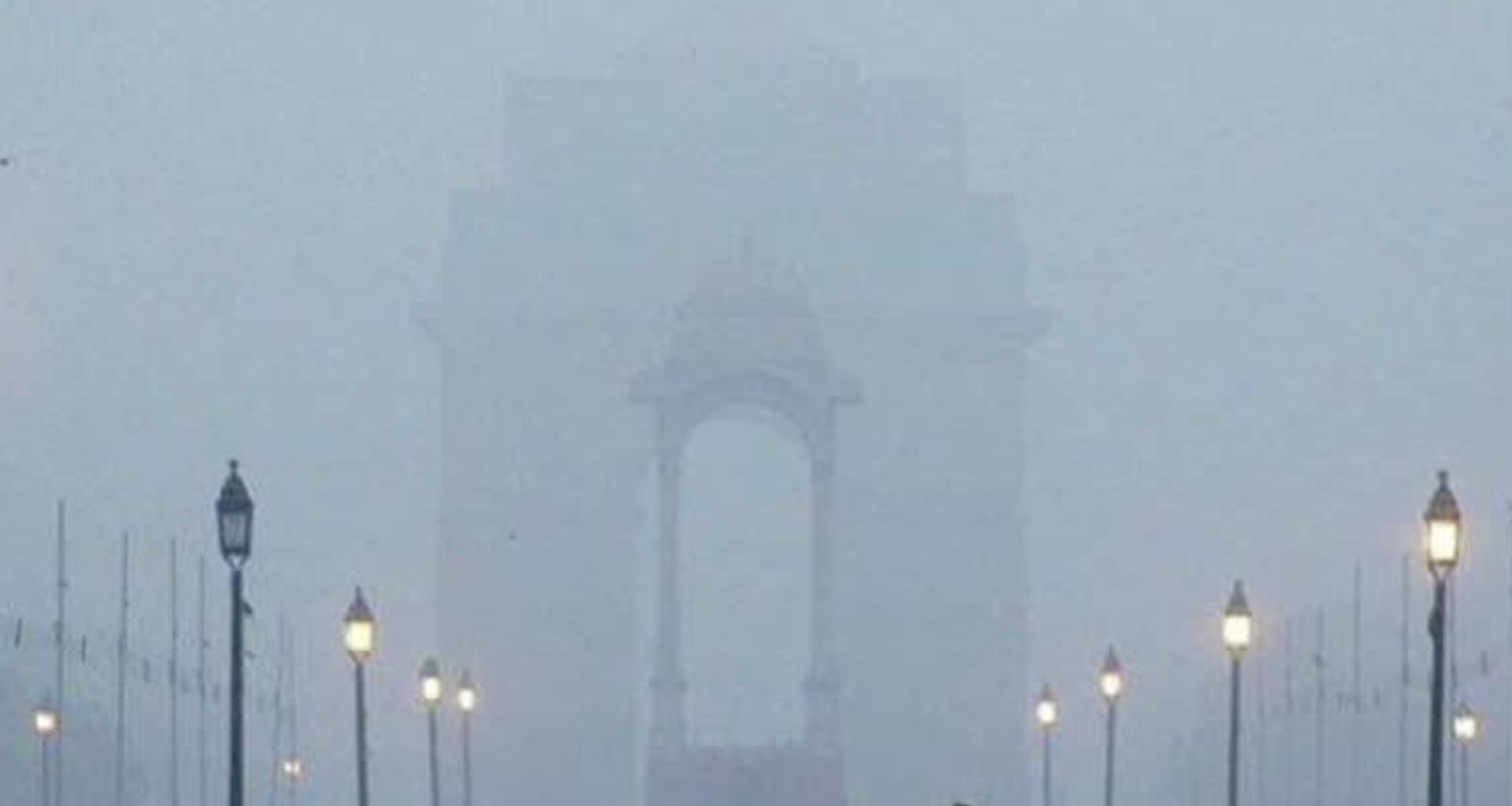

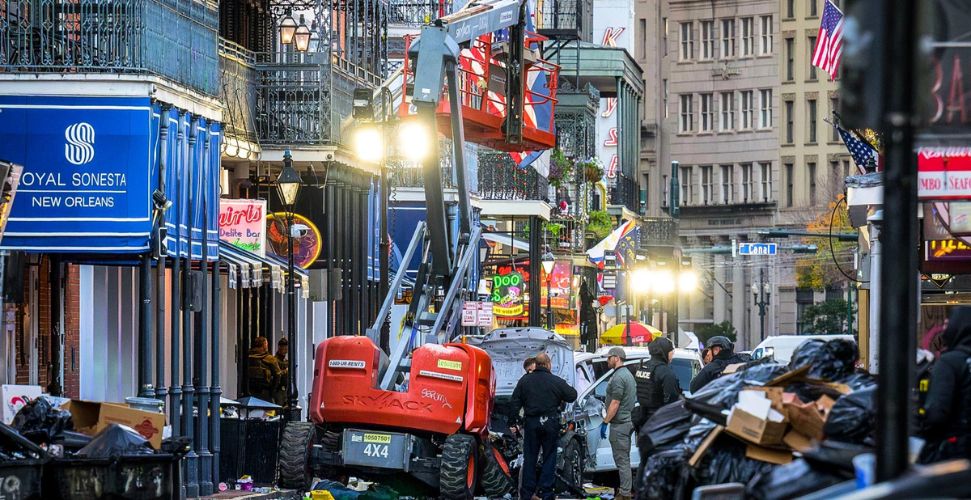
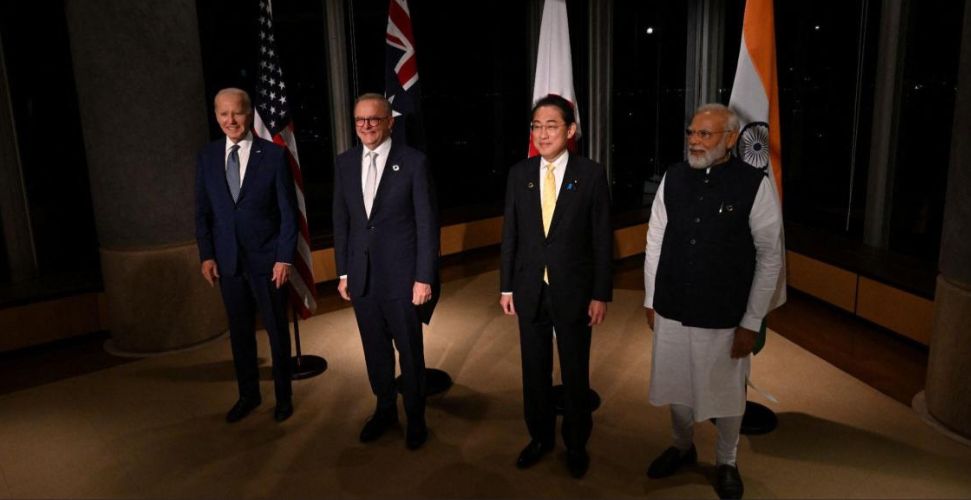
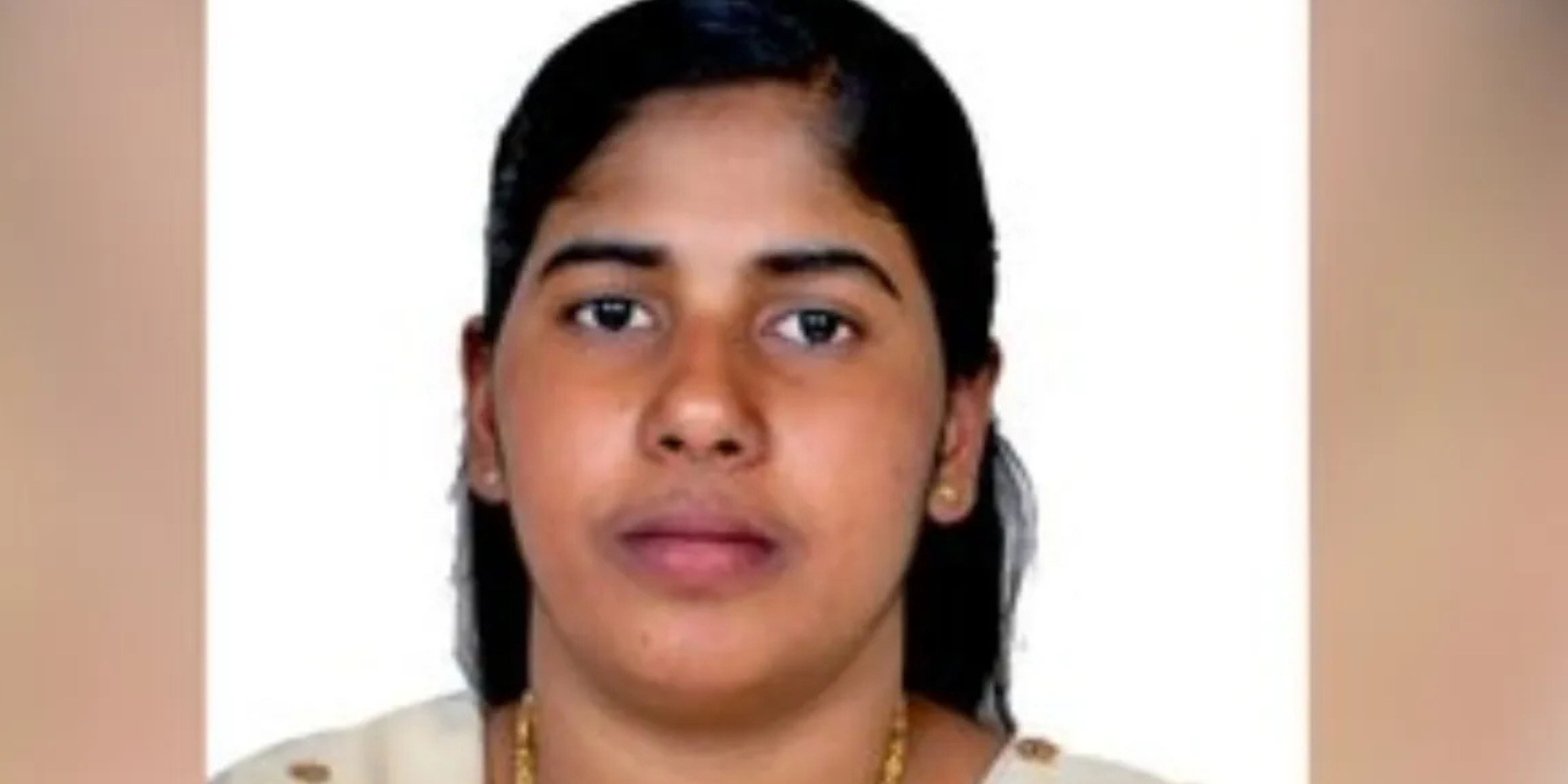
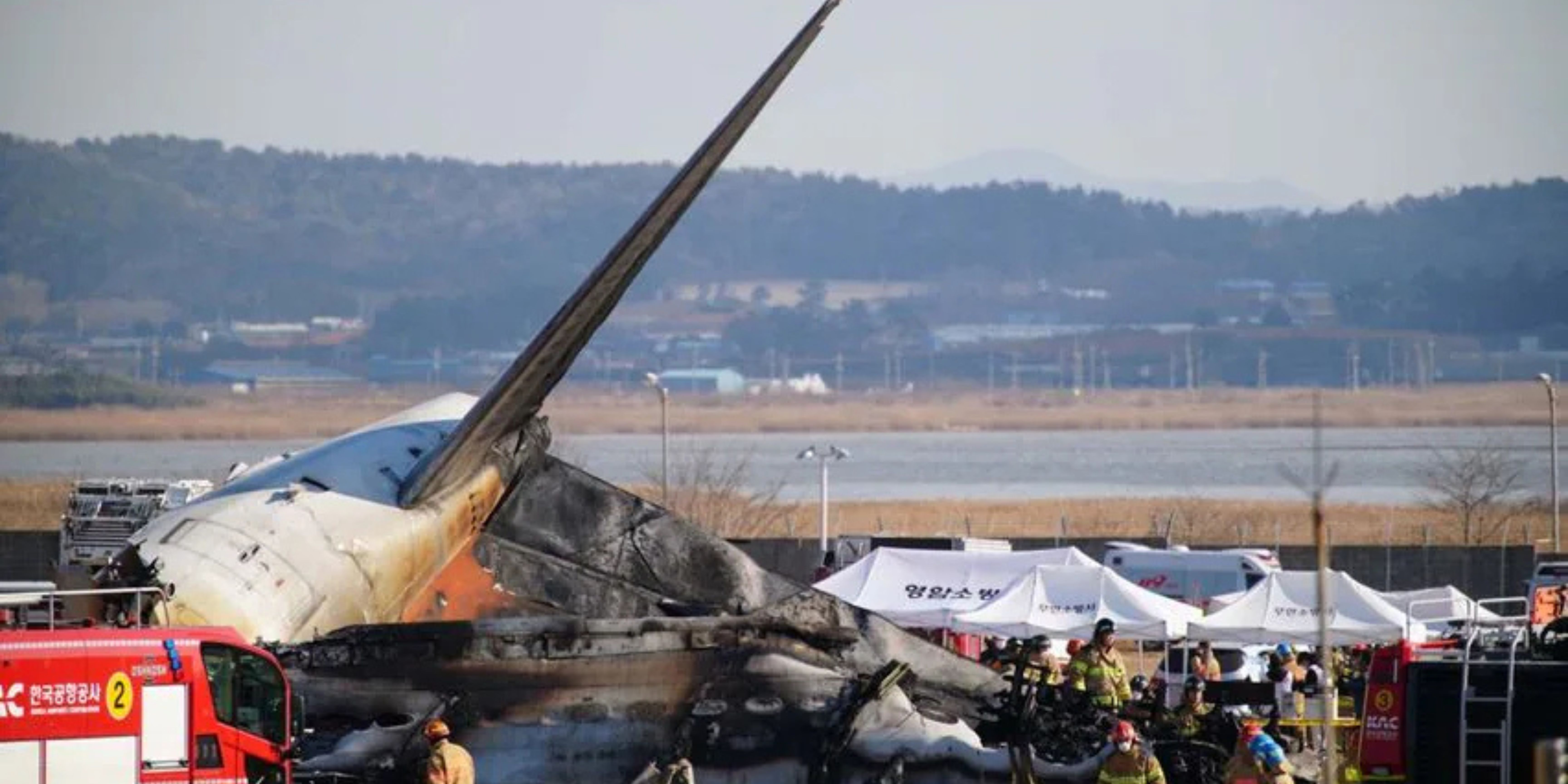
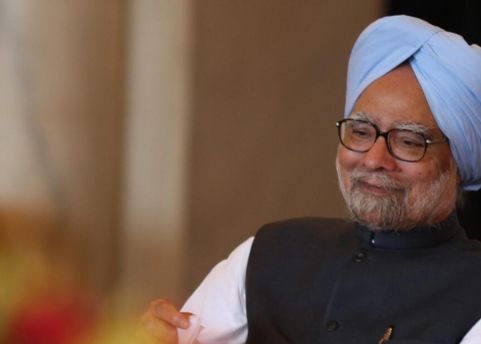
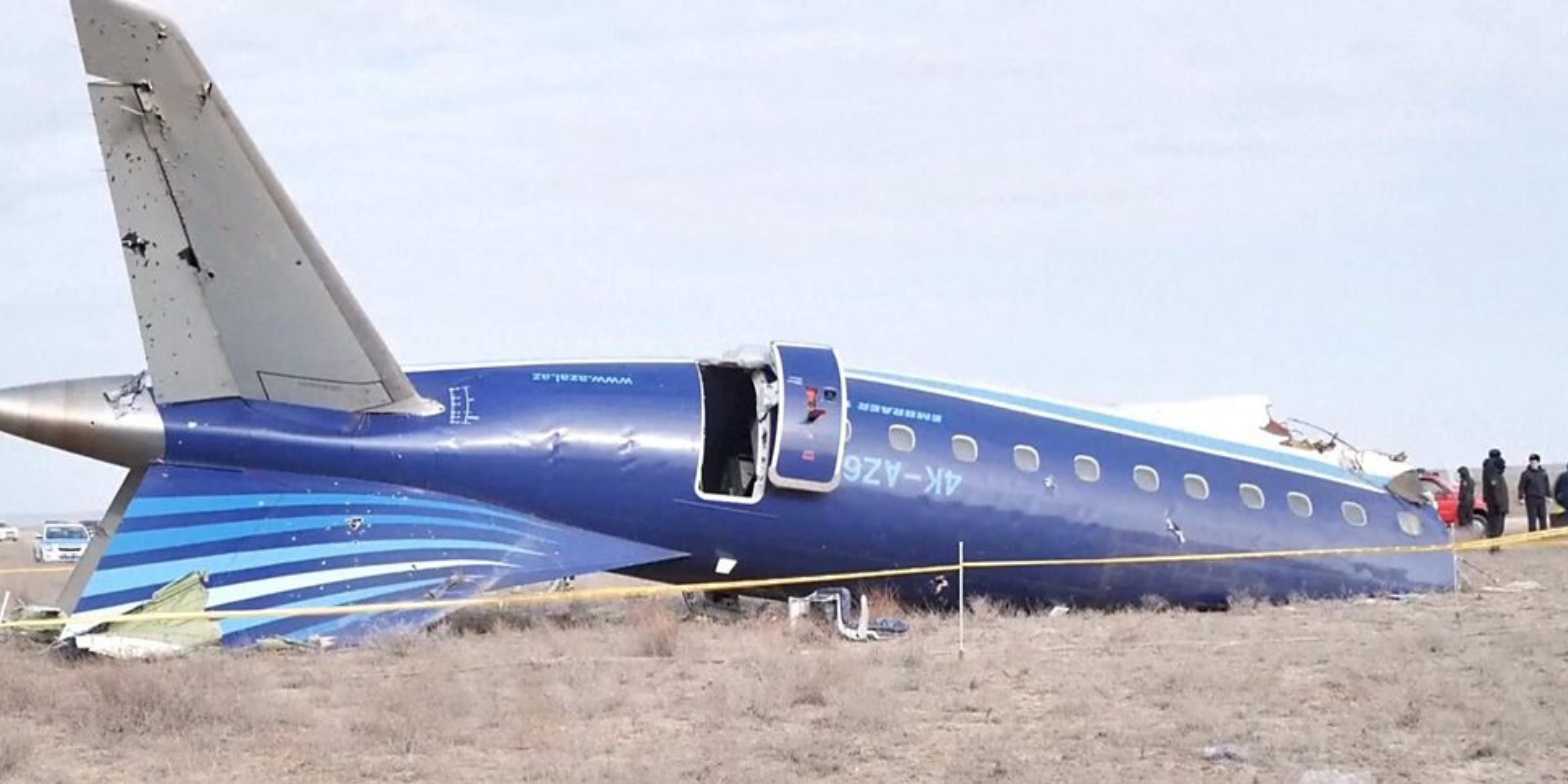
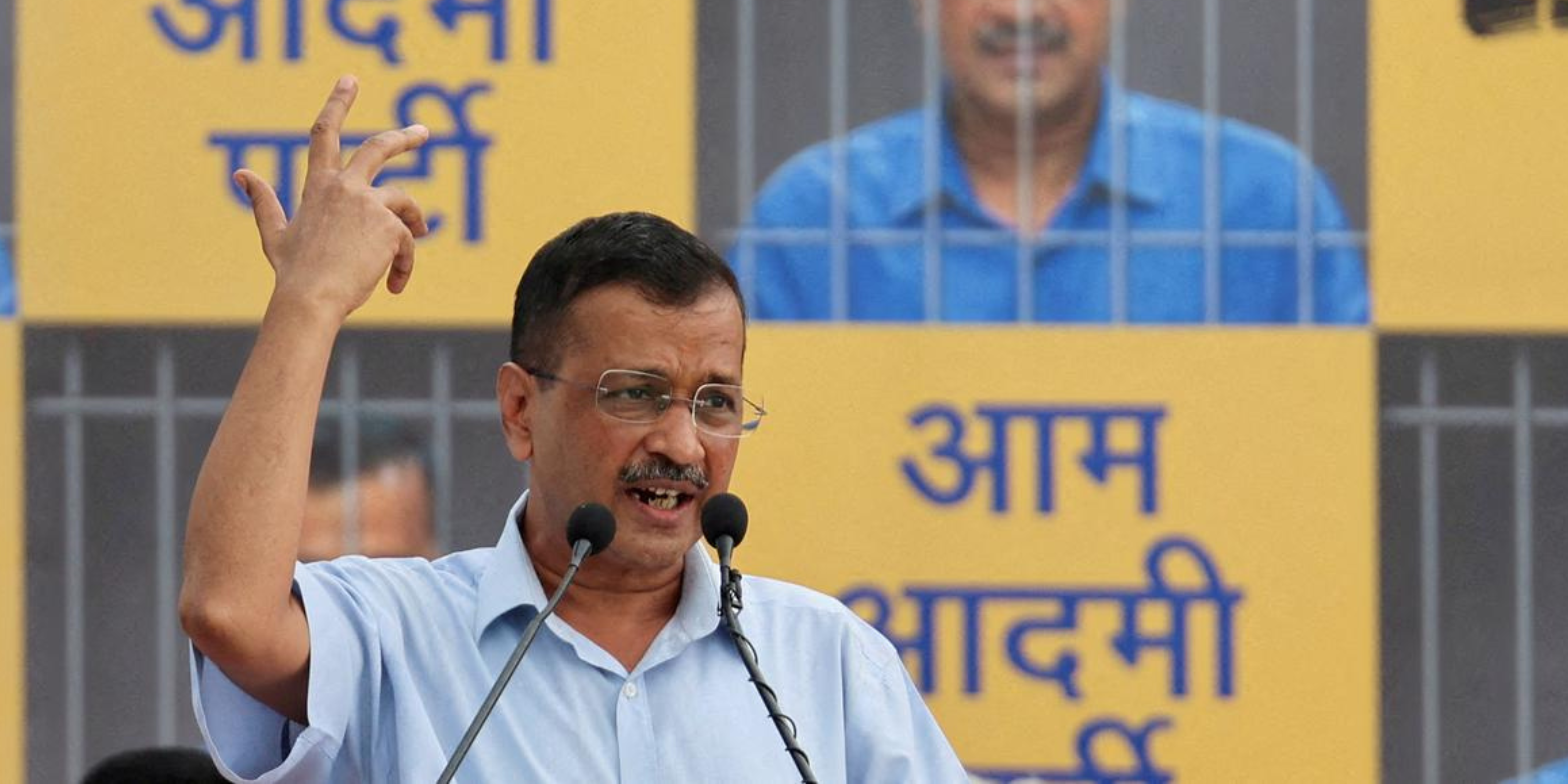

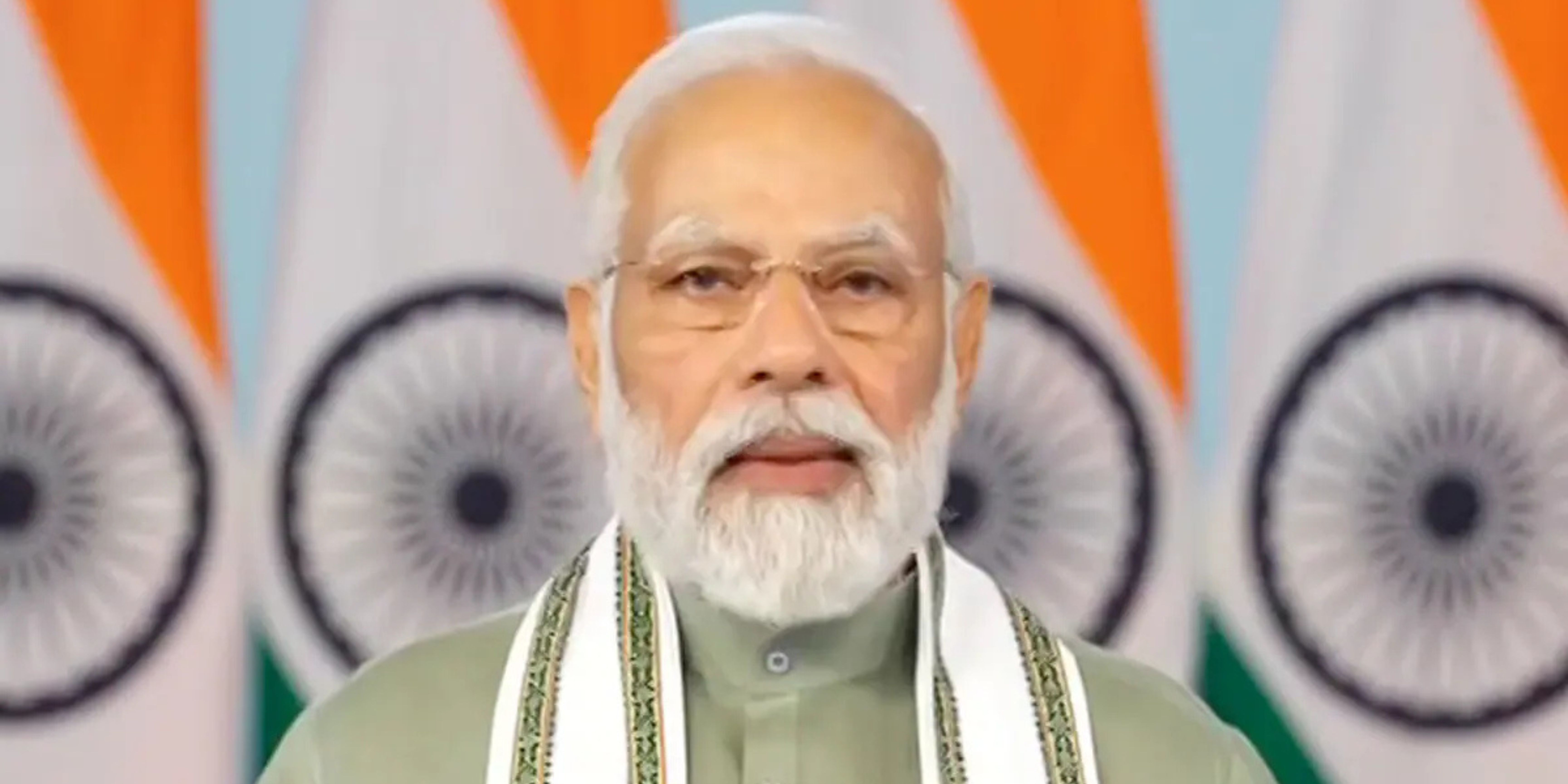
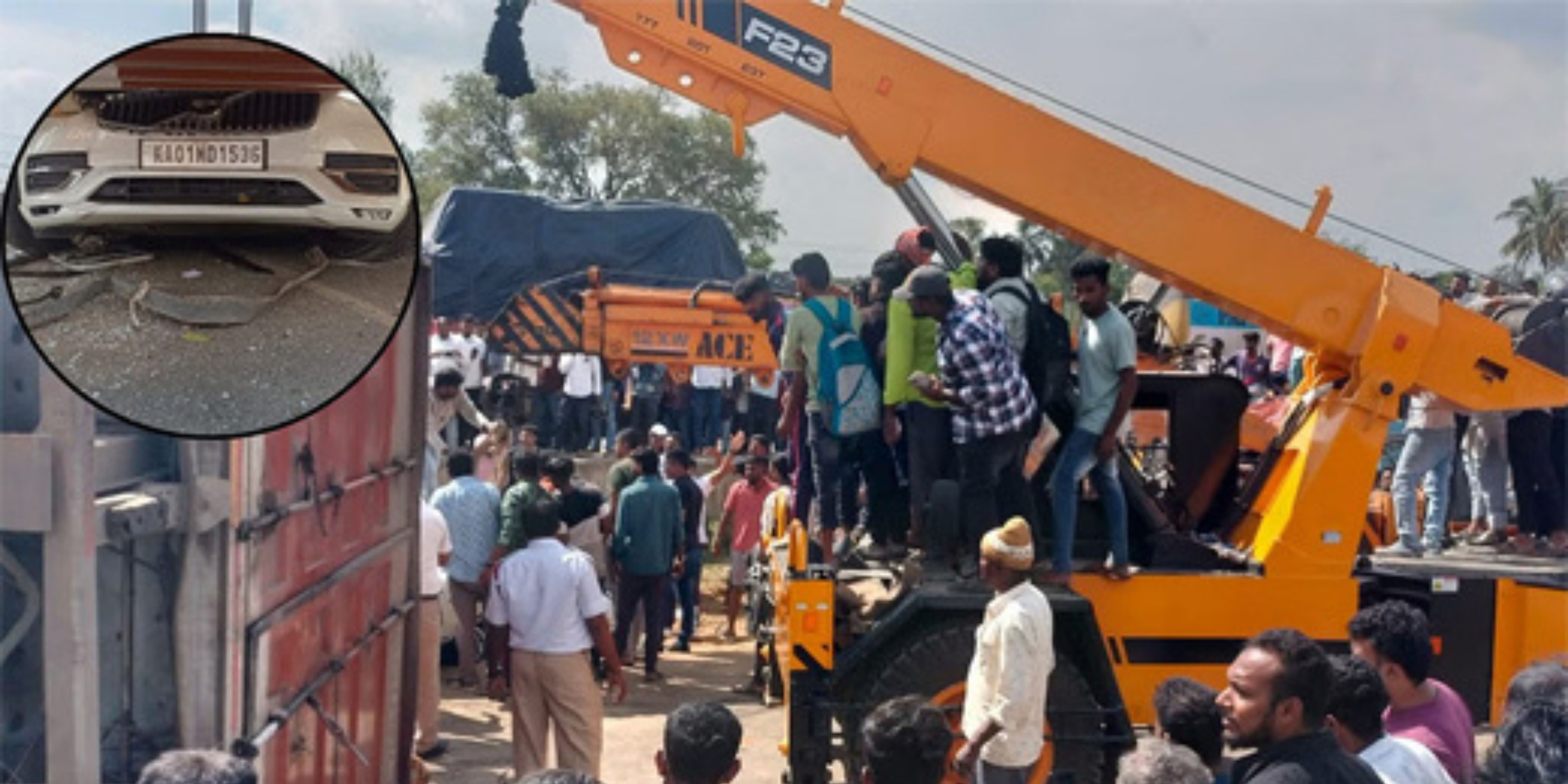


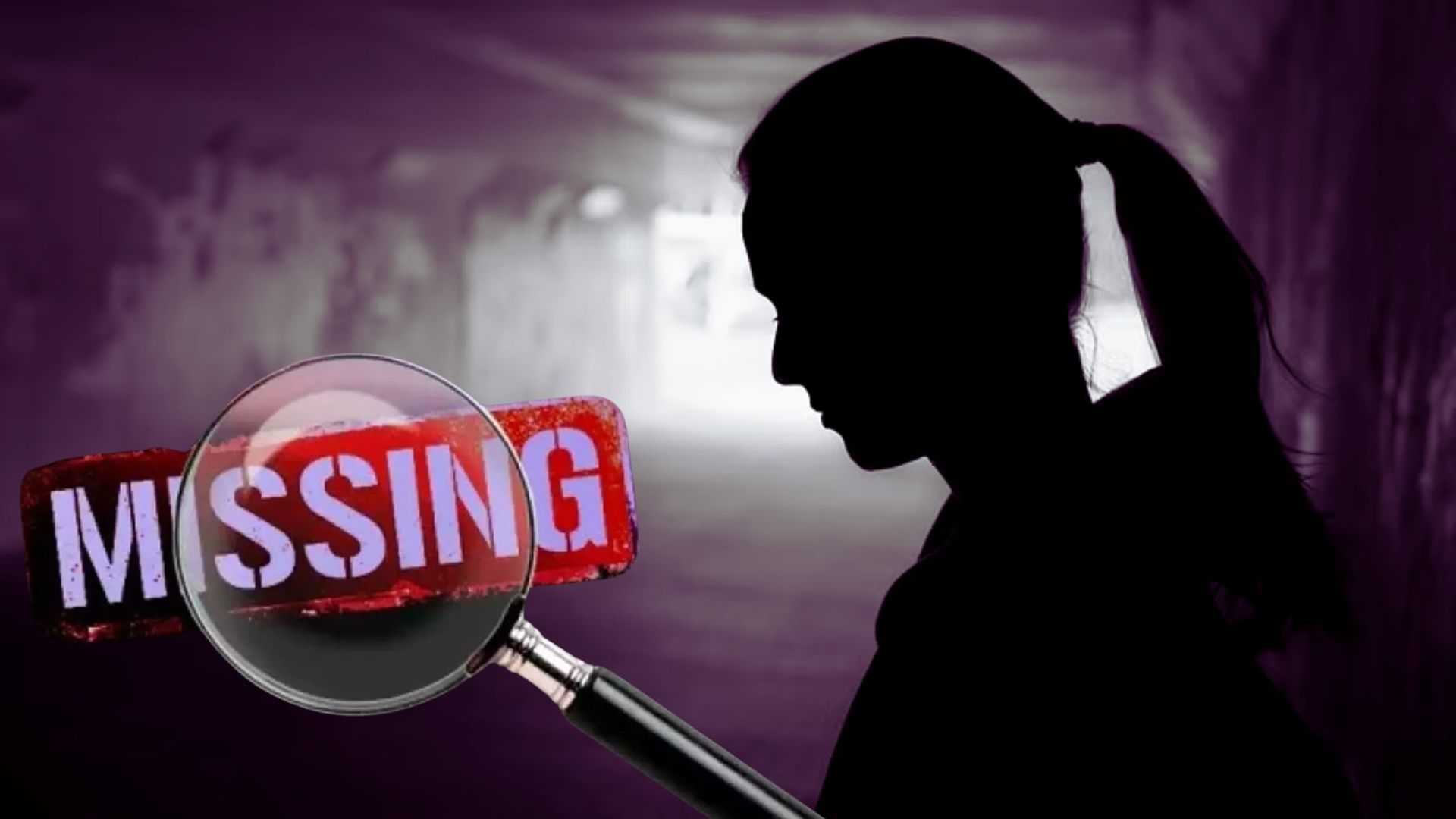

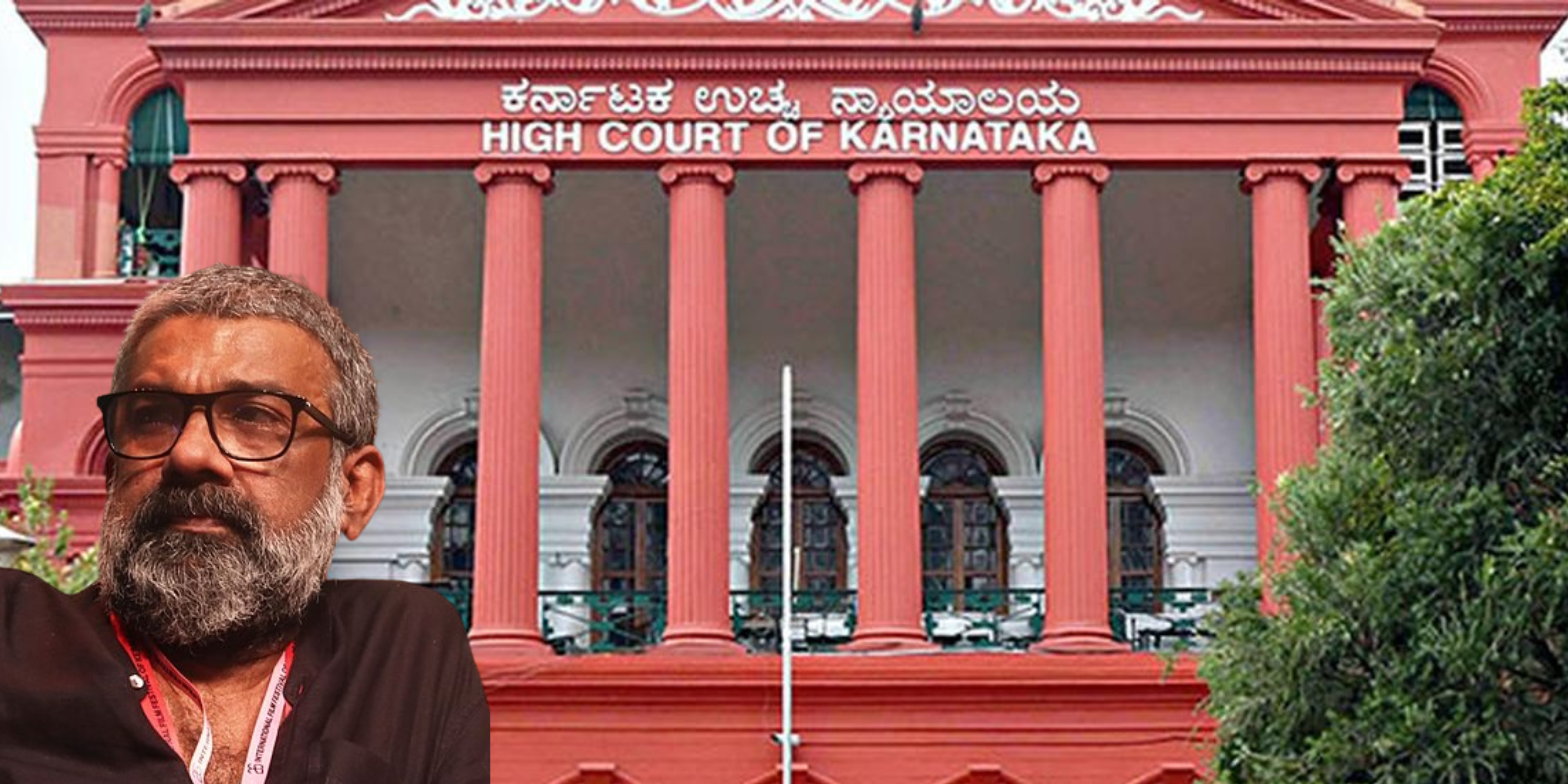

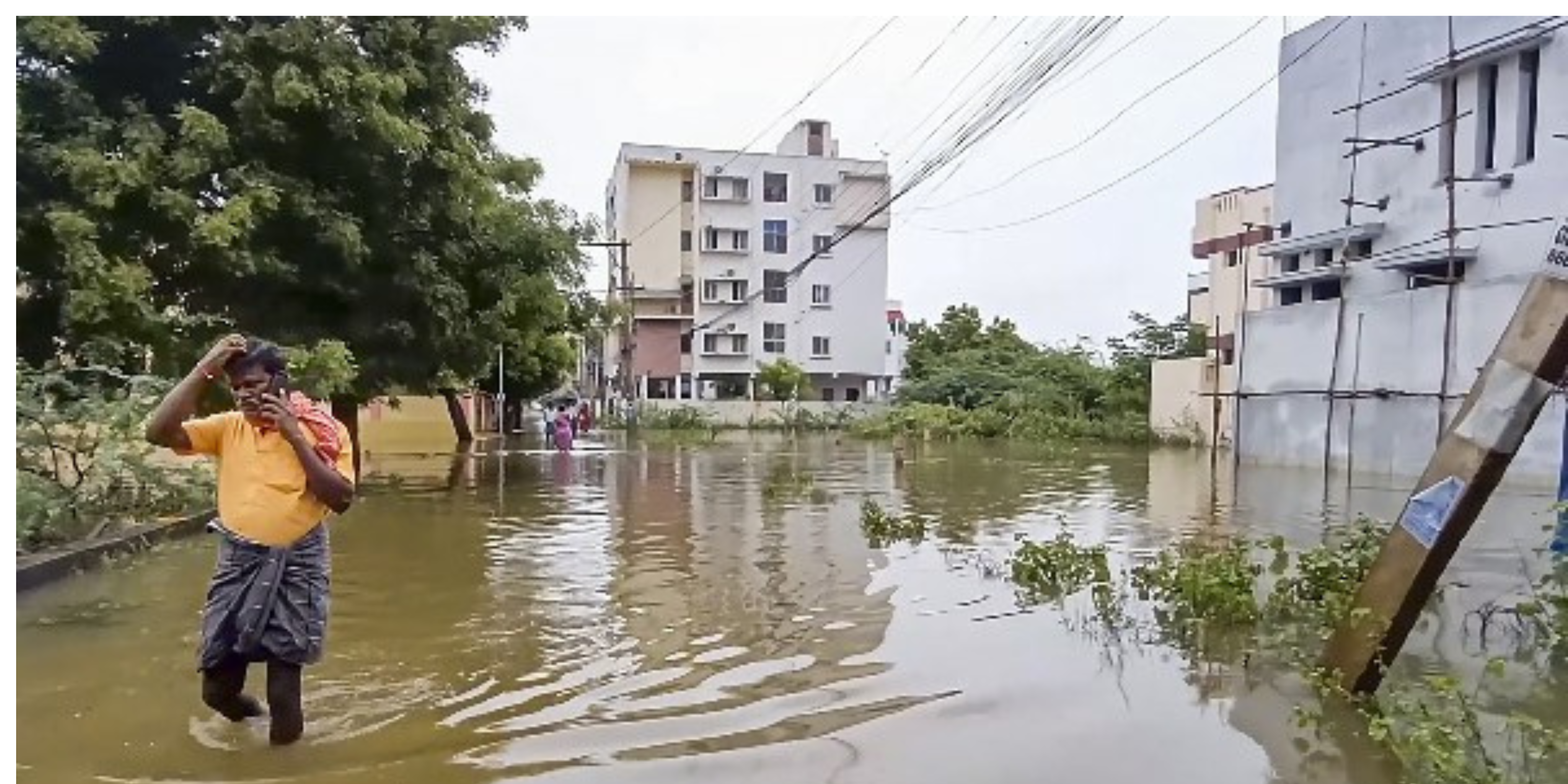
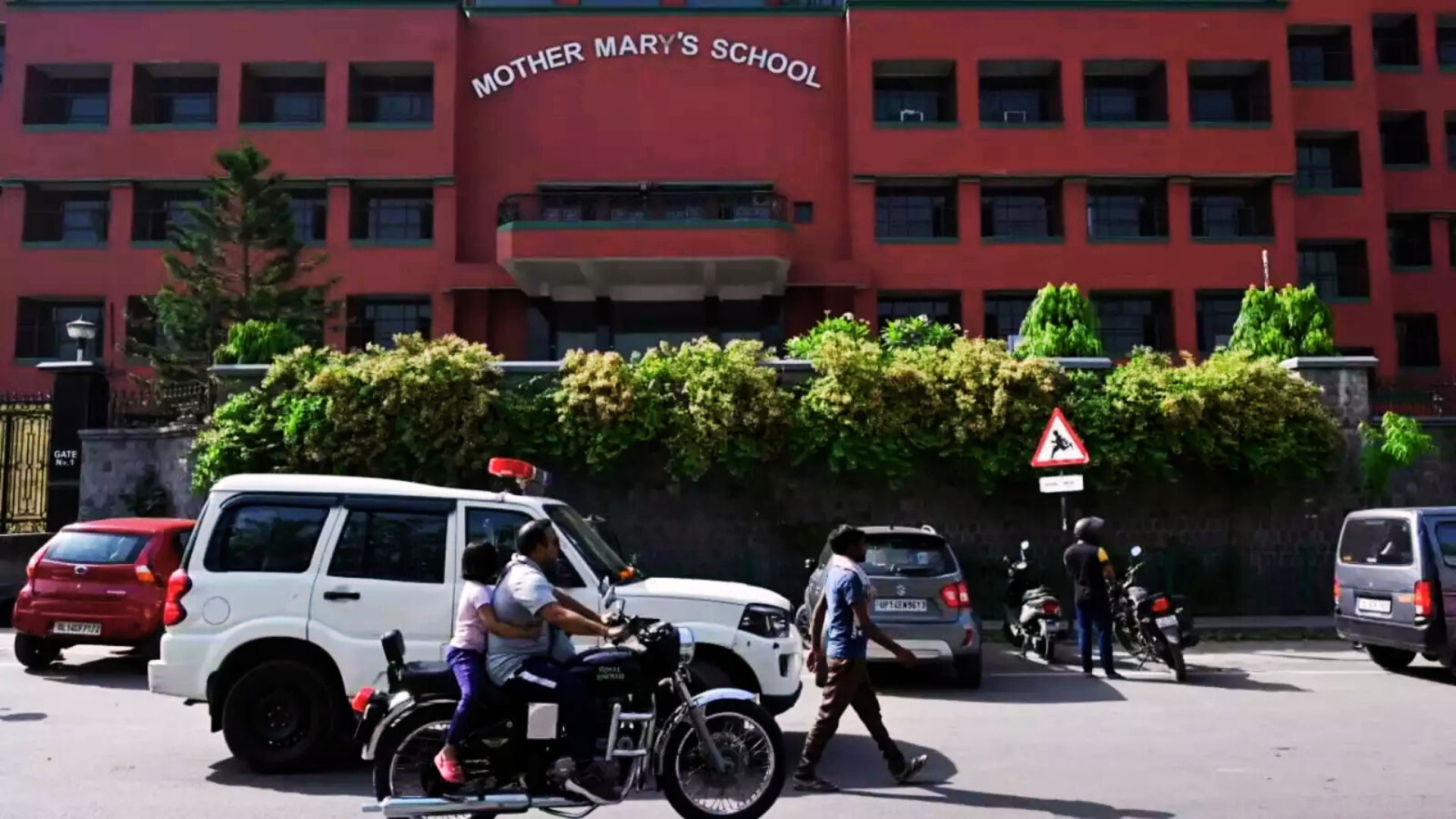
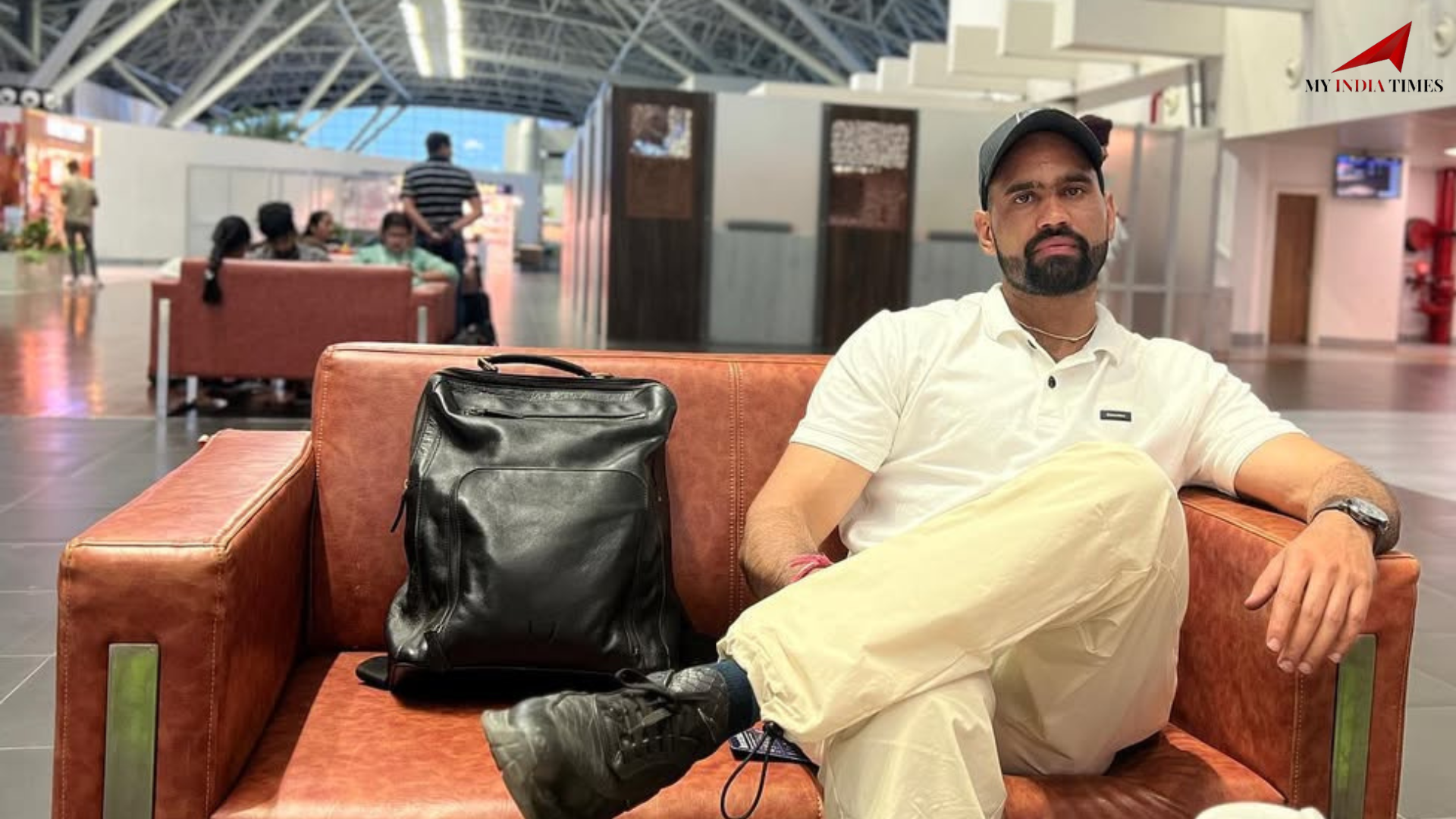

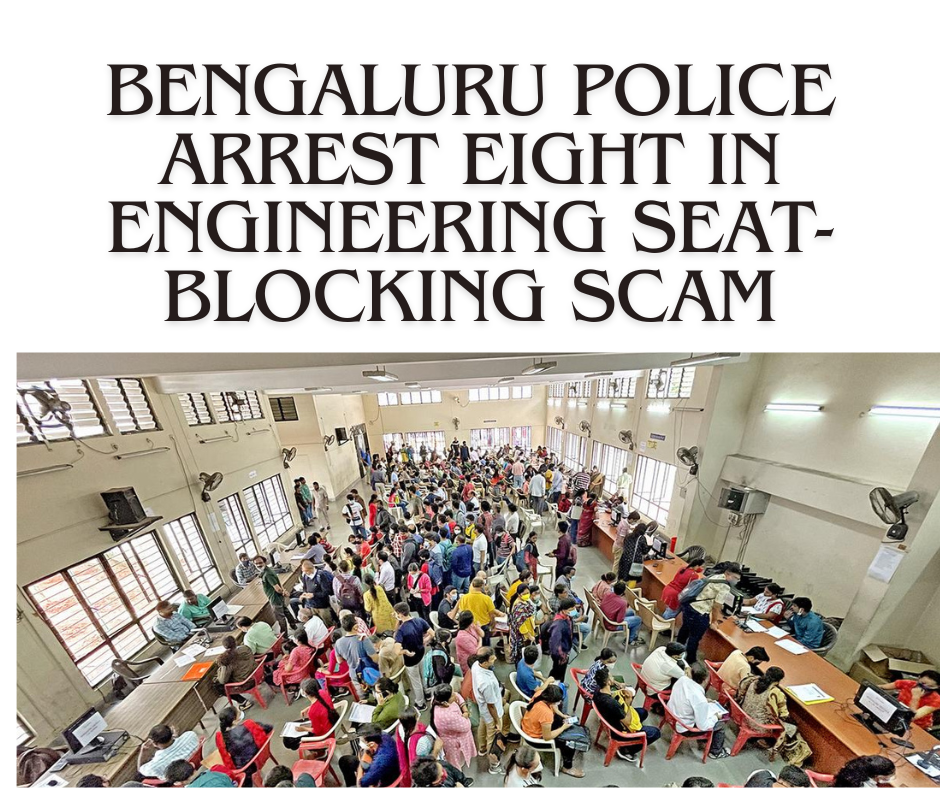
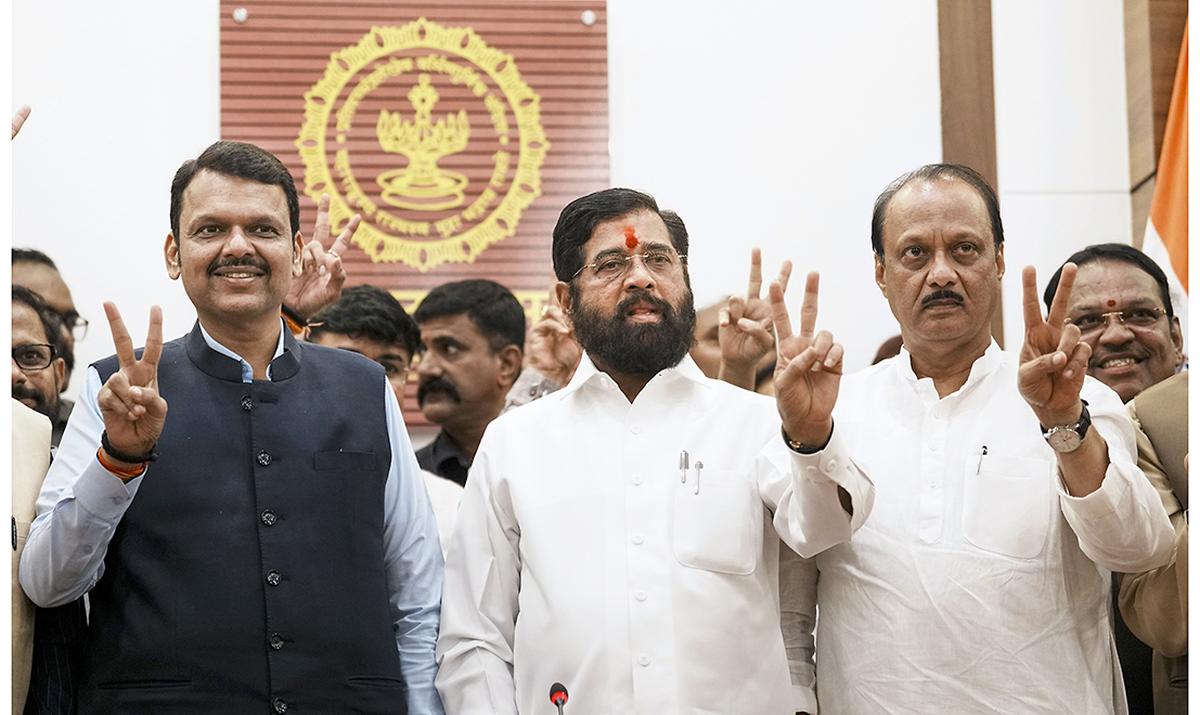
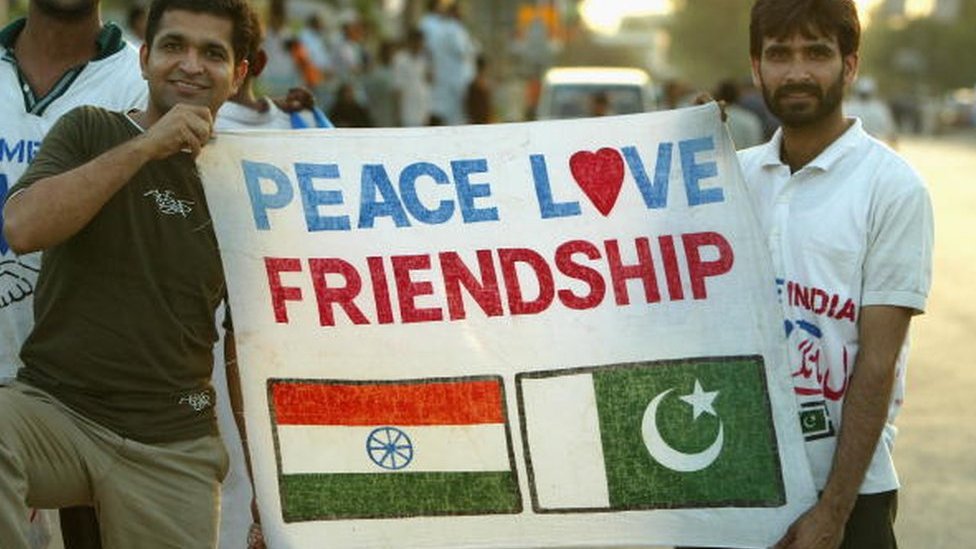
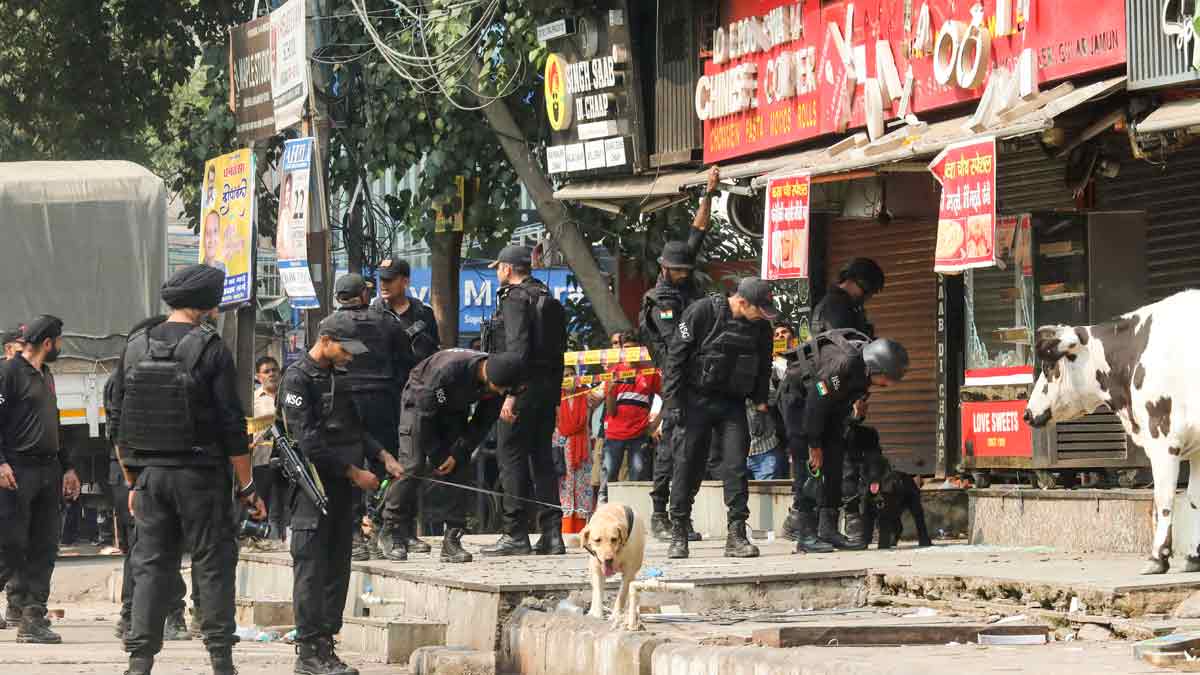
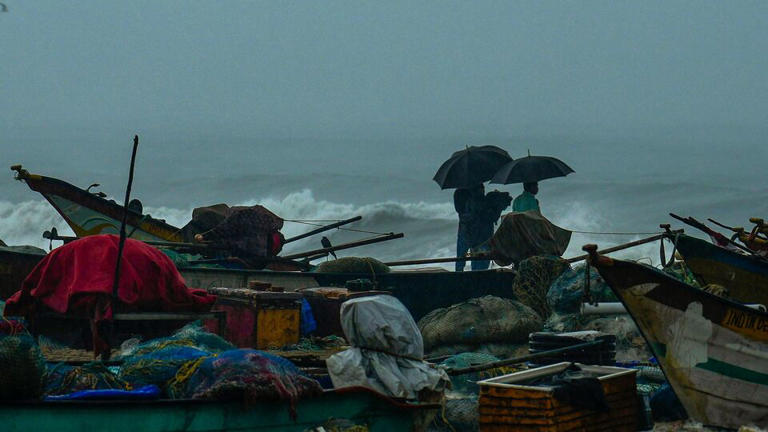

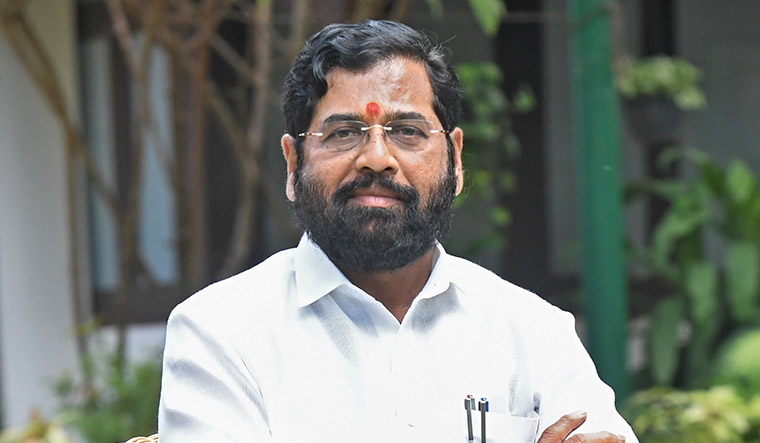
.png)
 (1).png)



